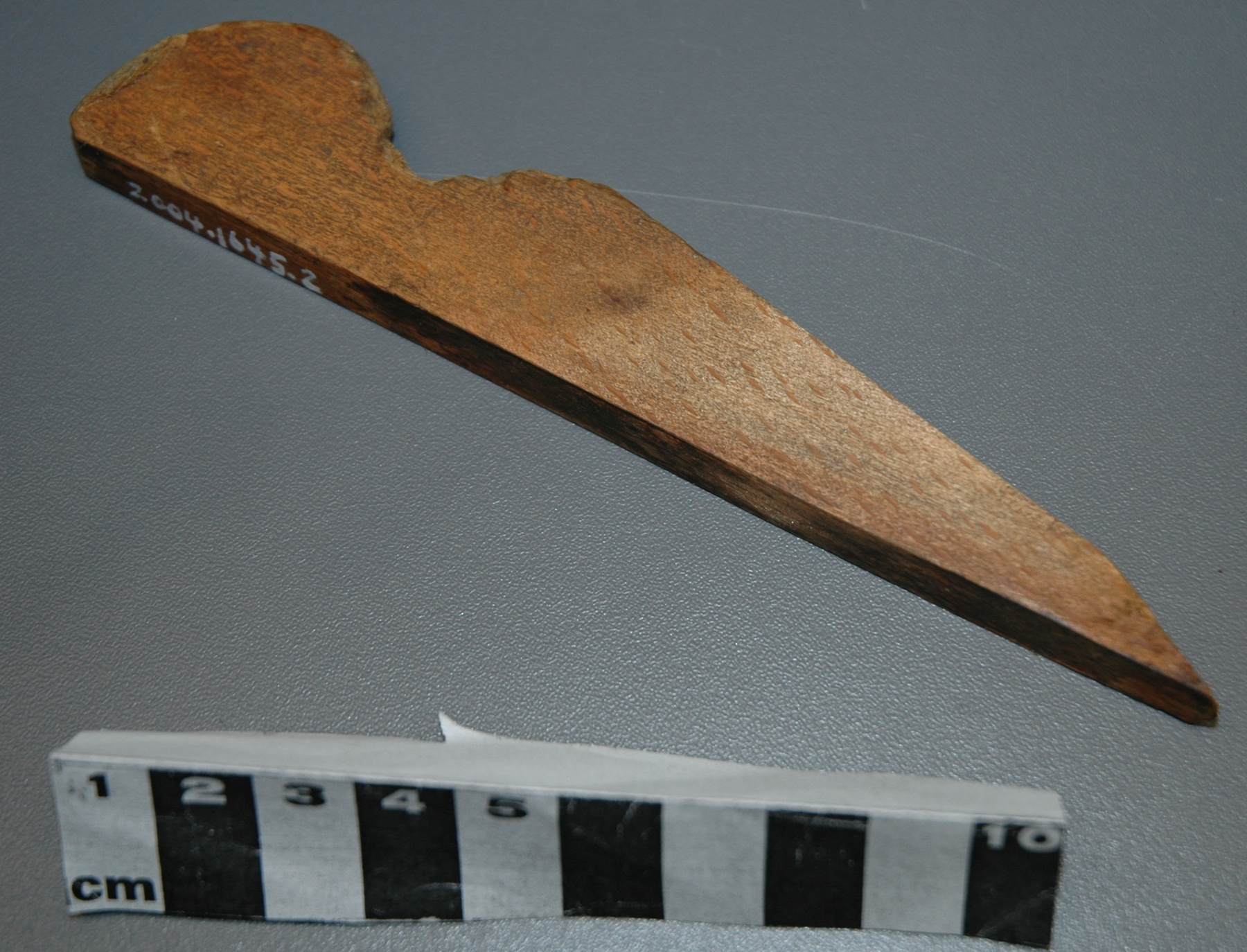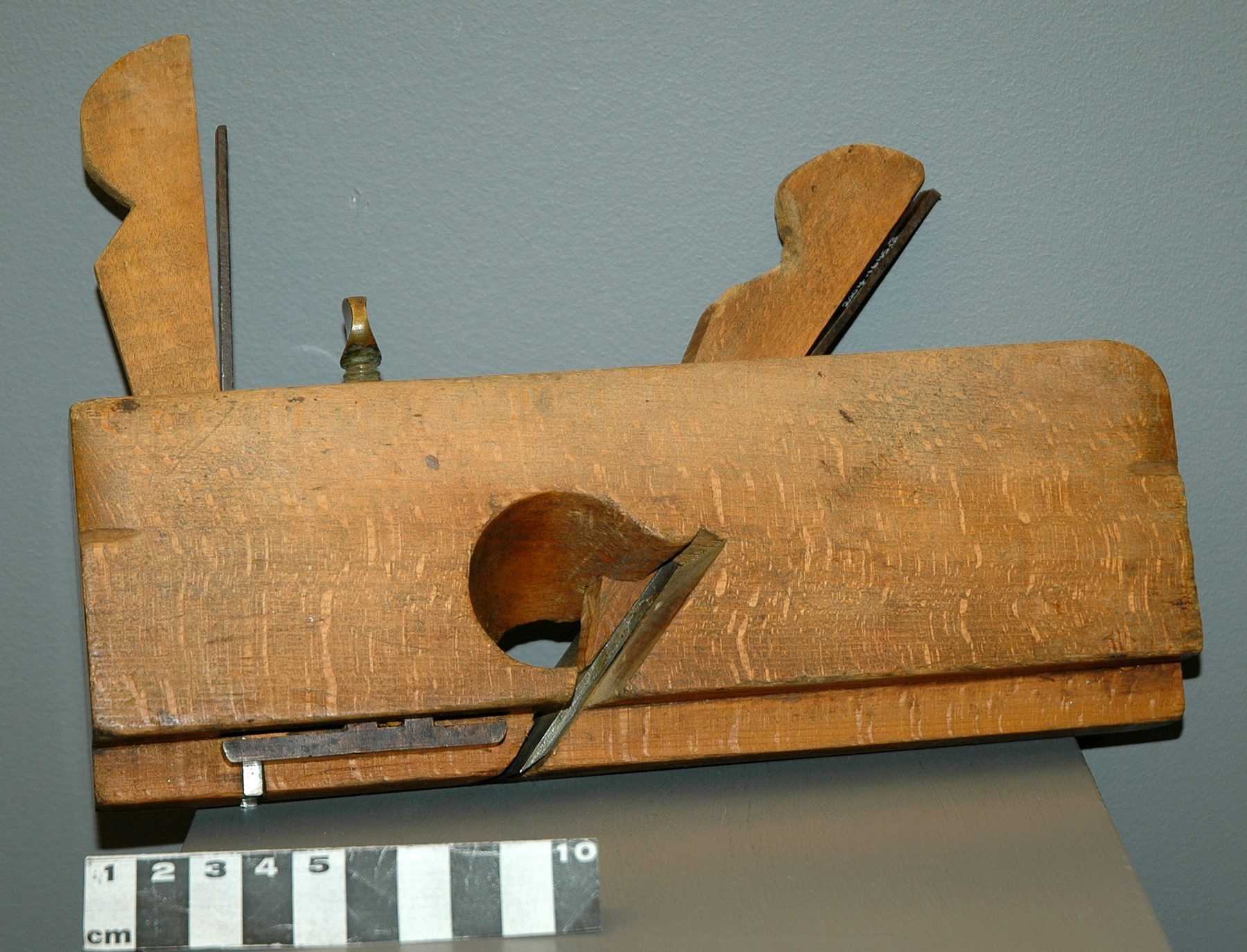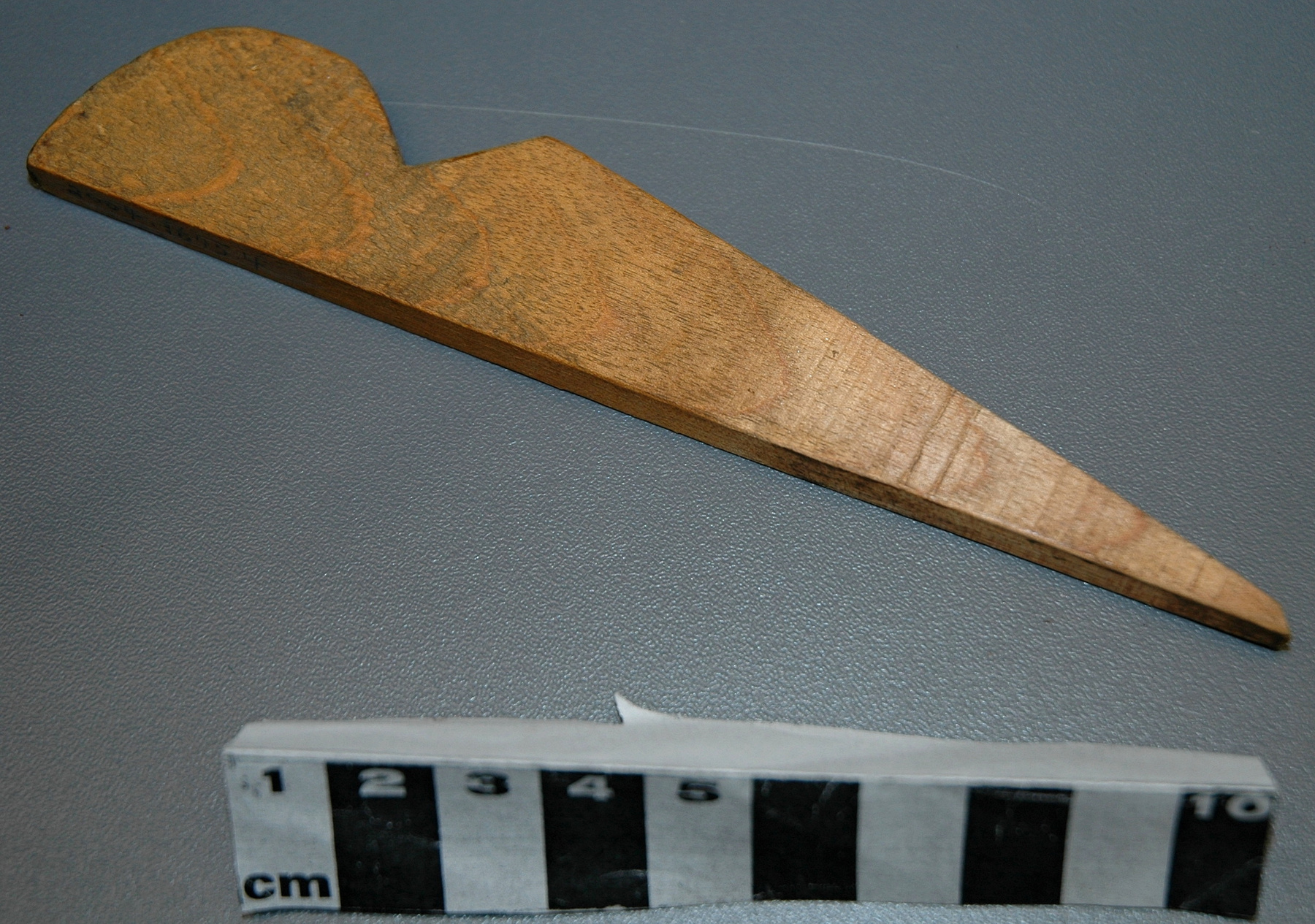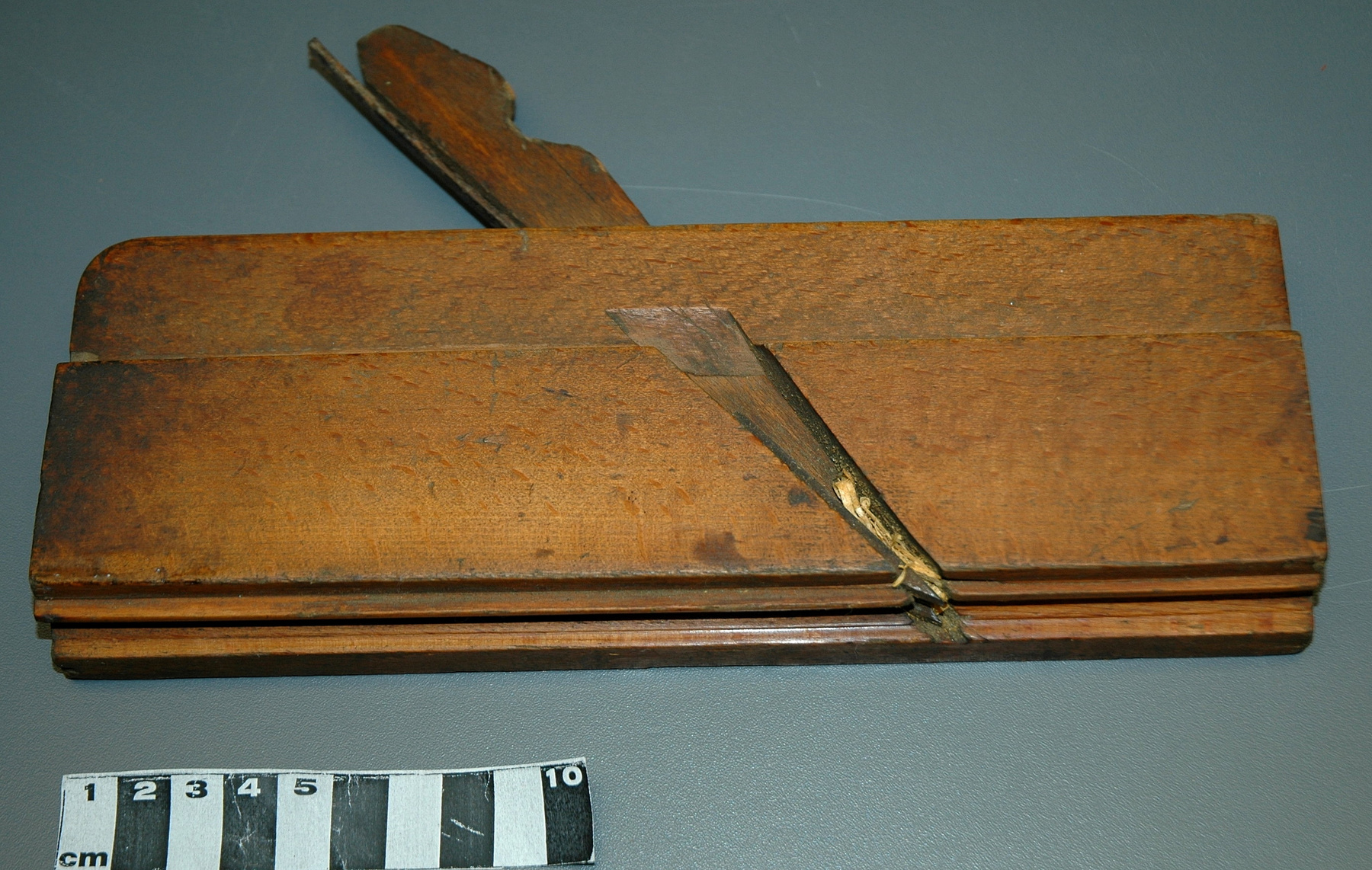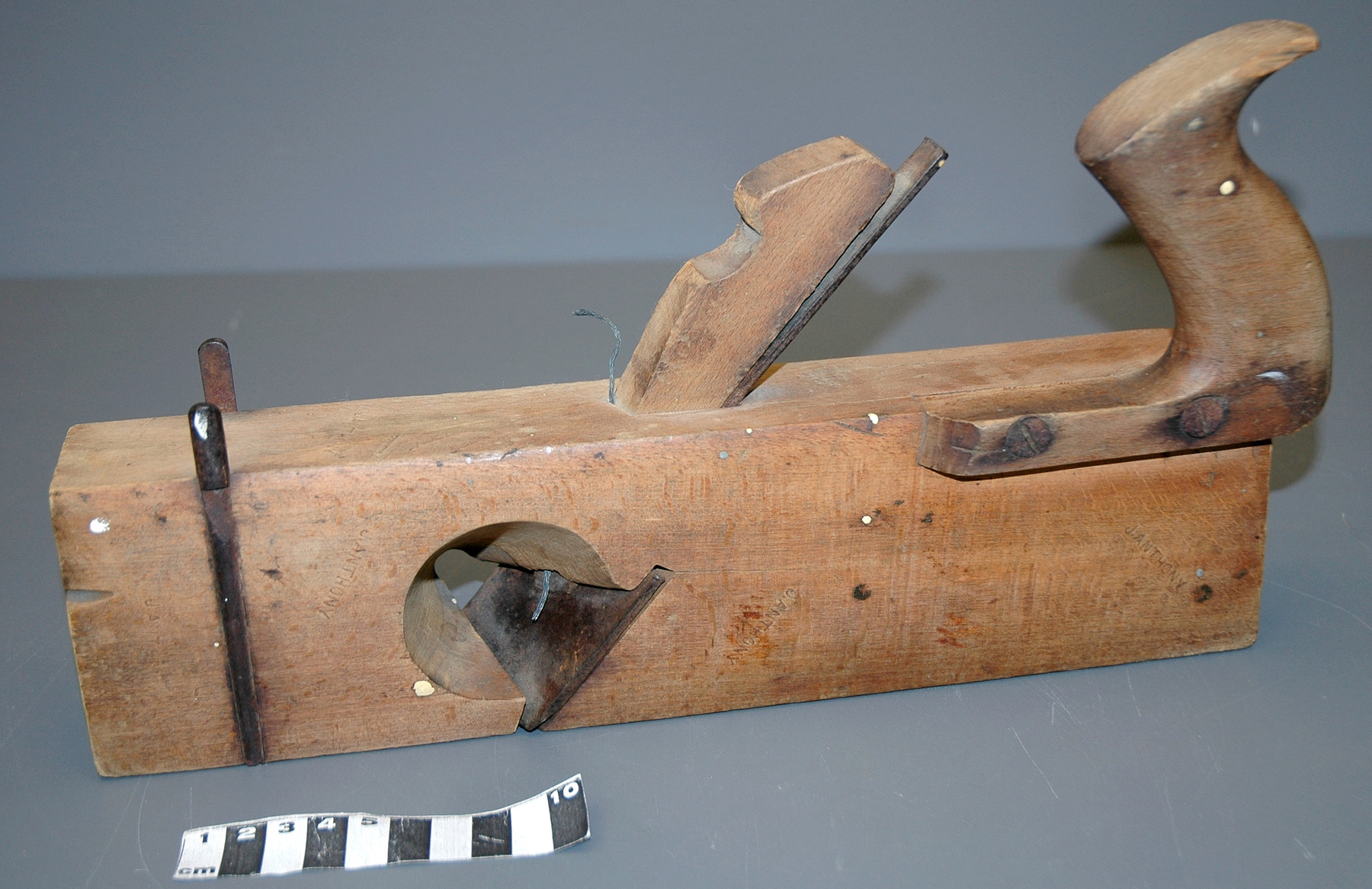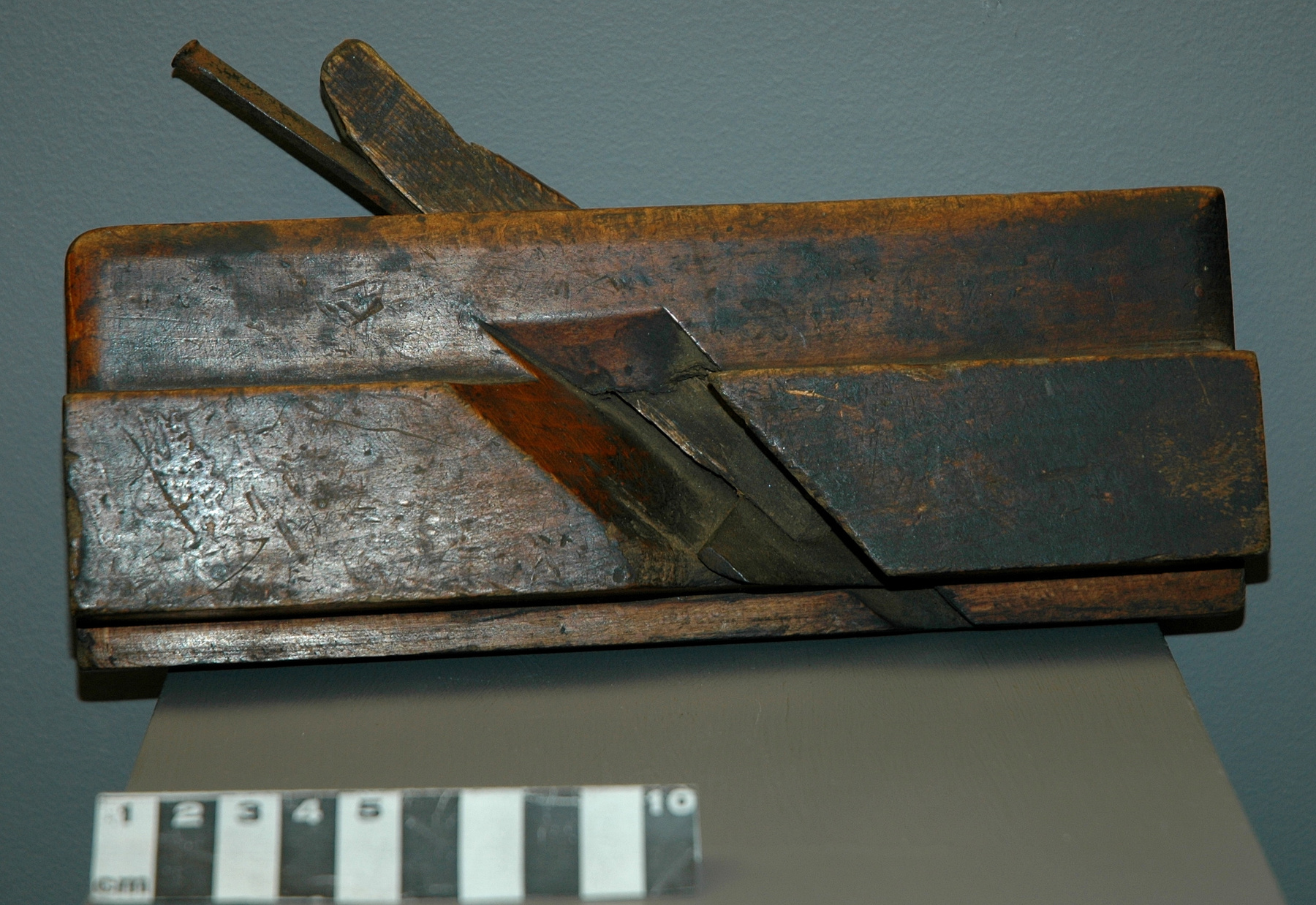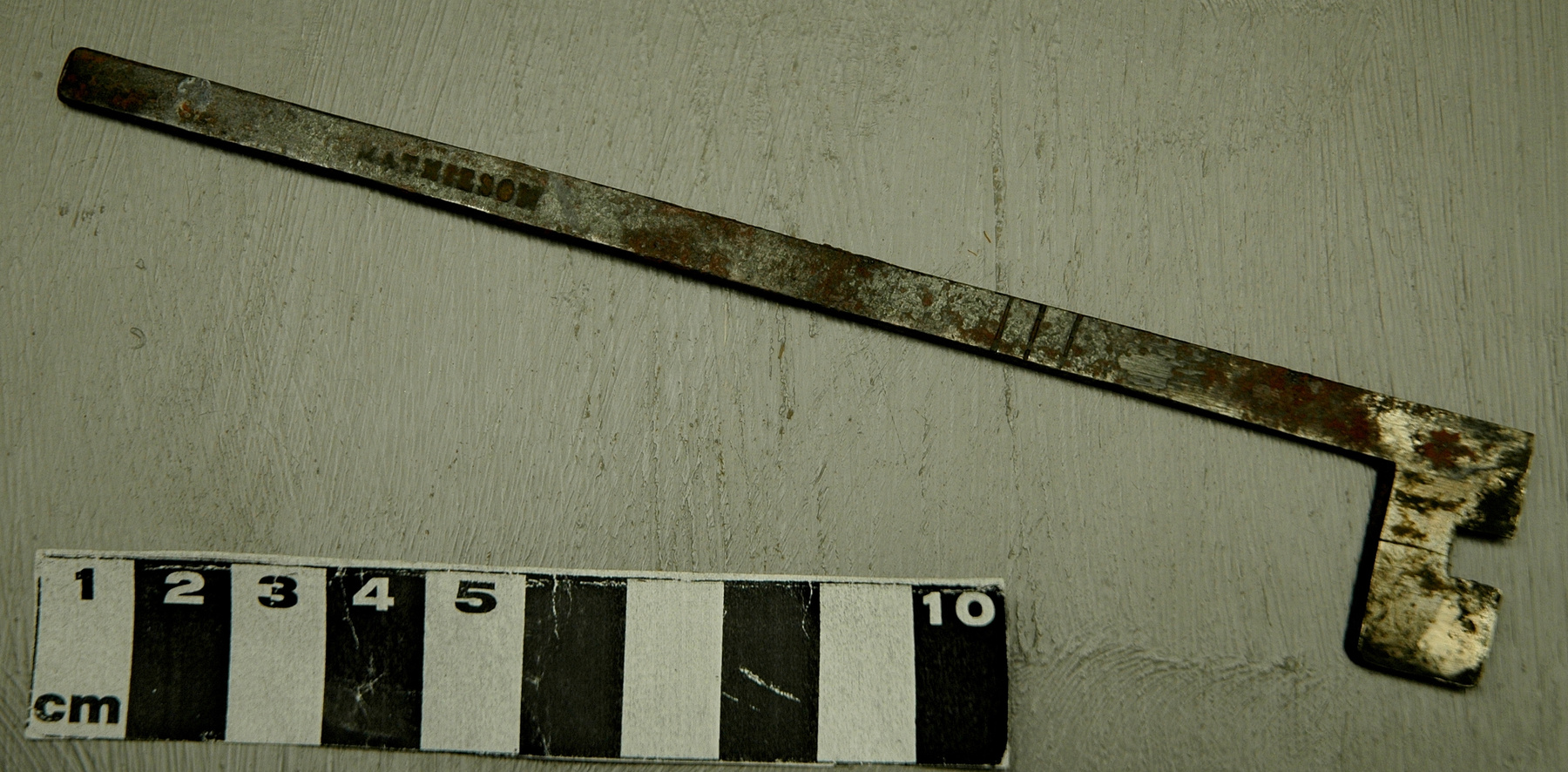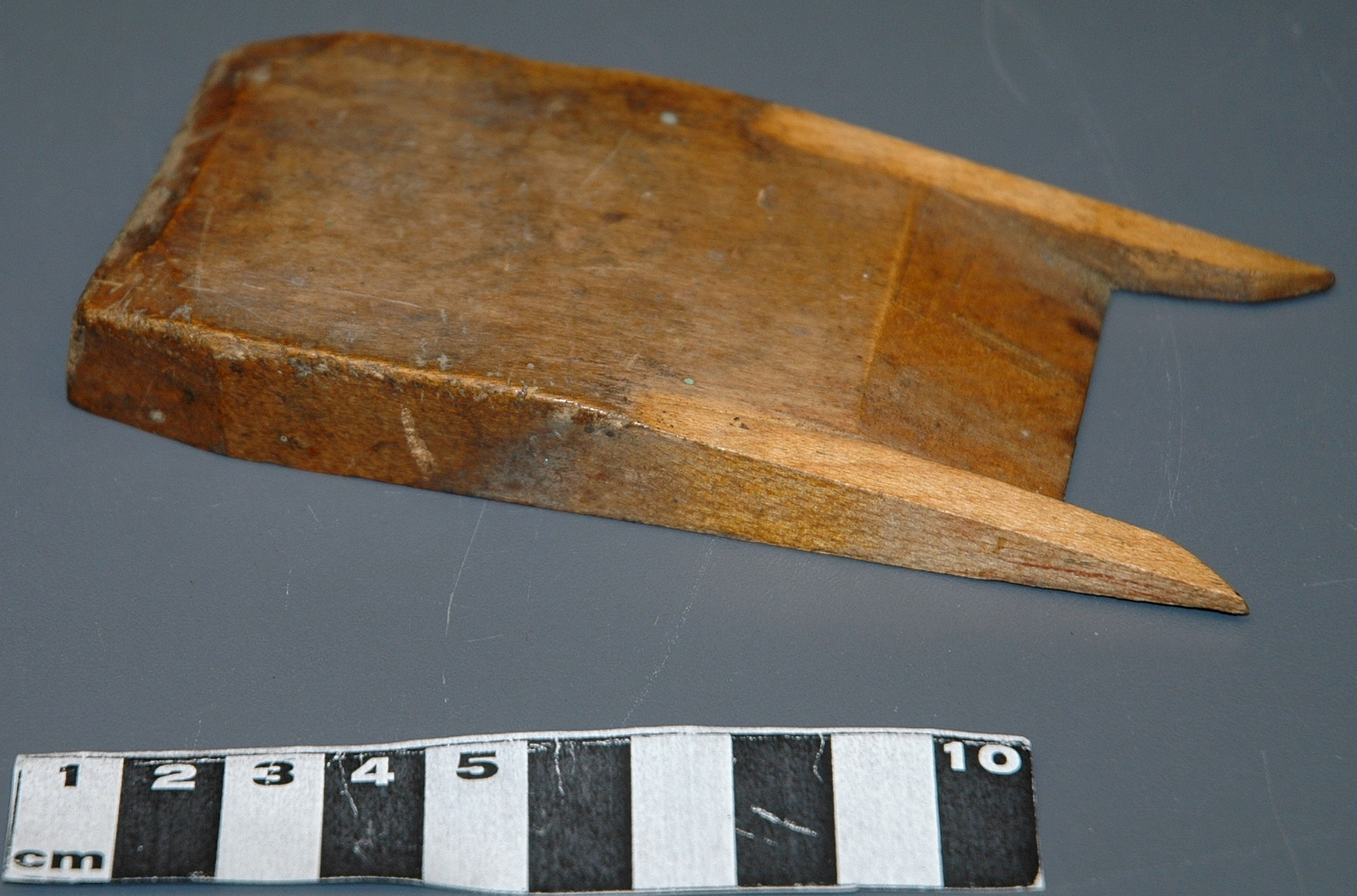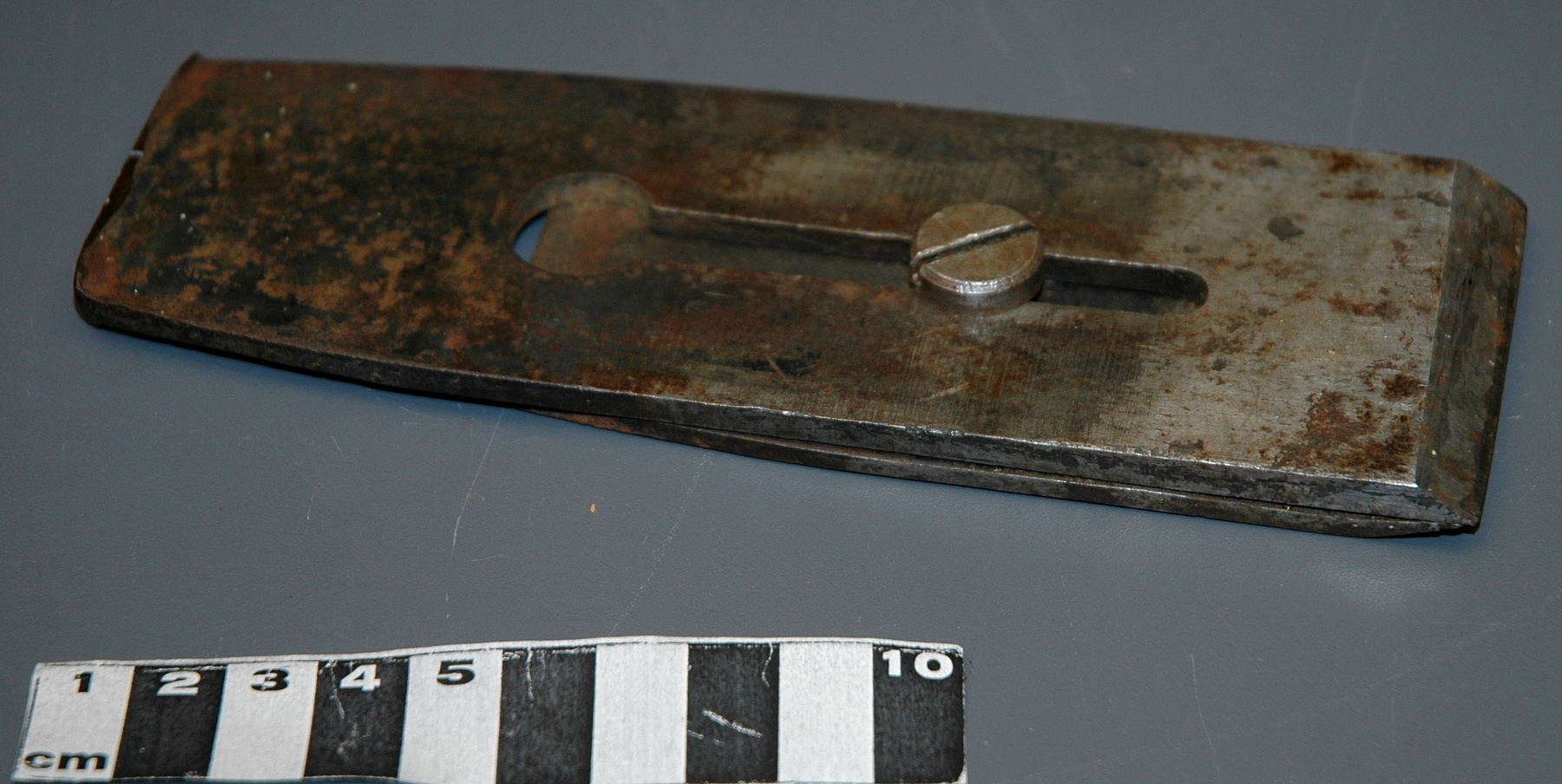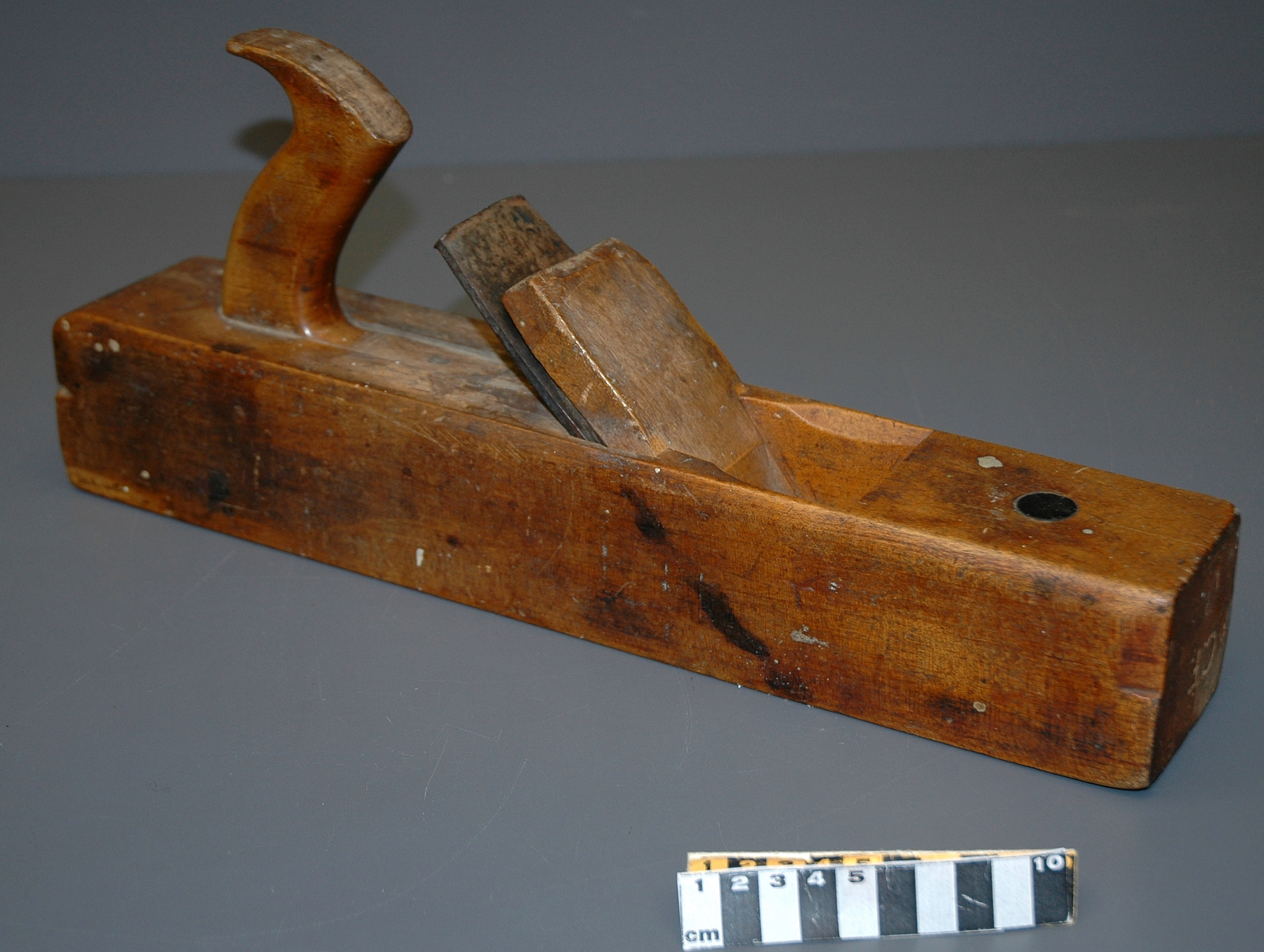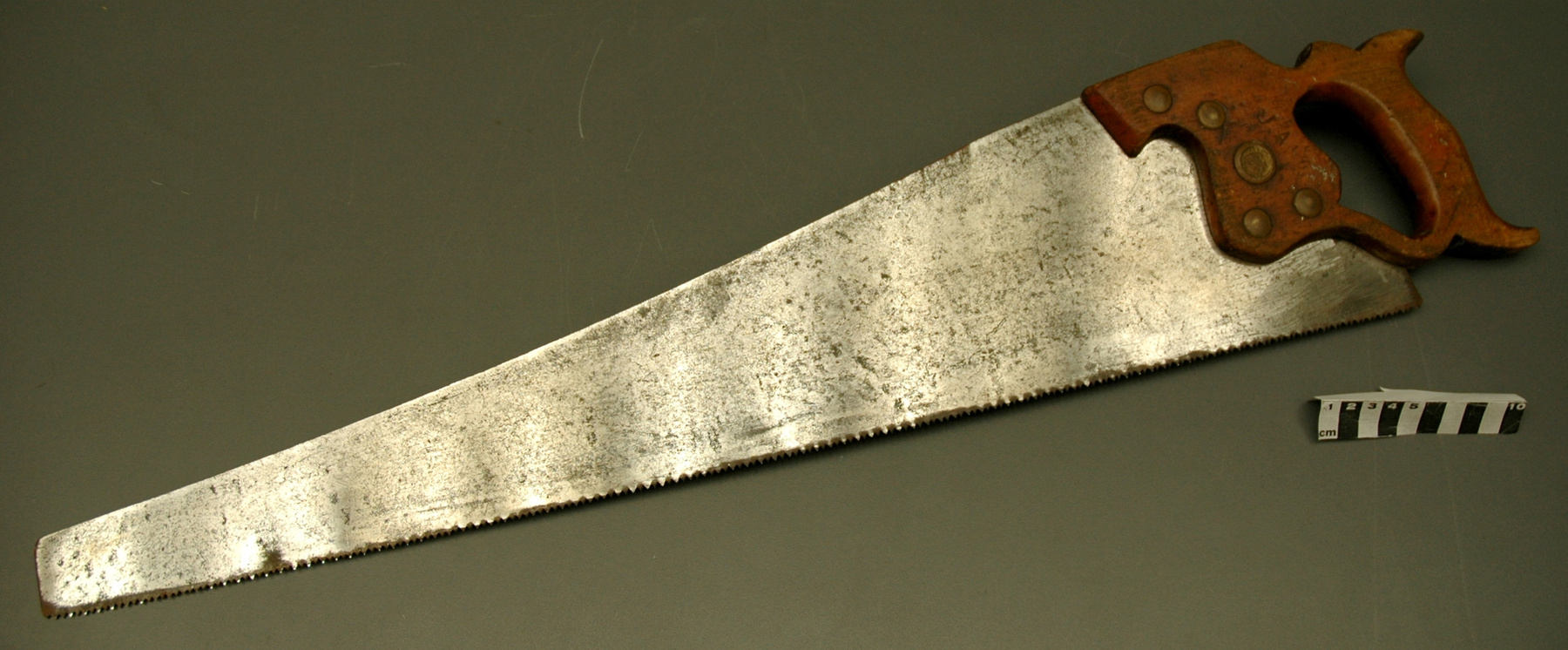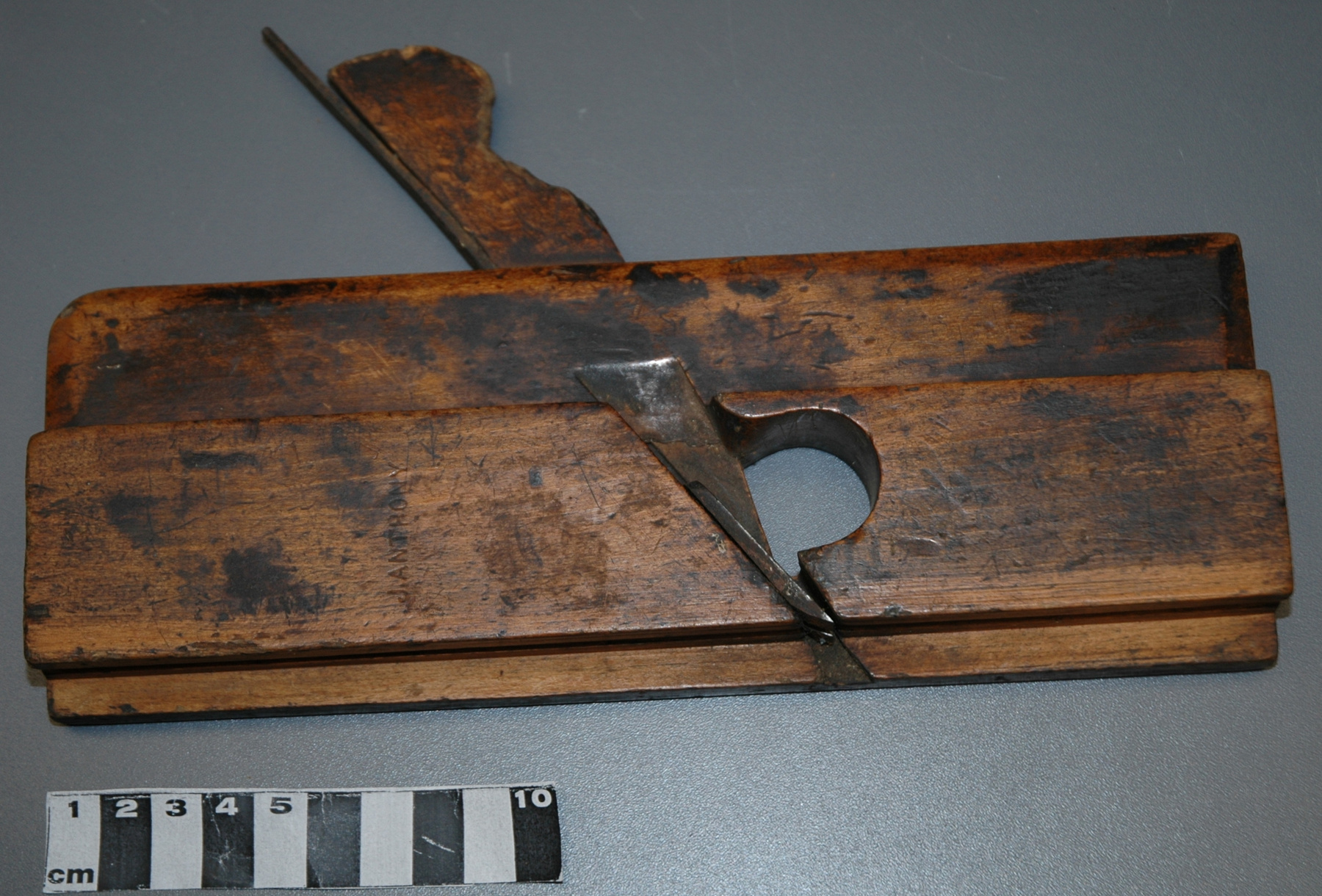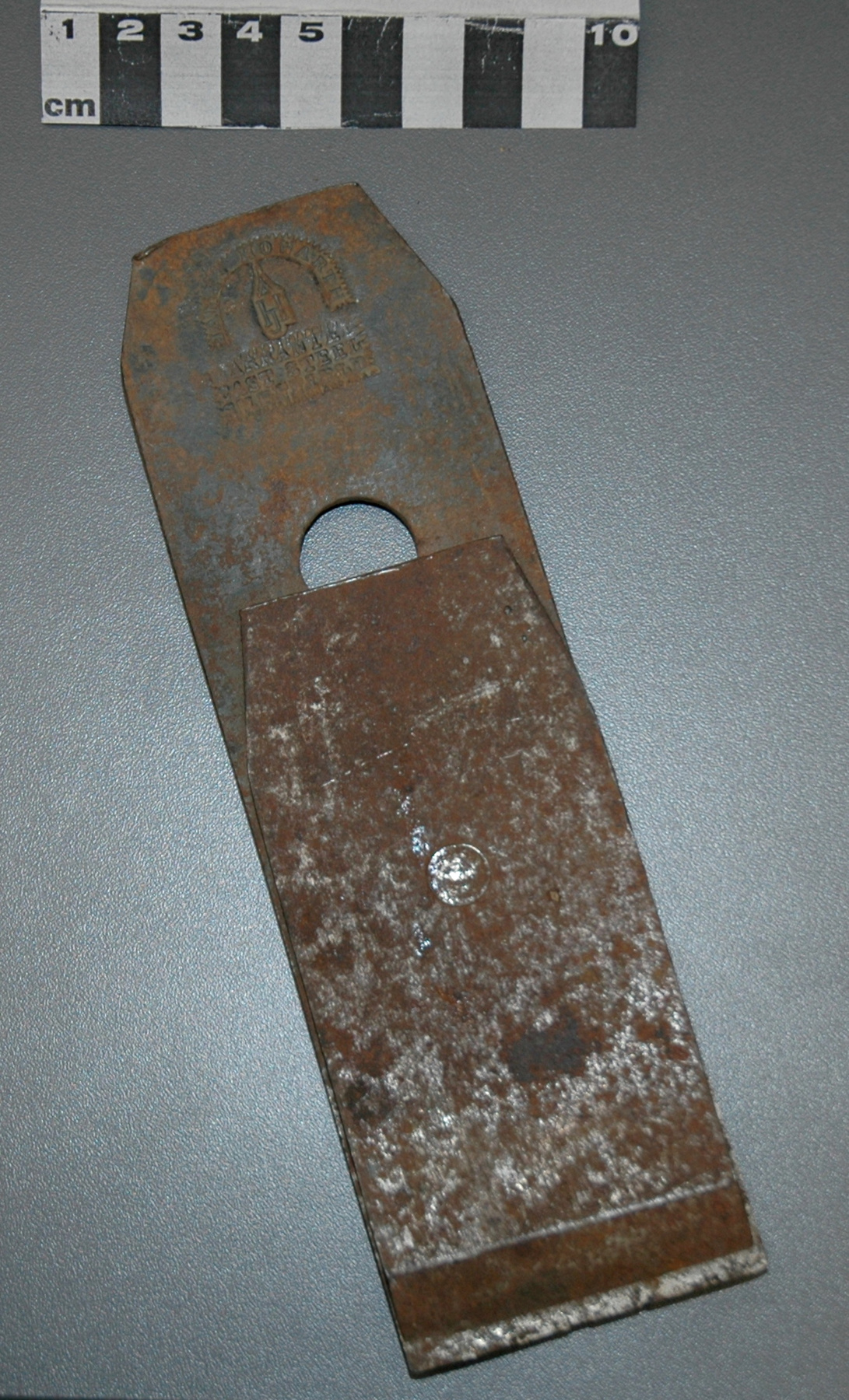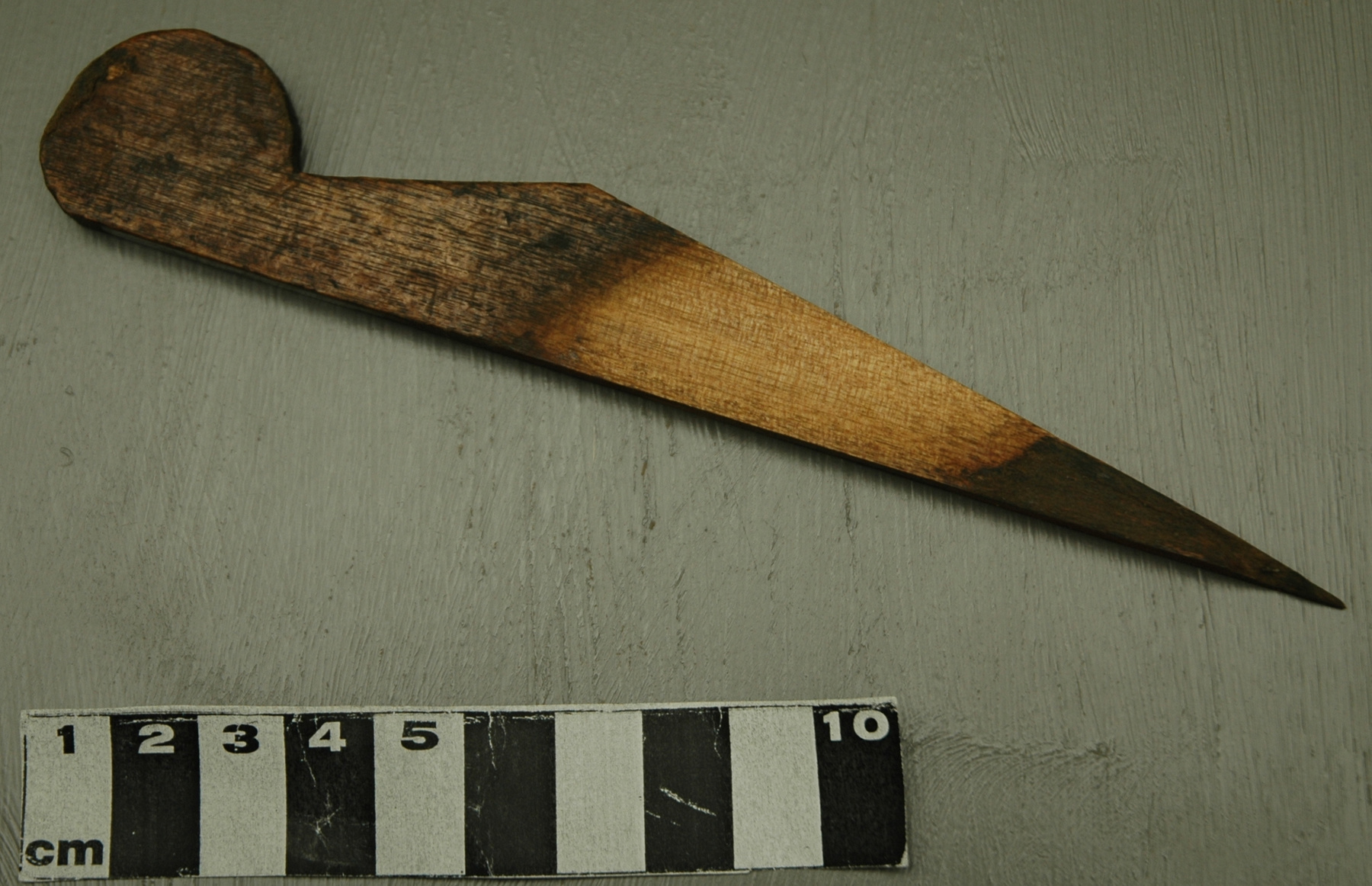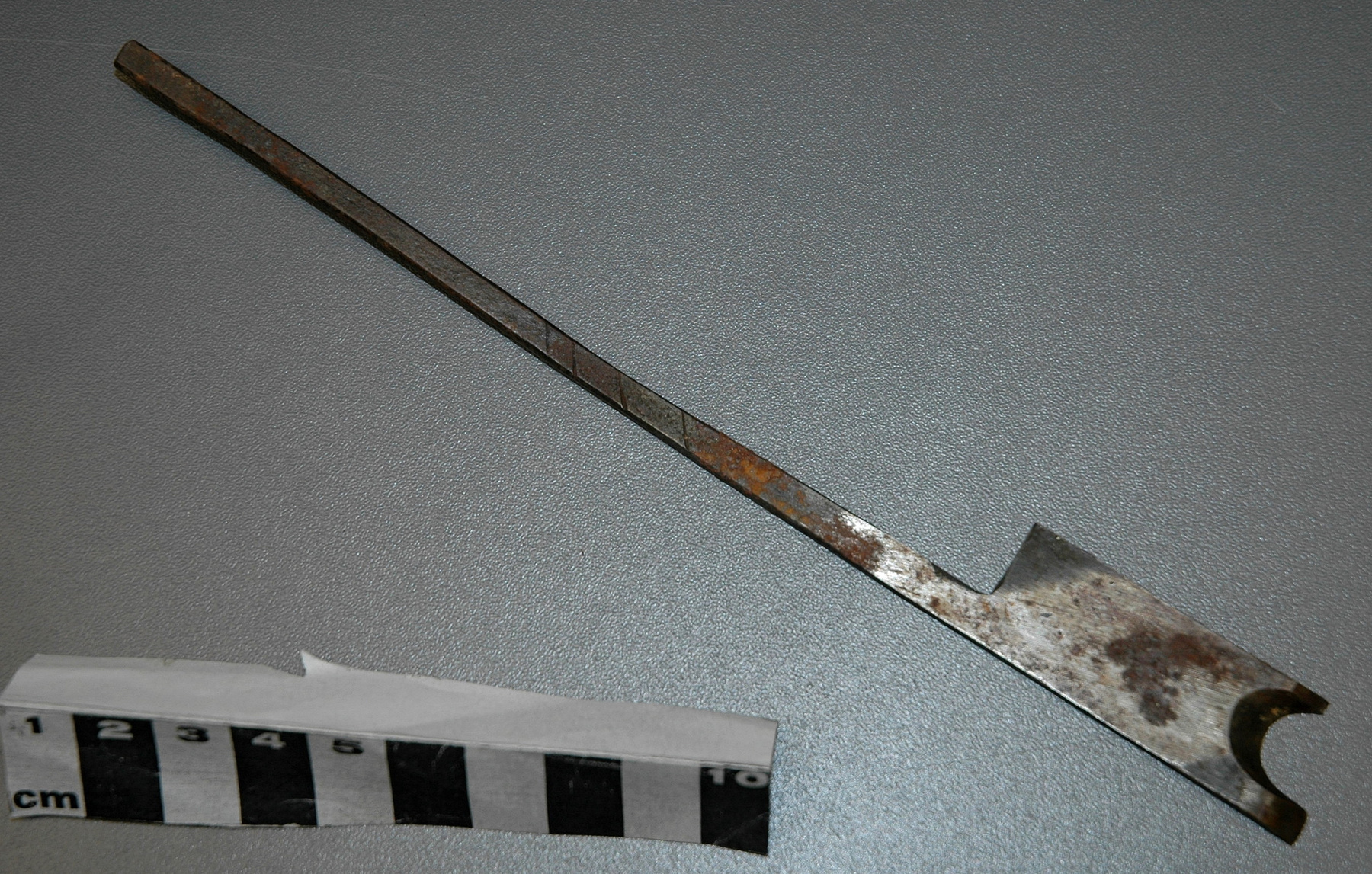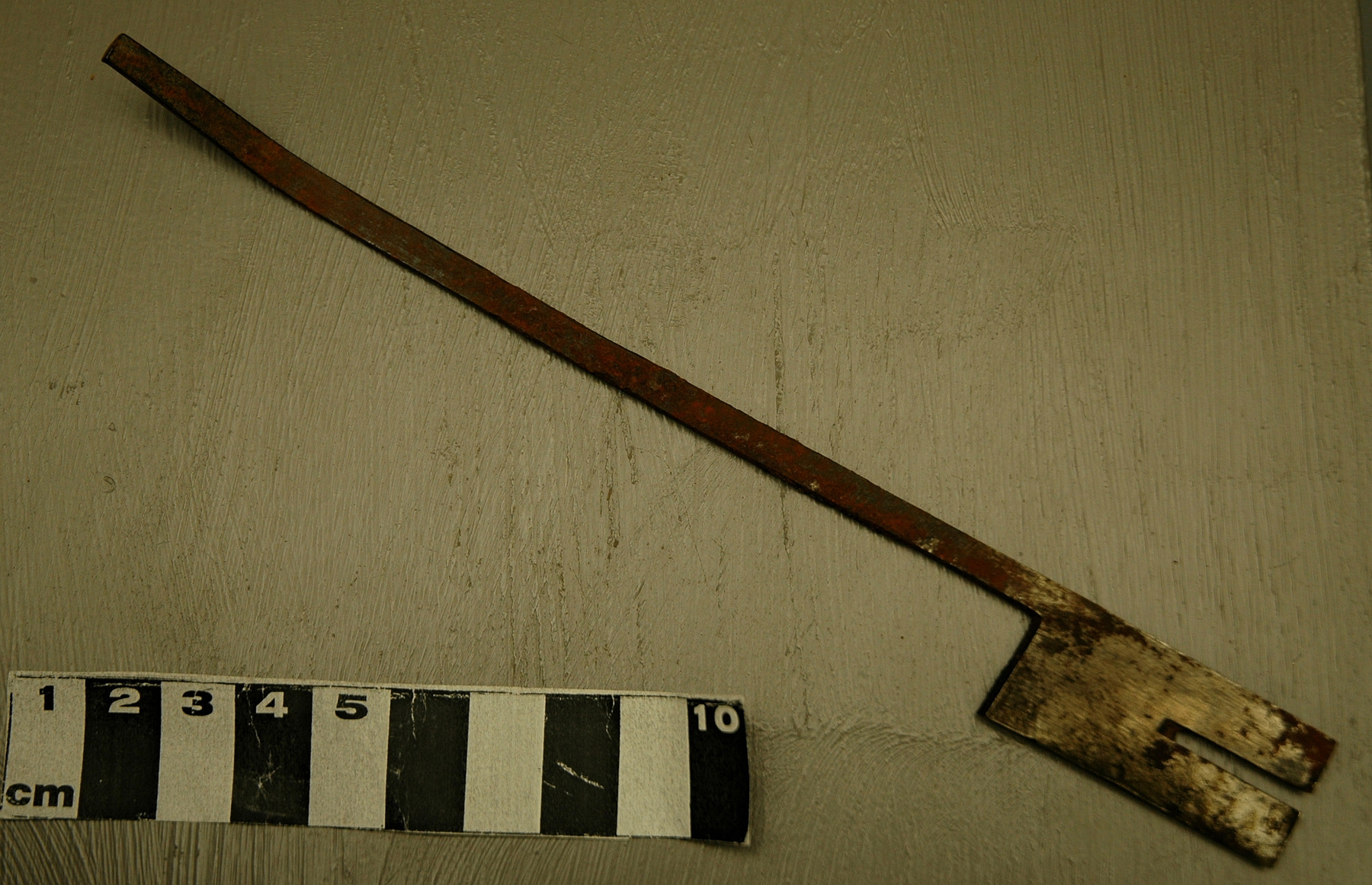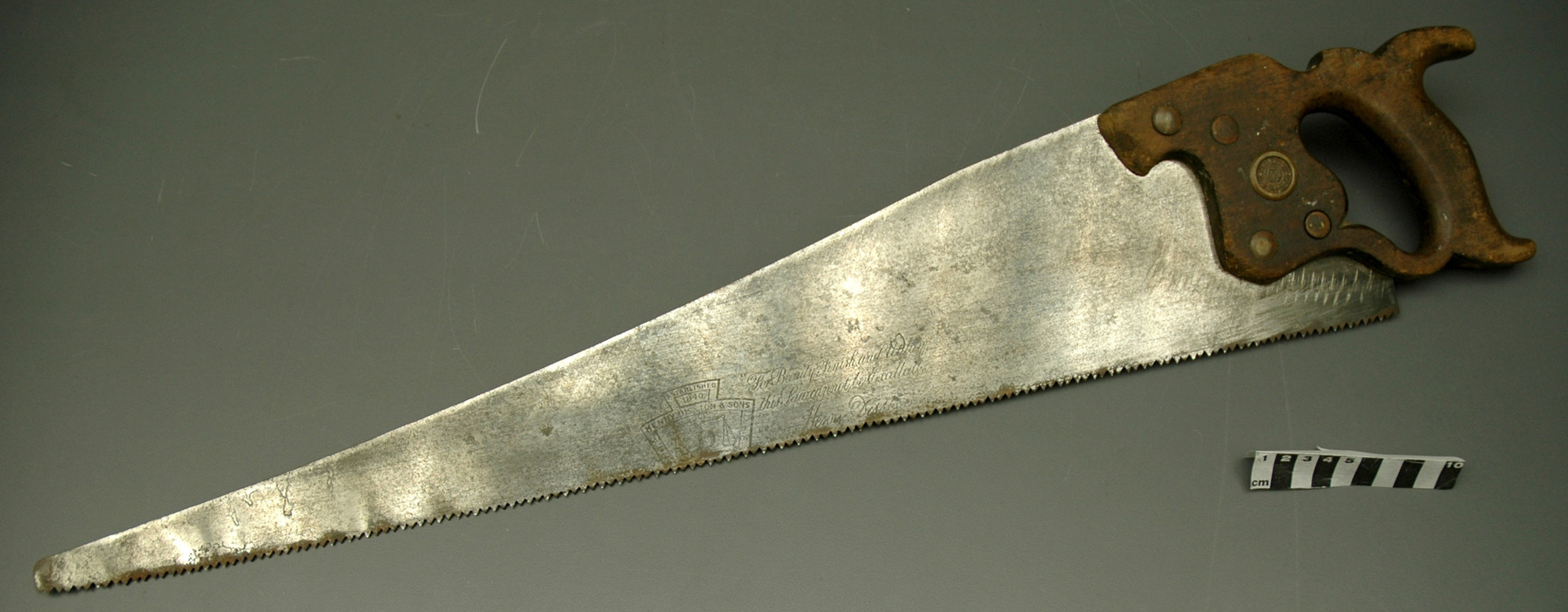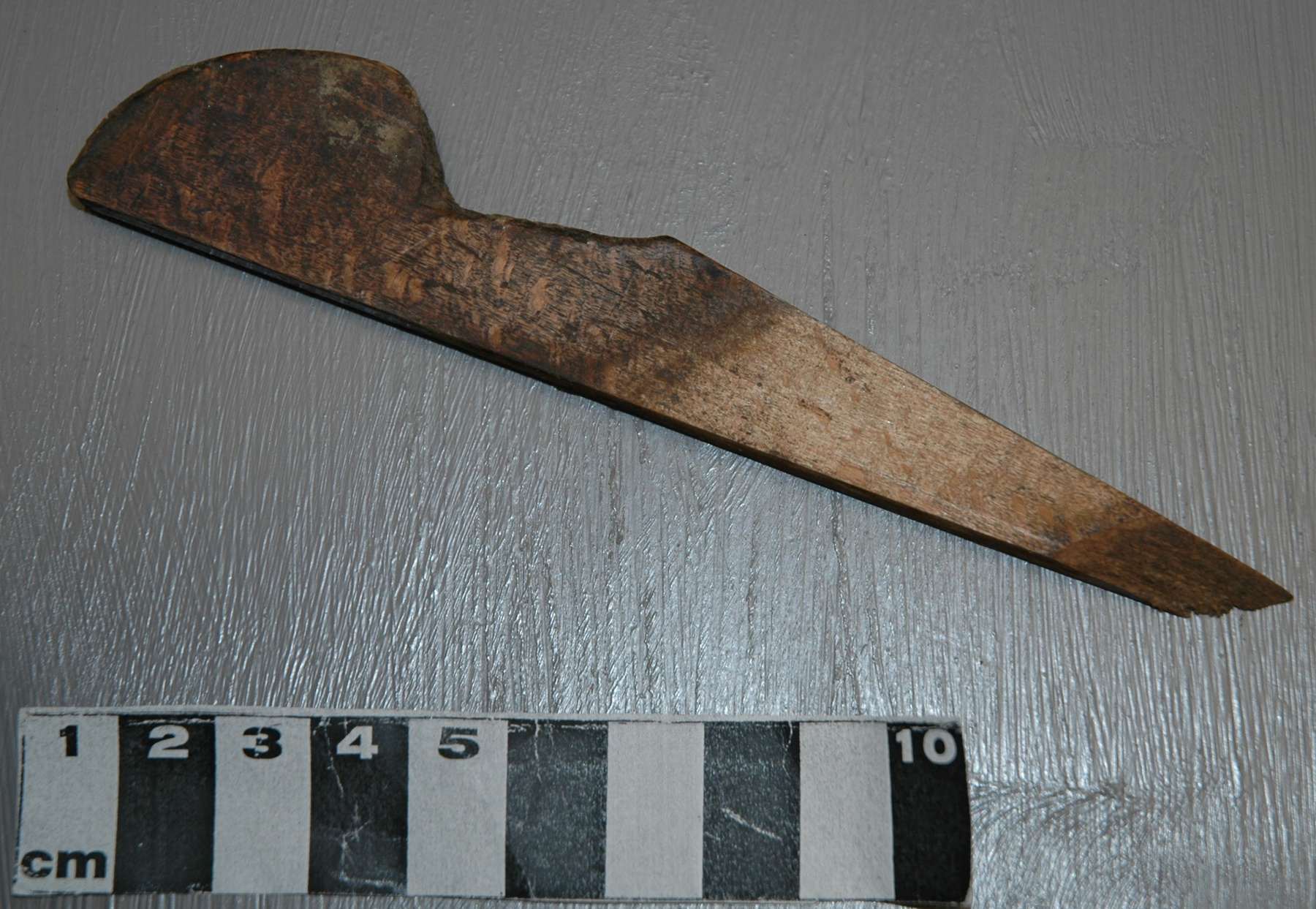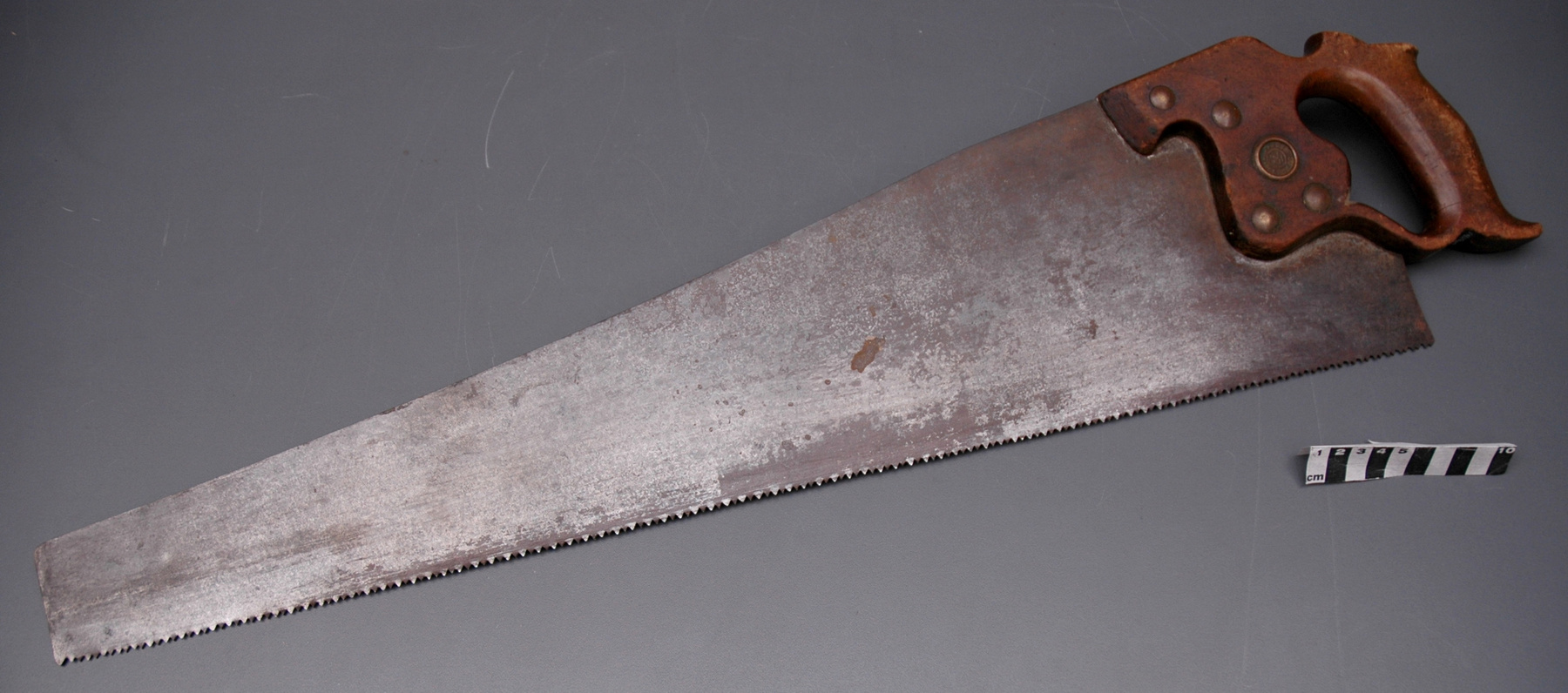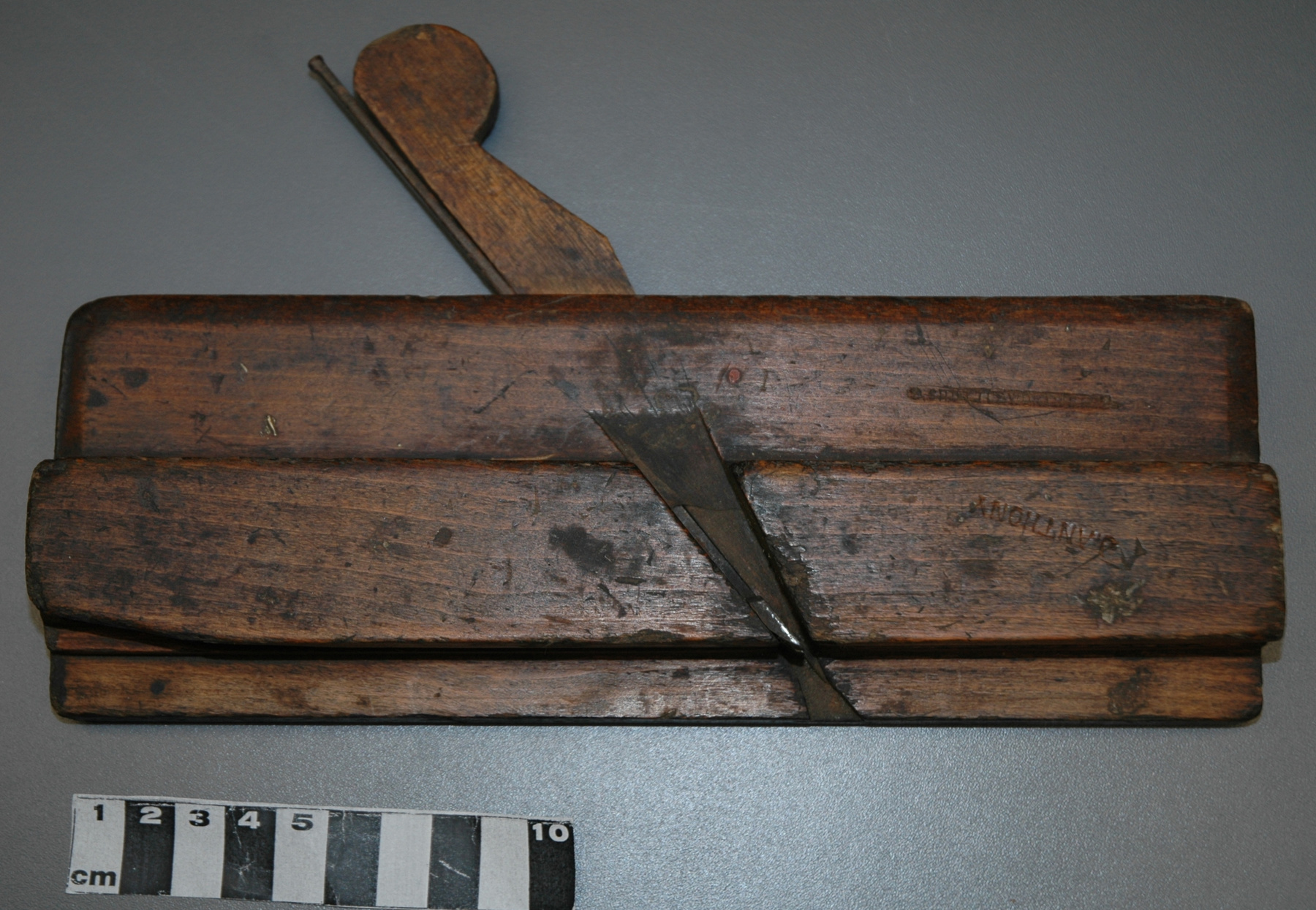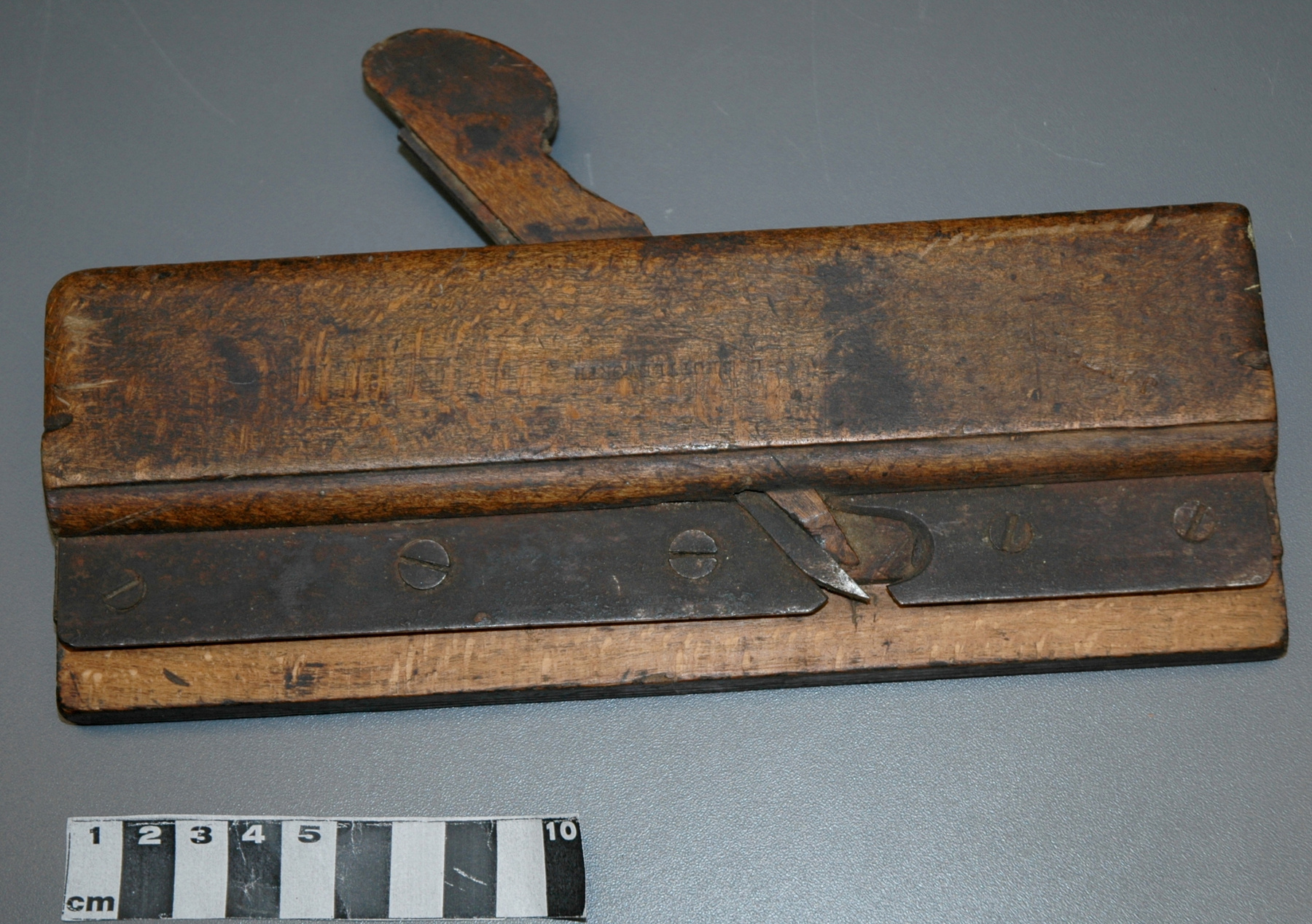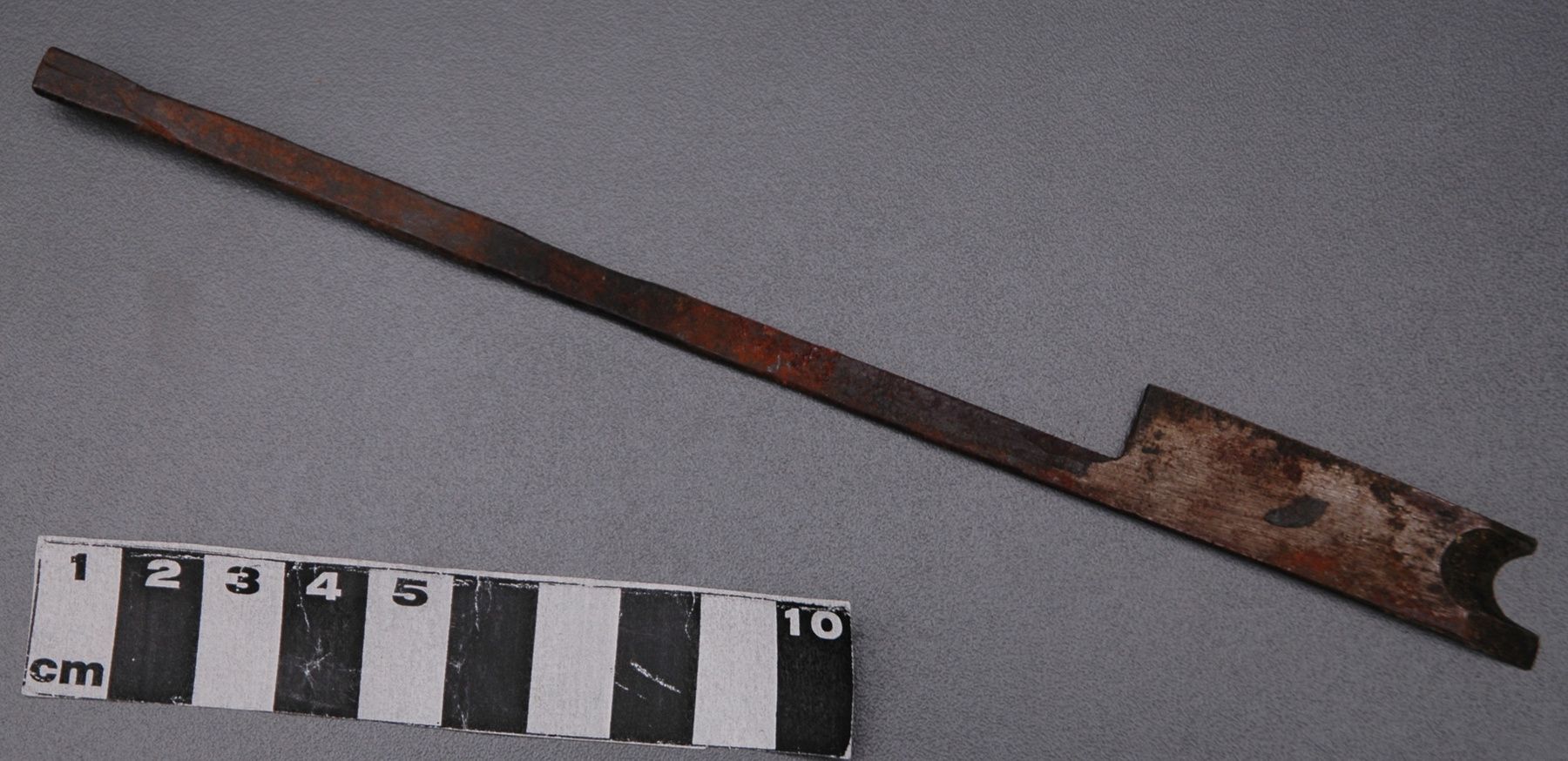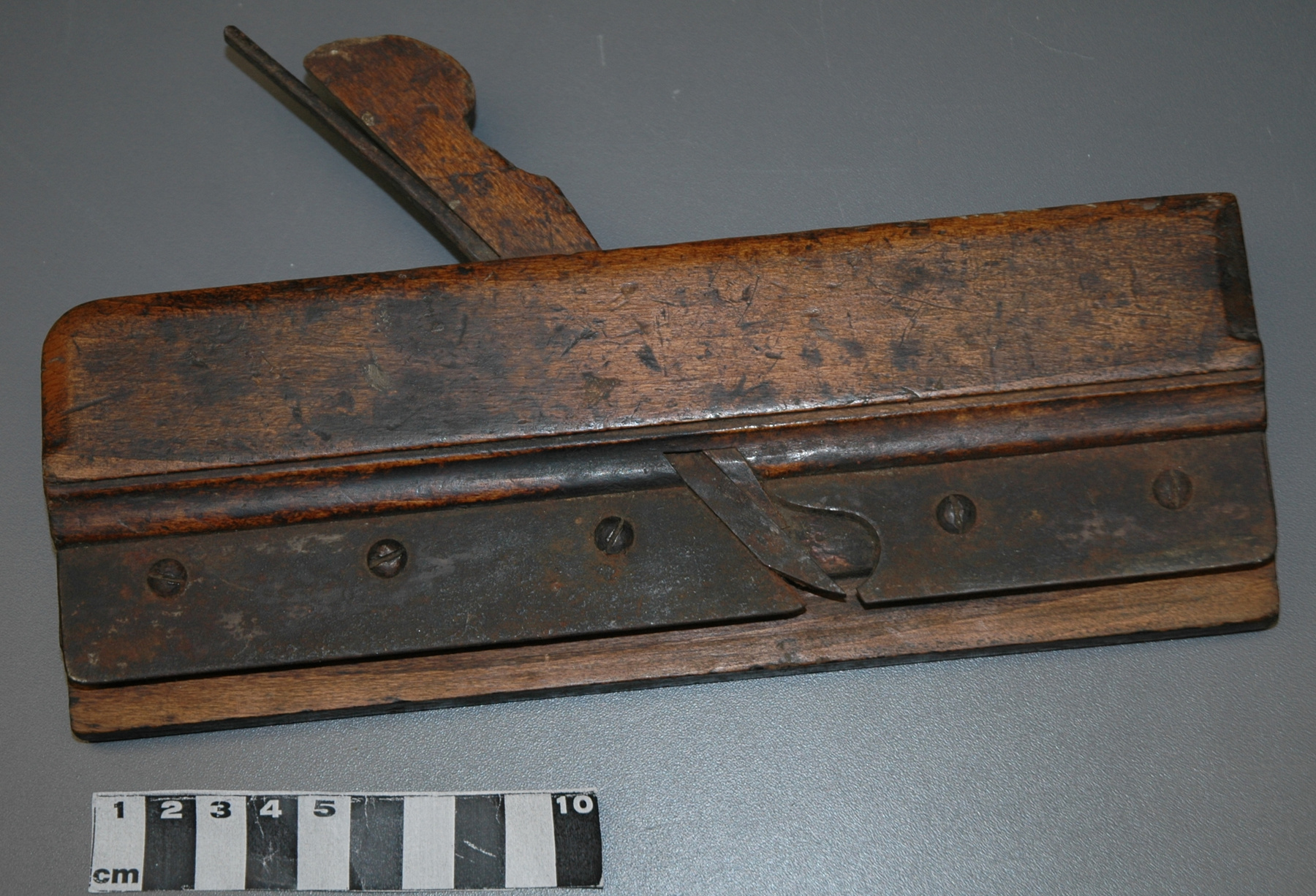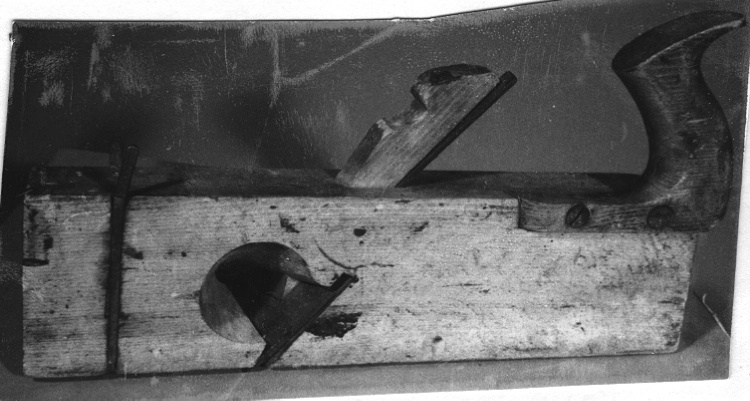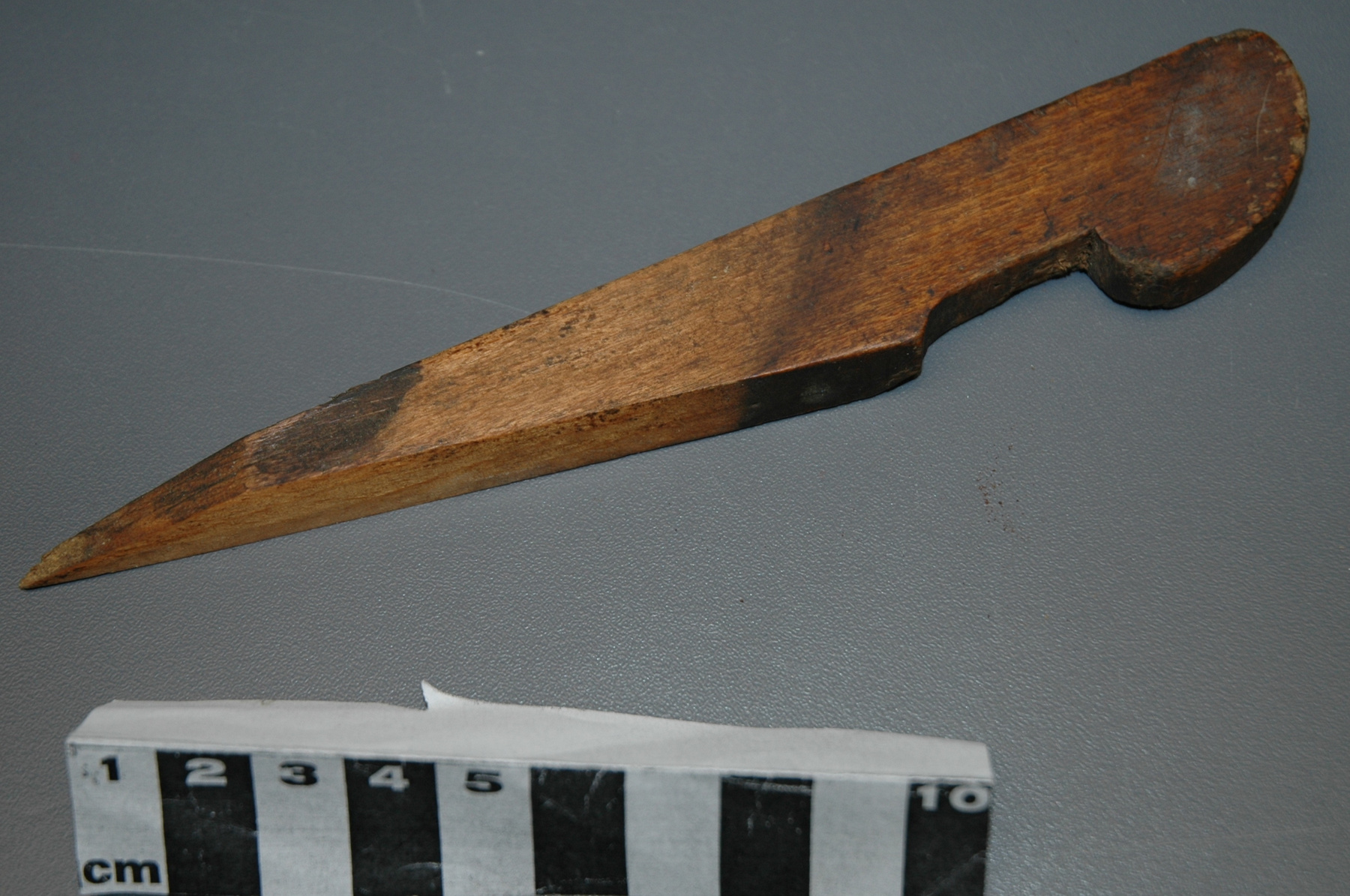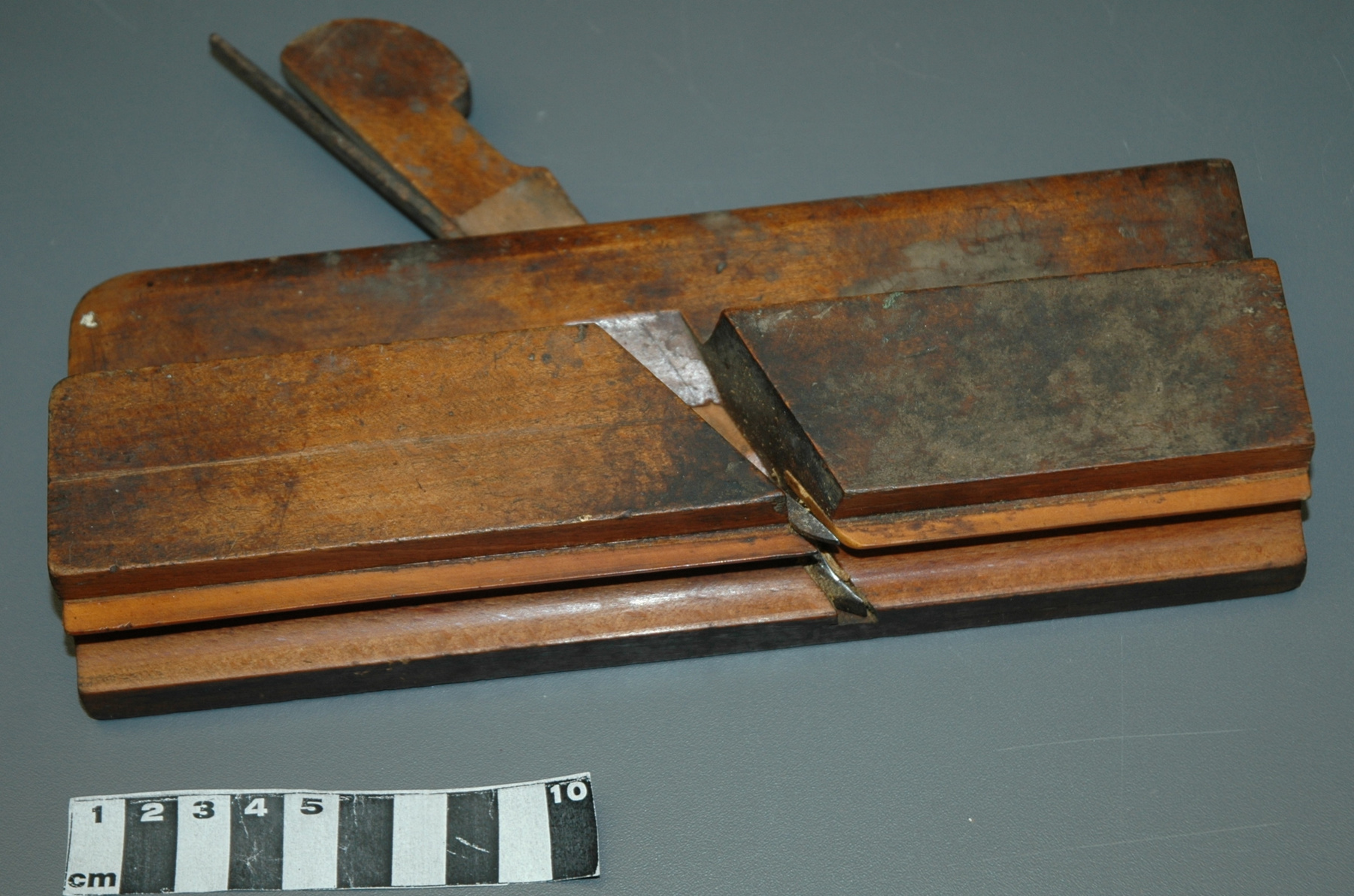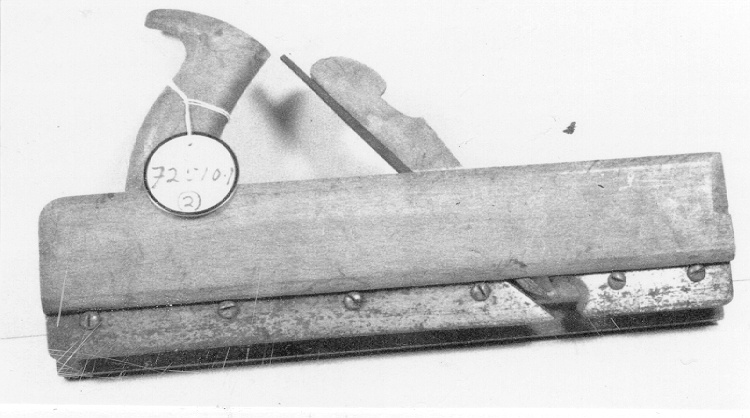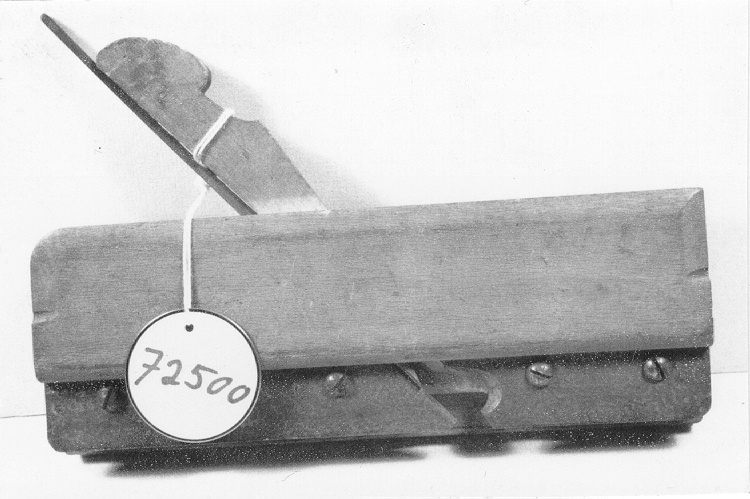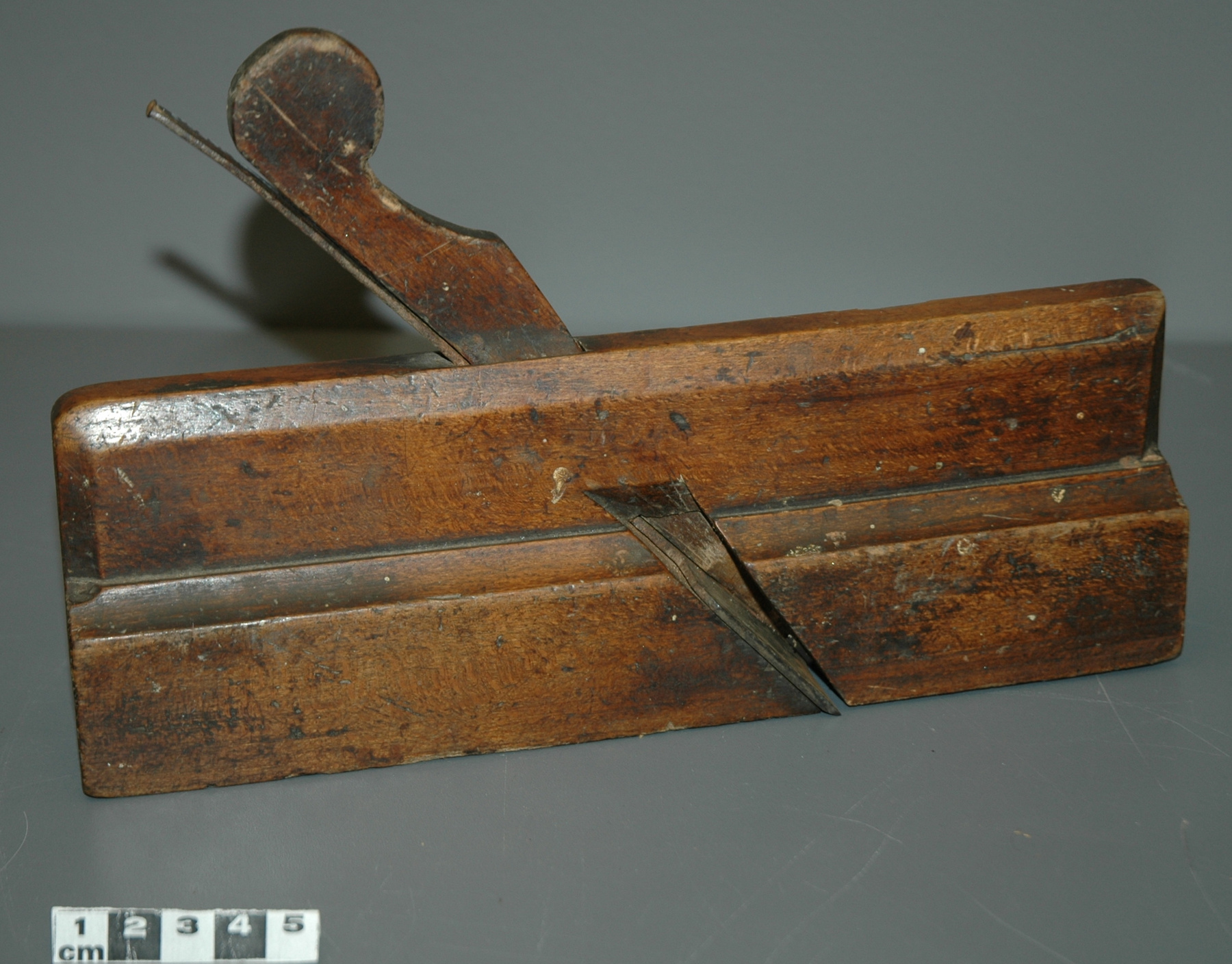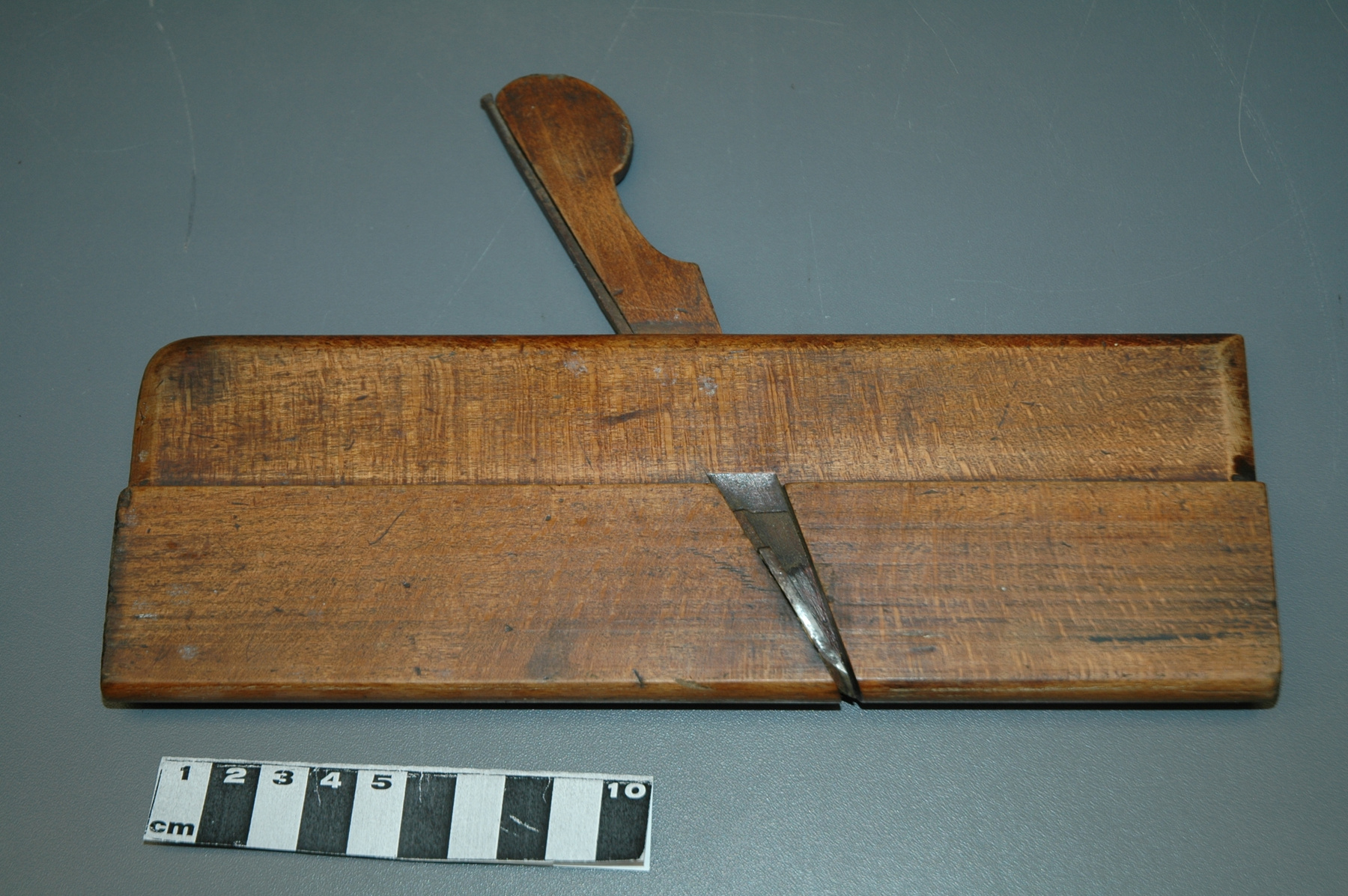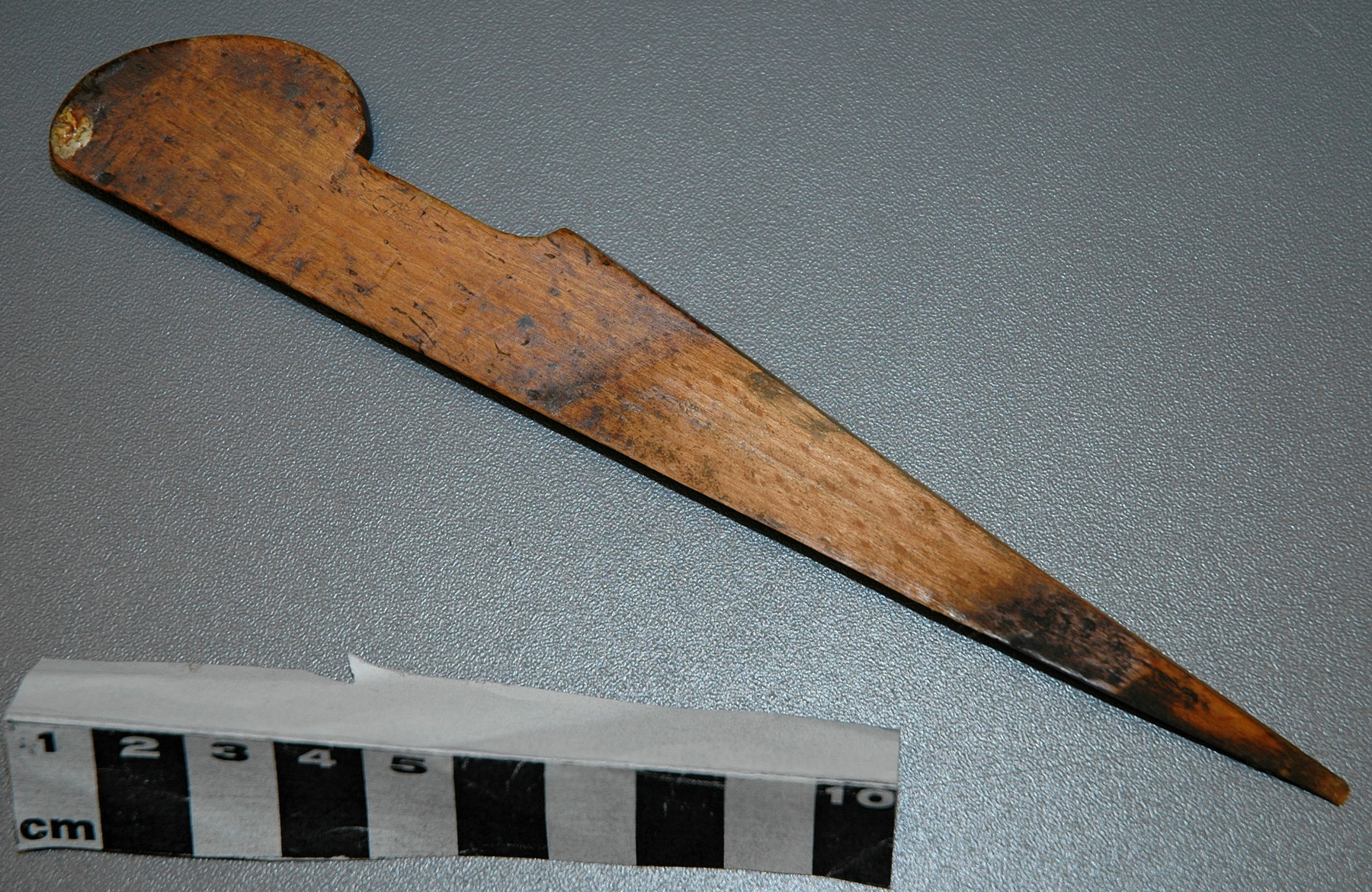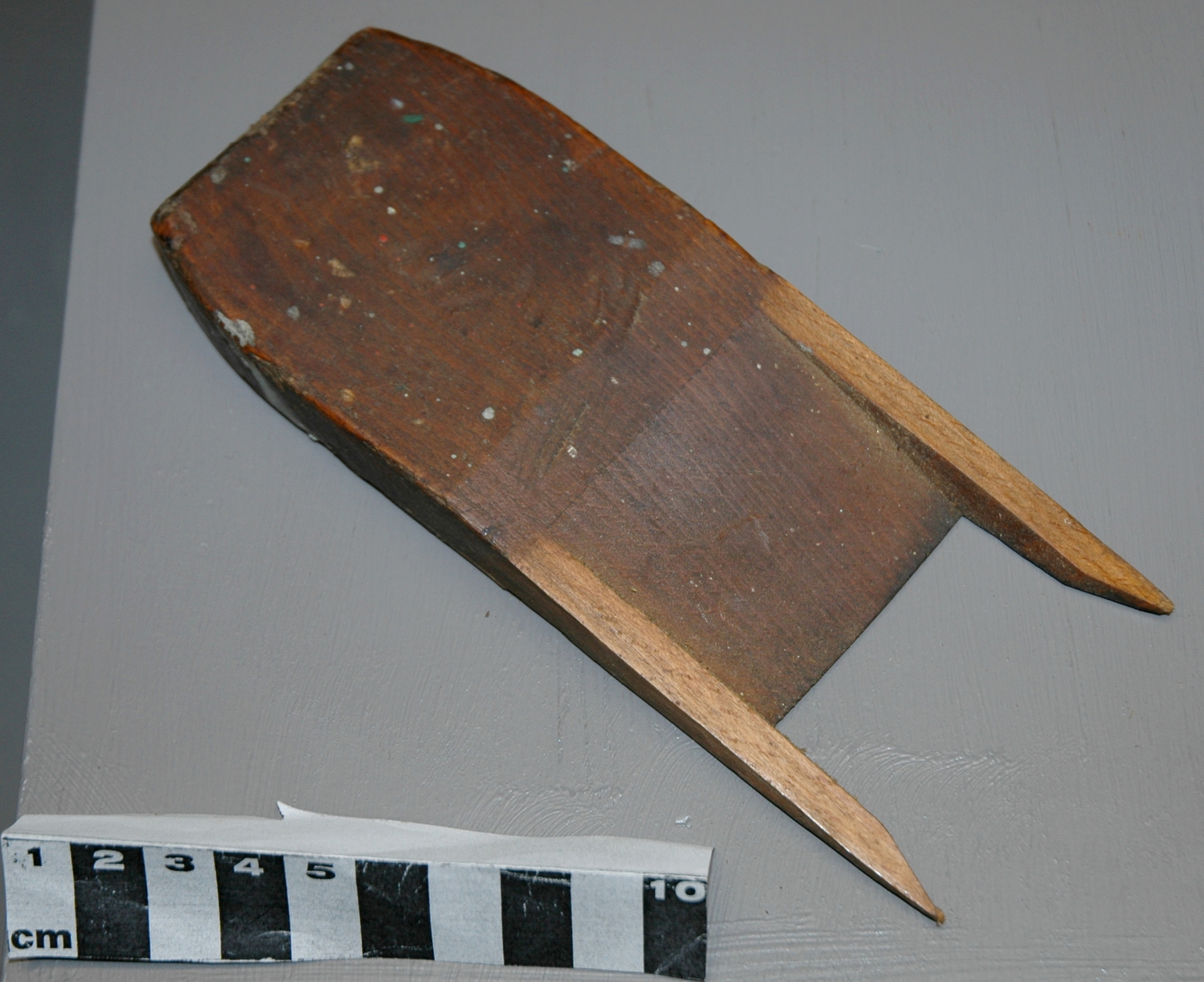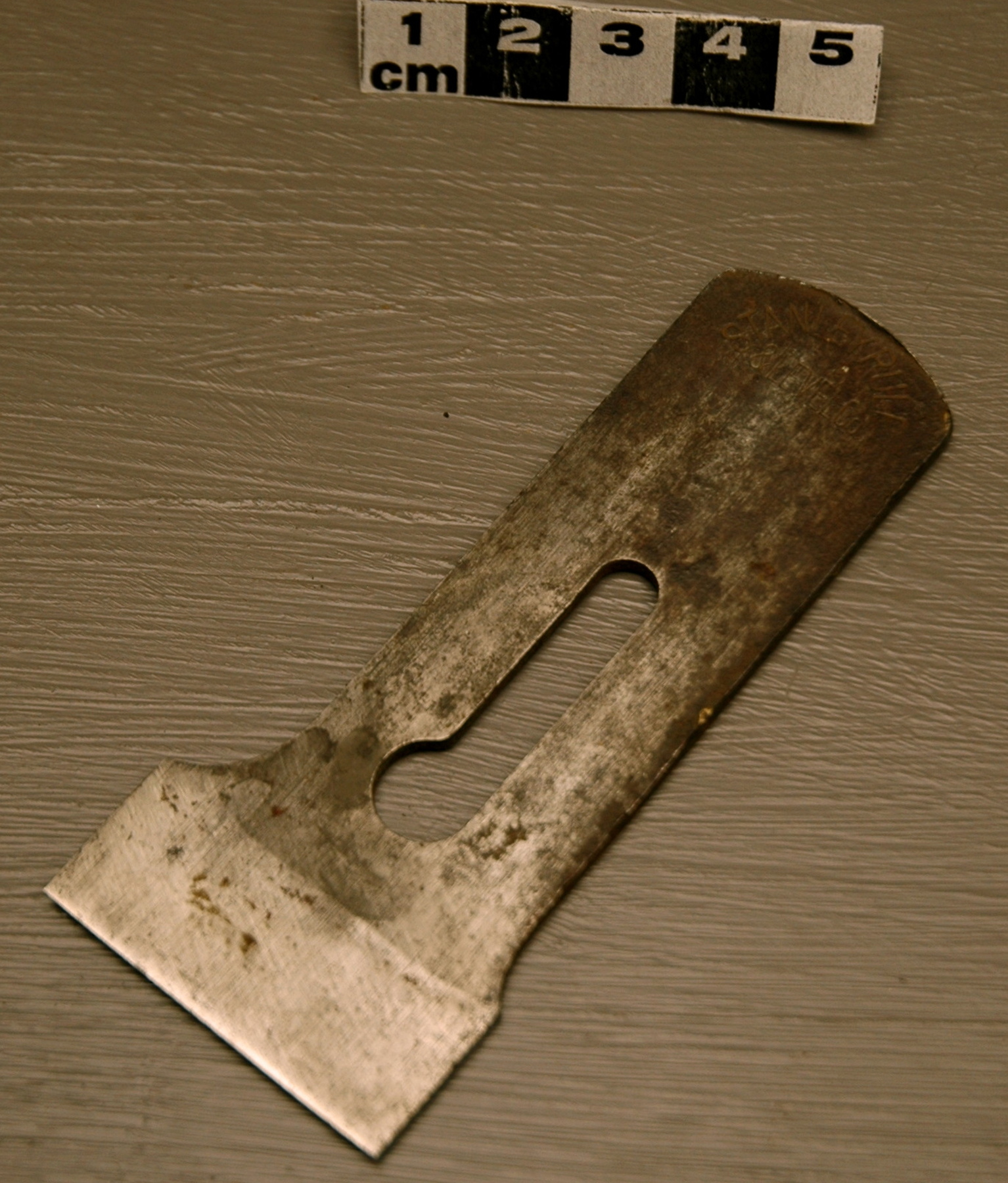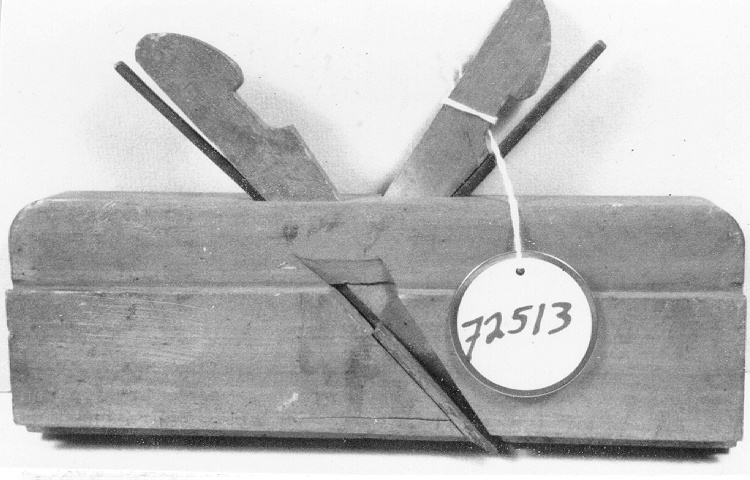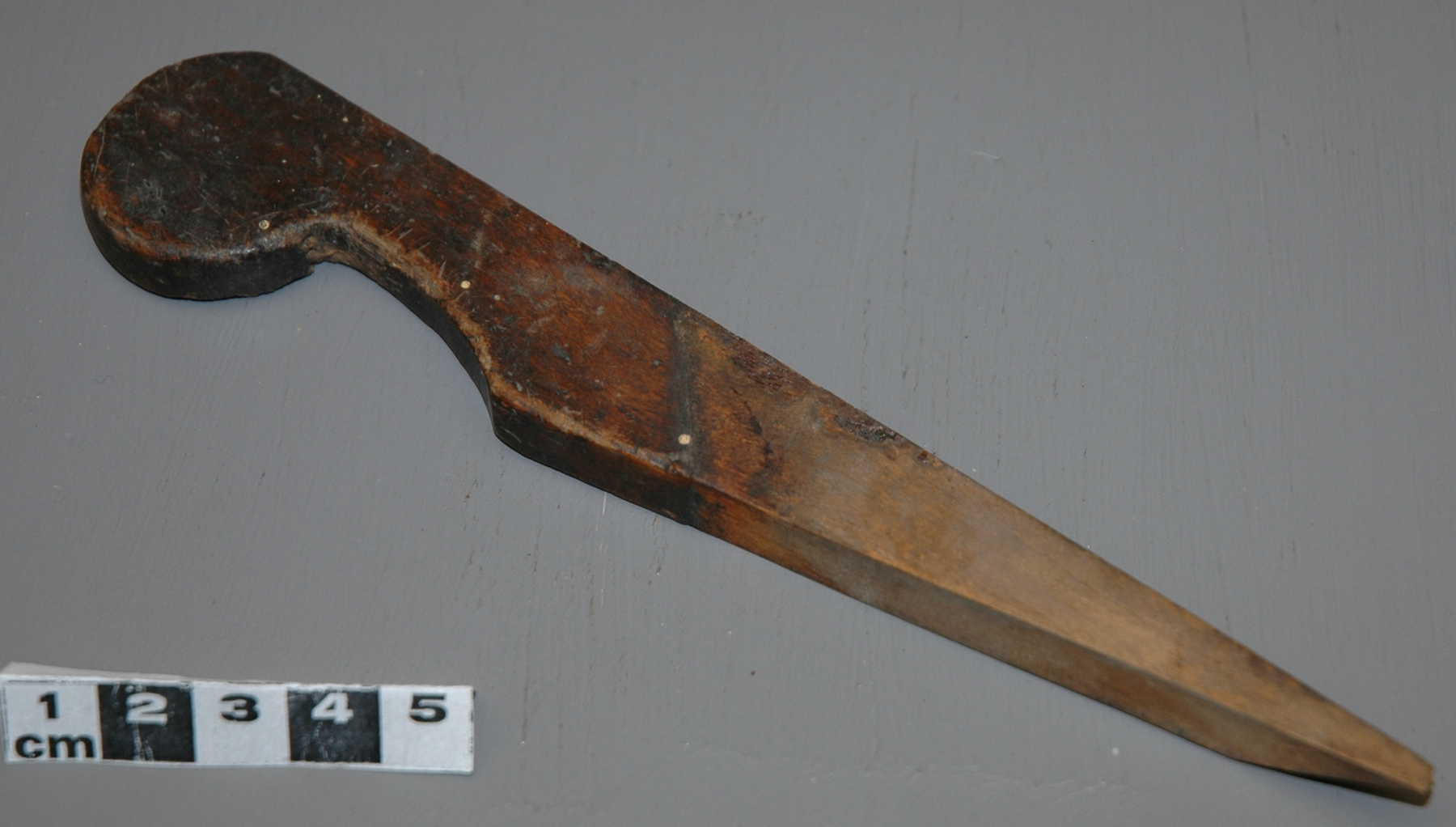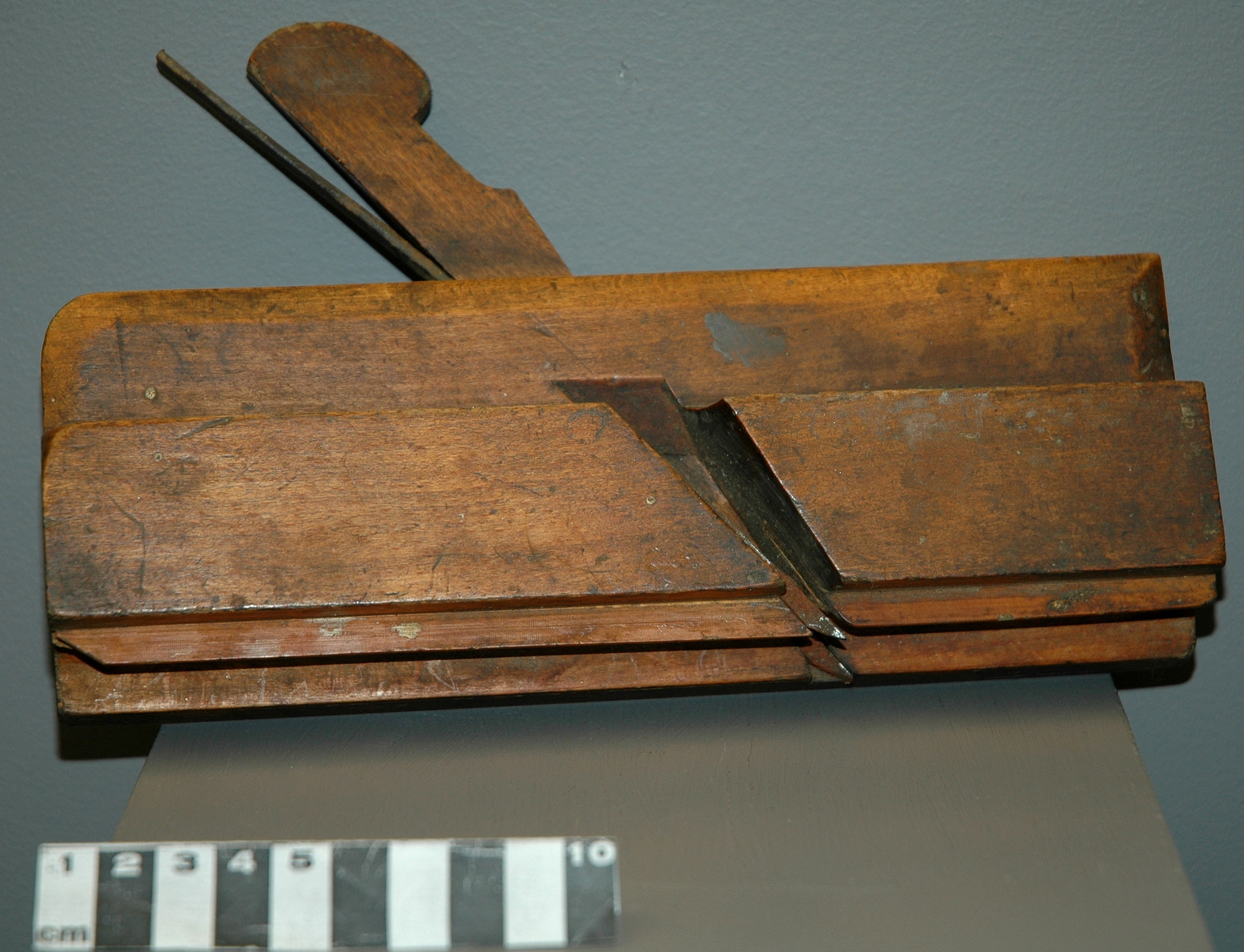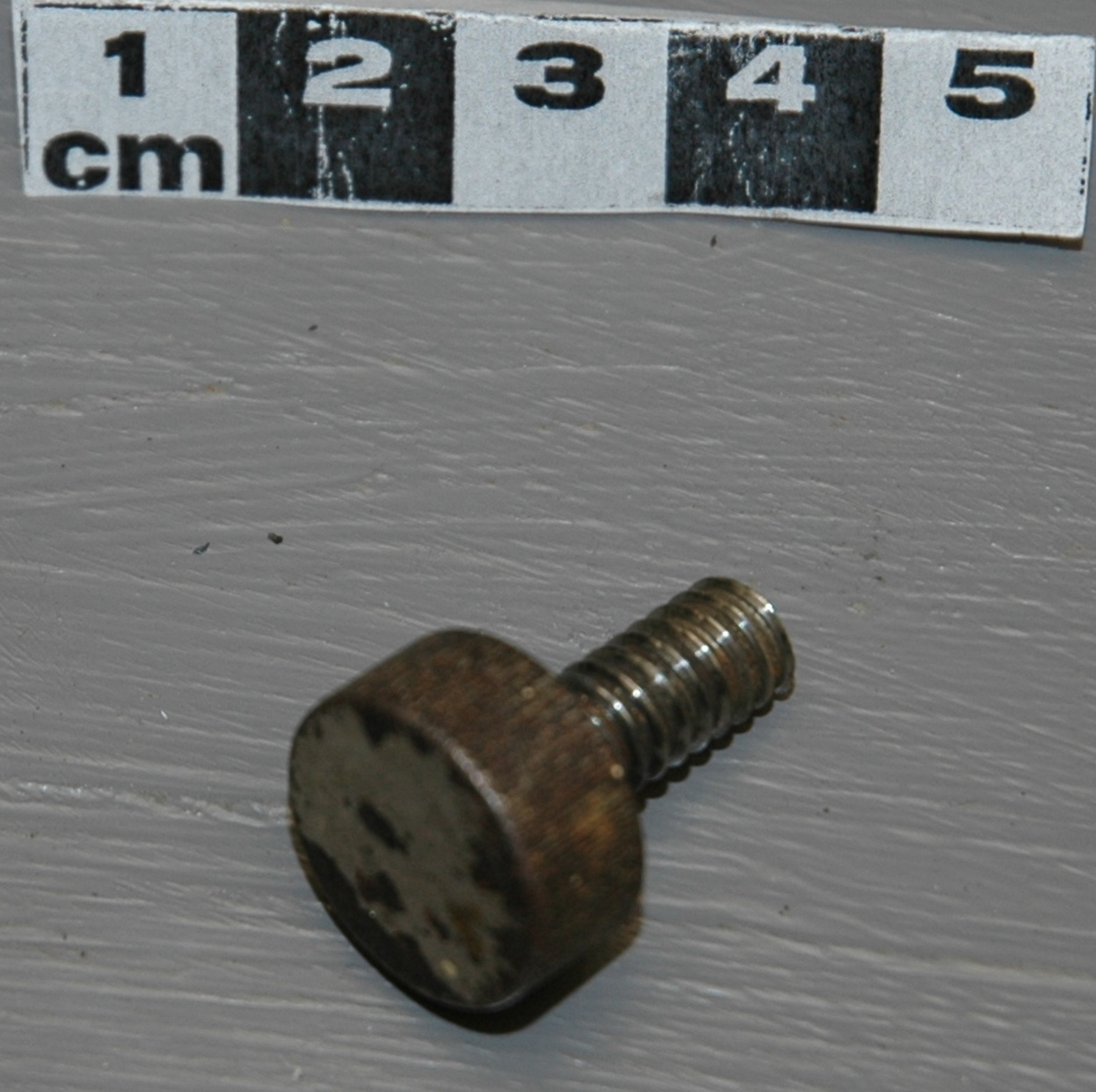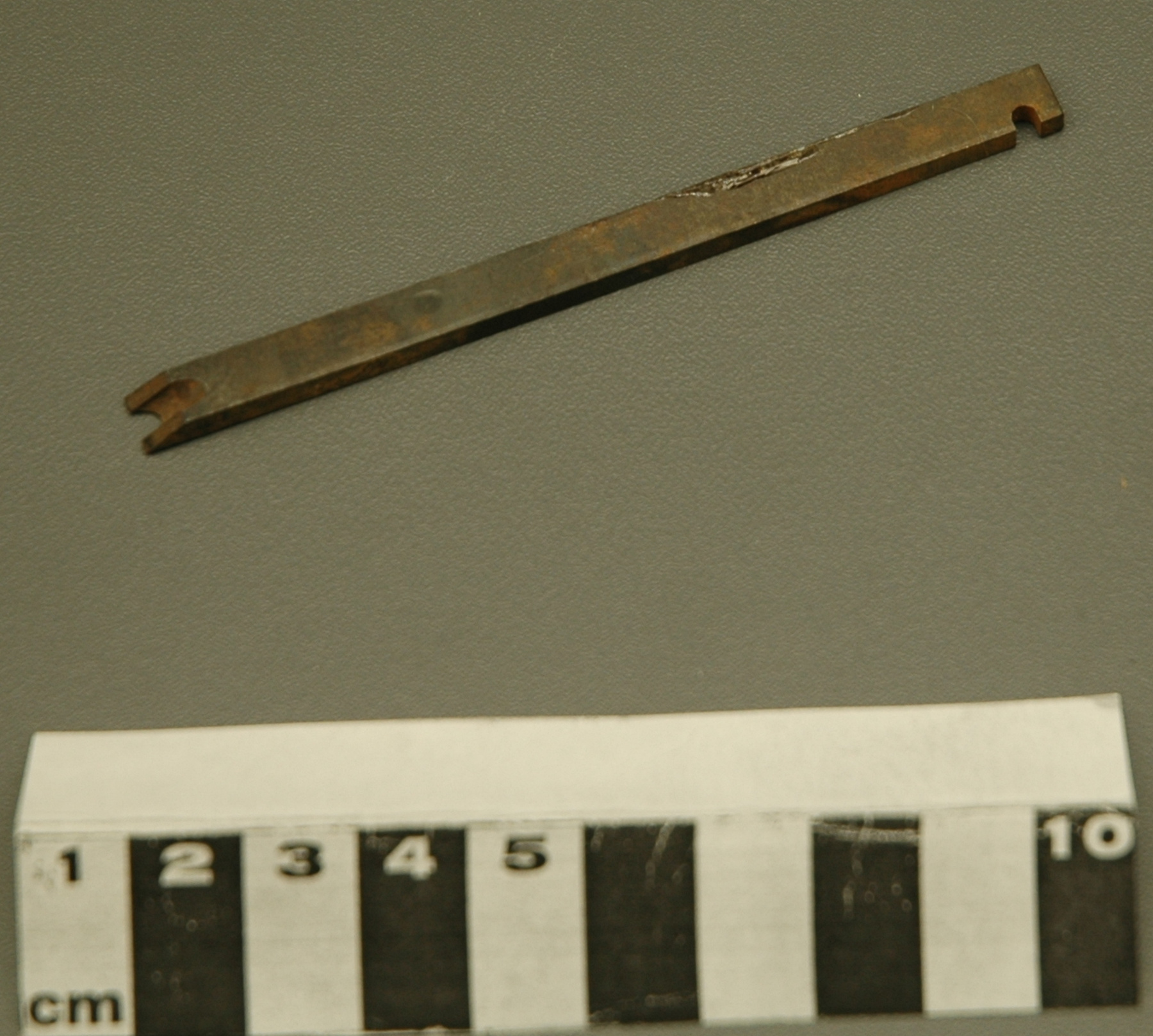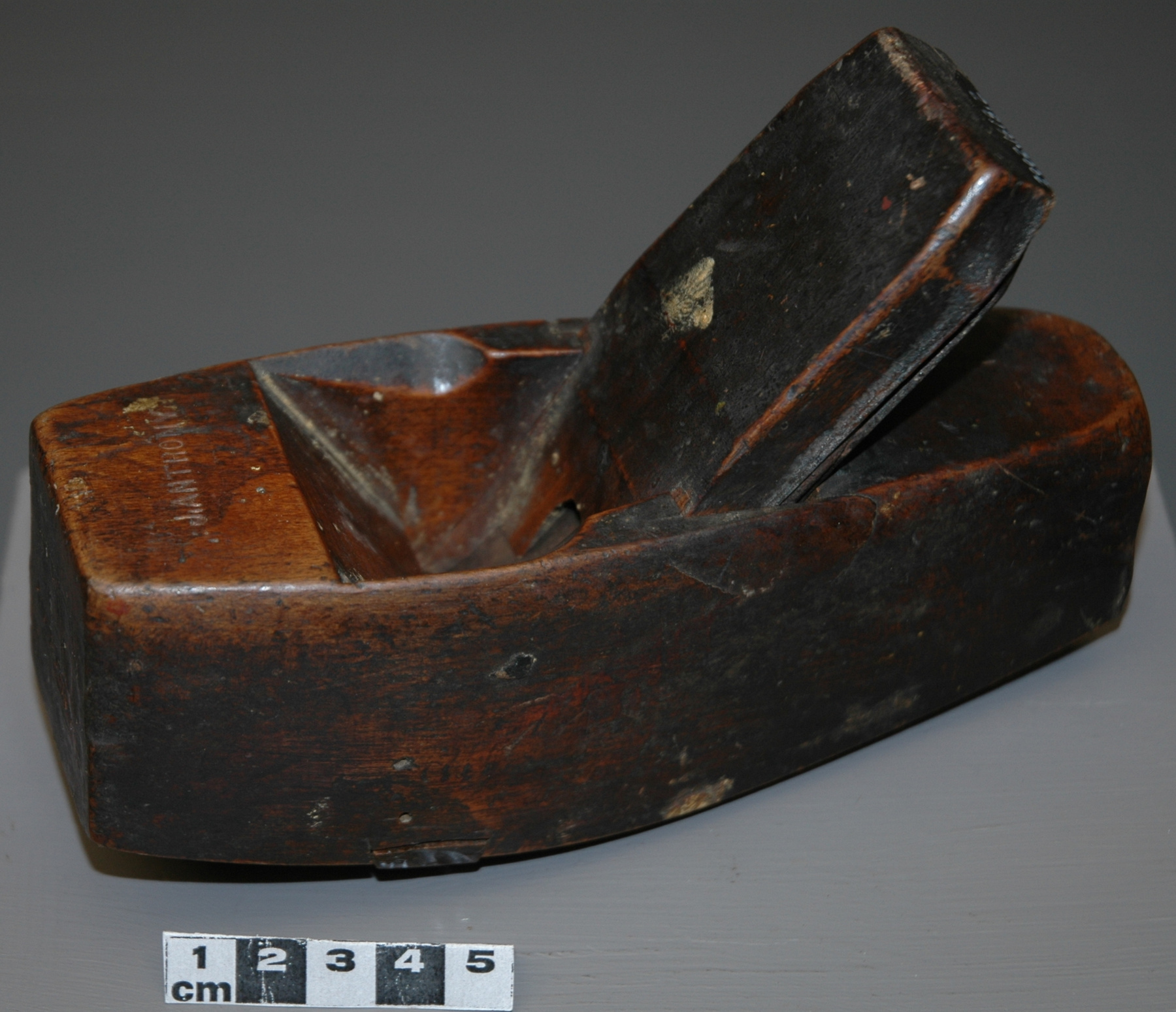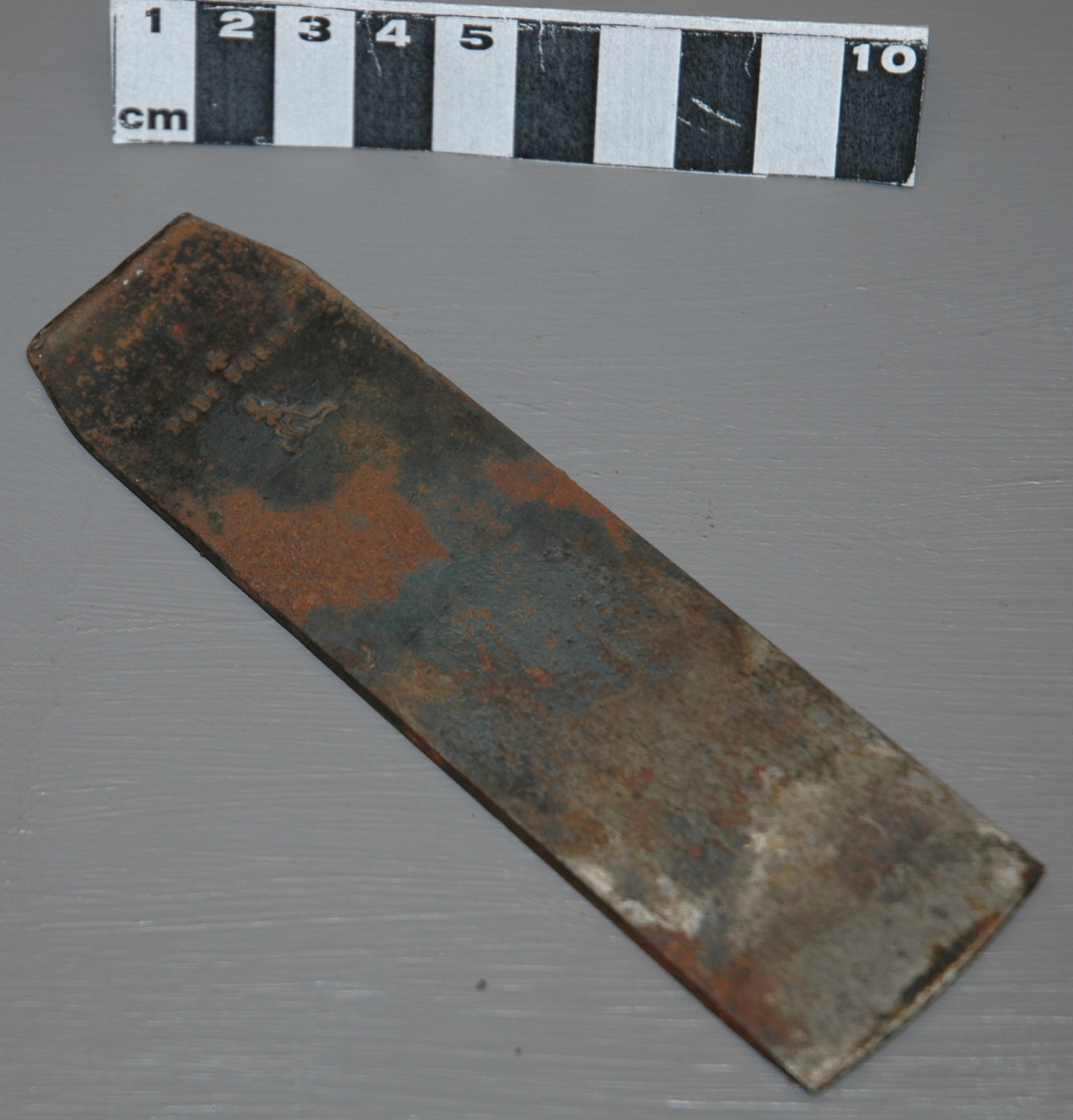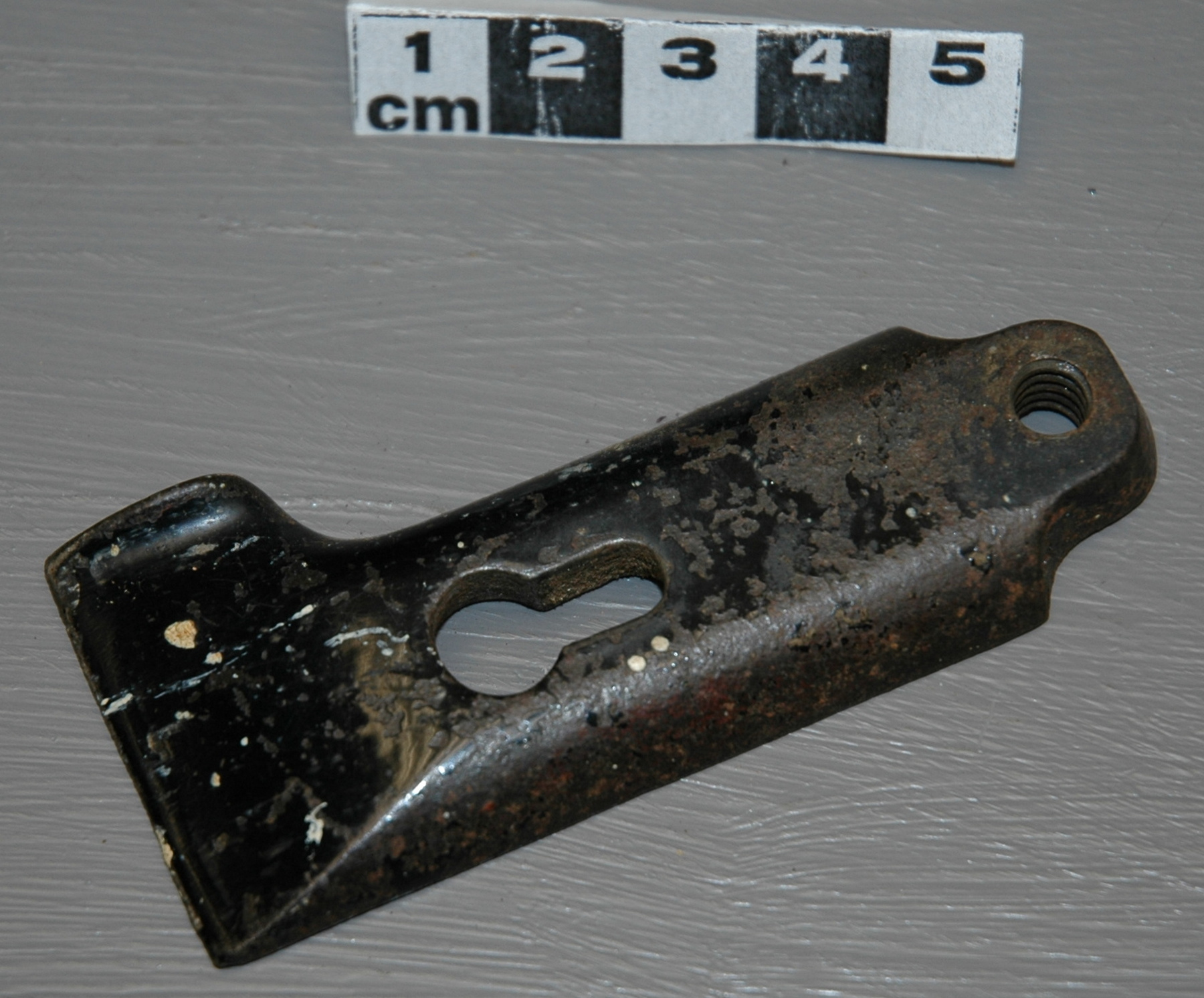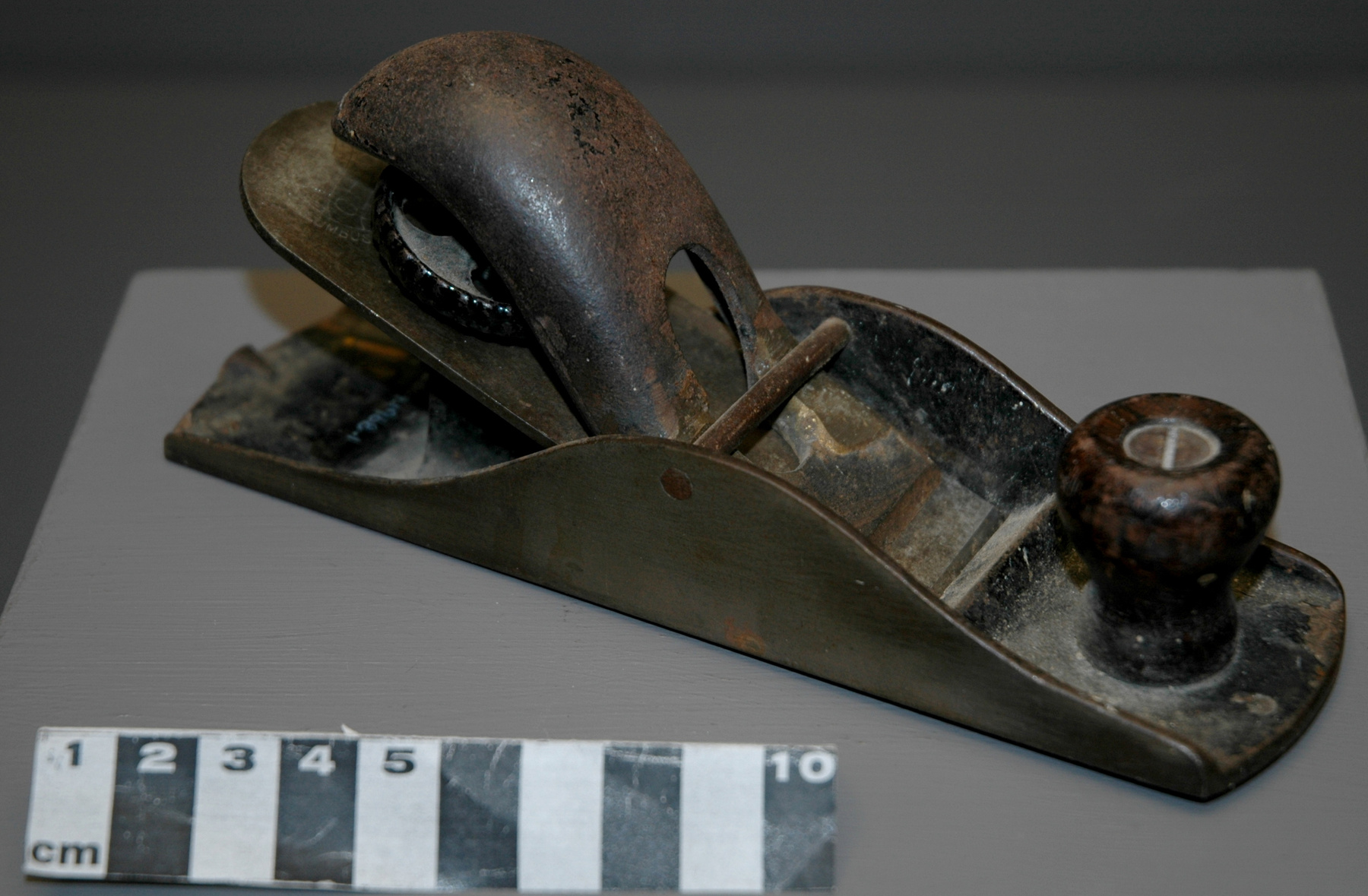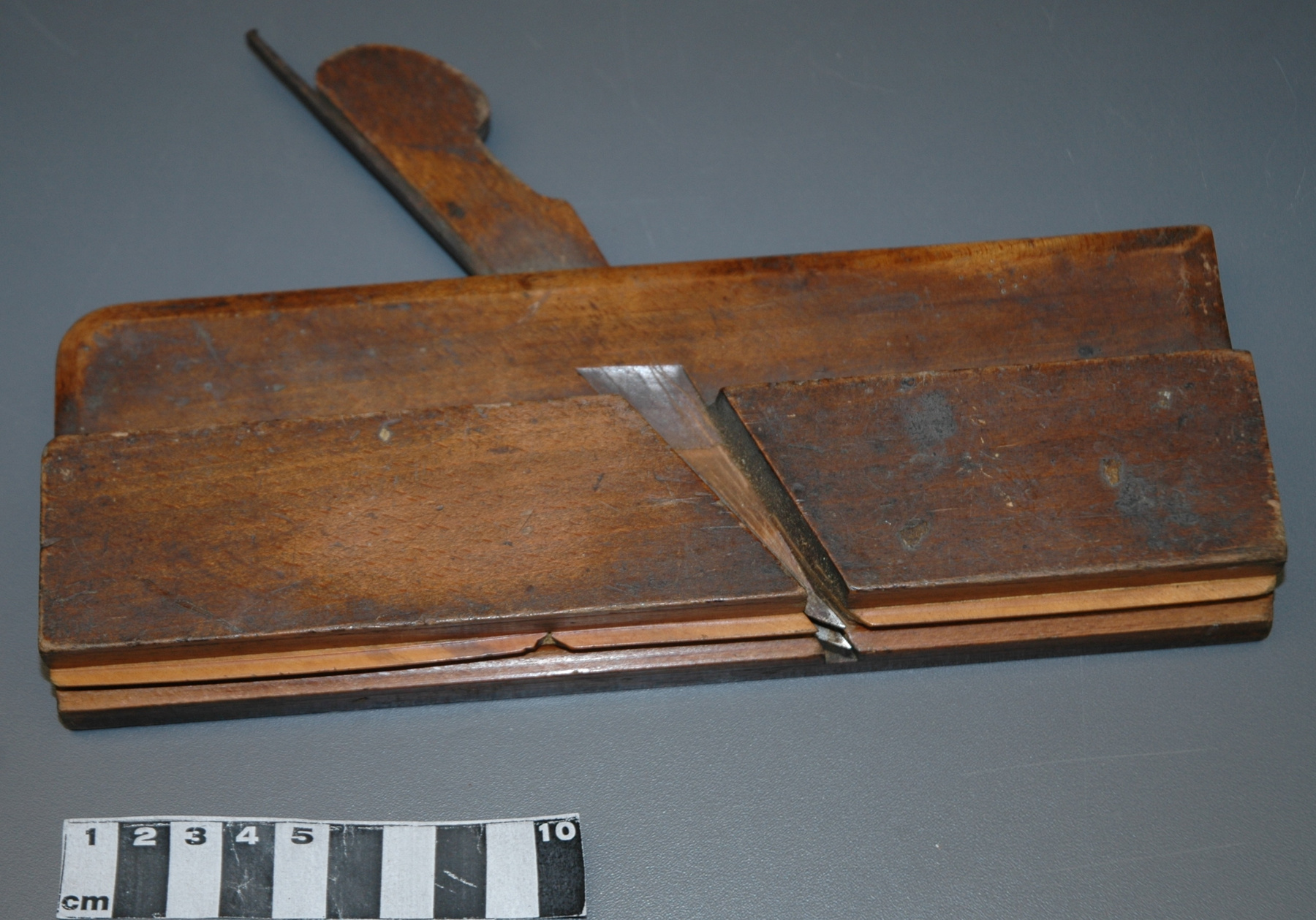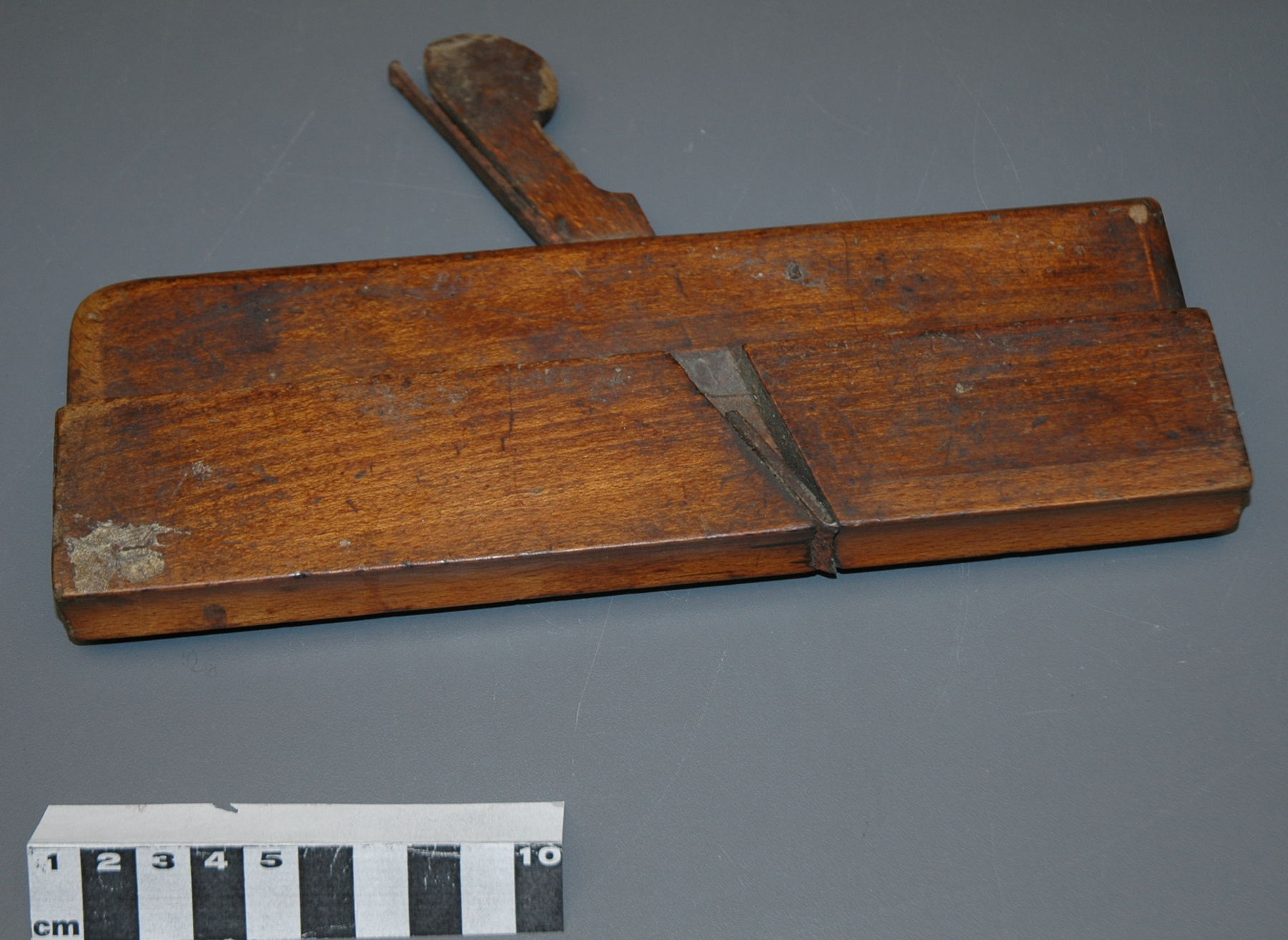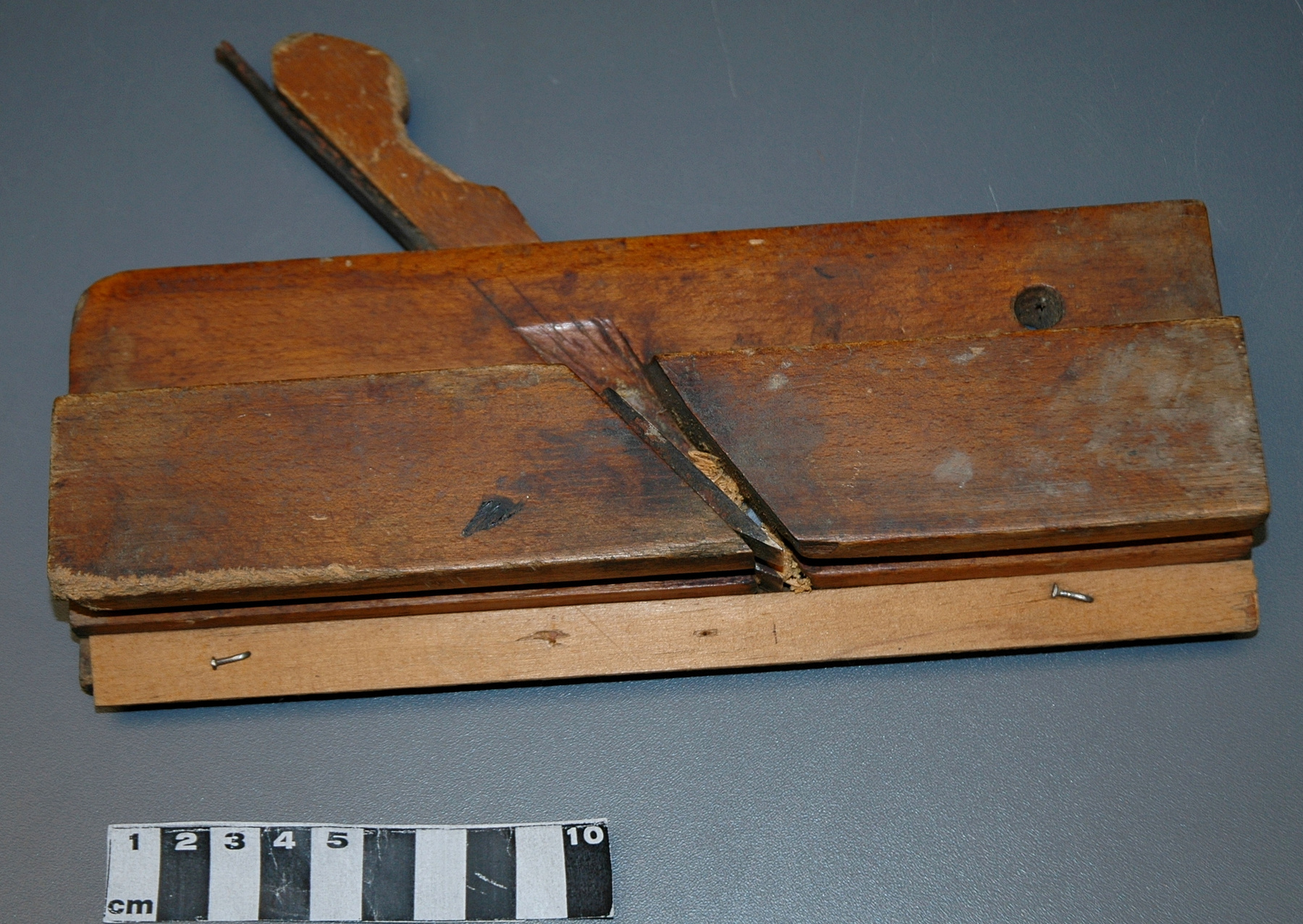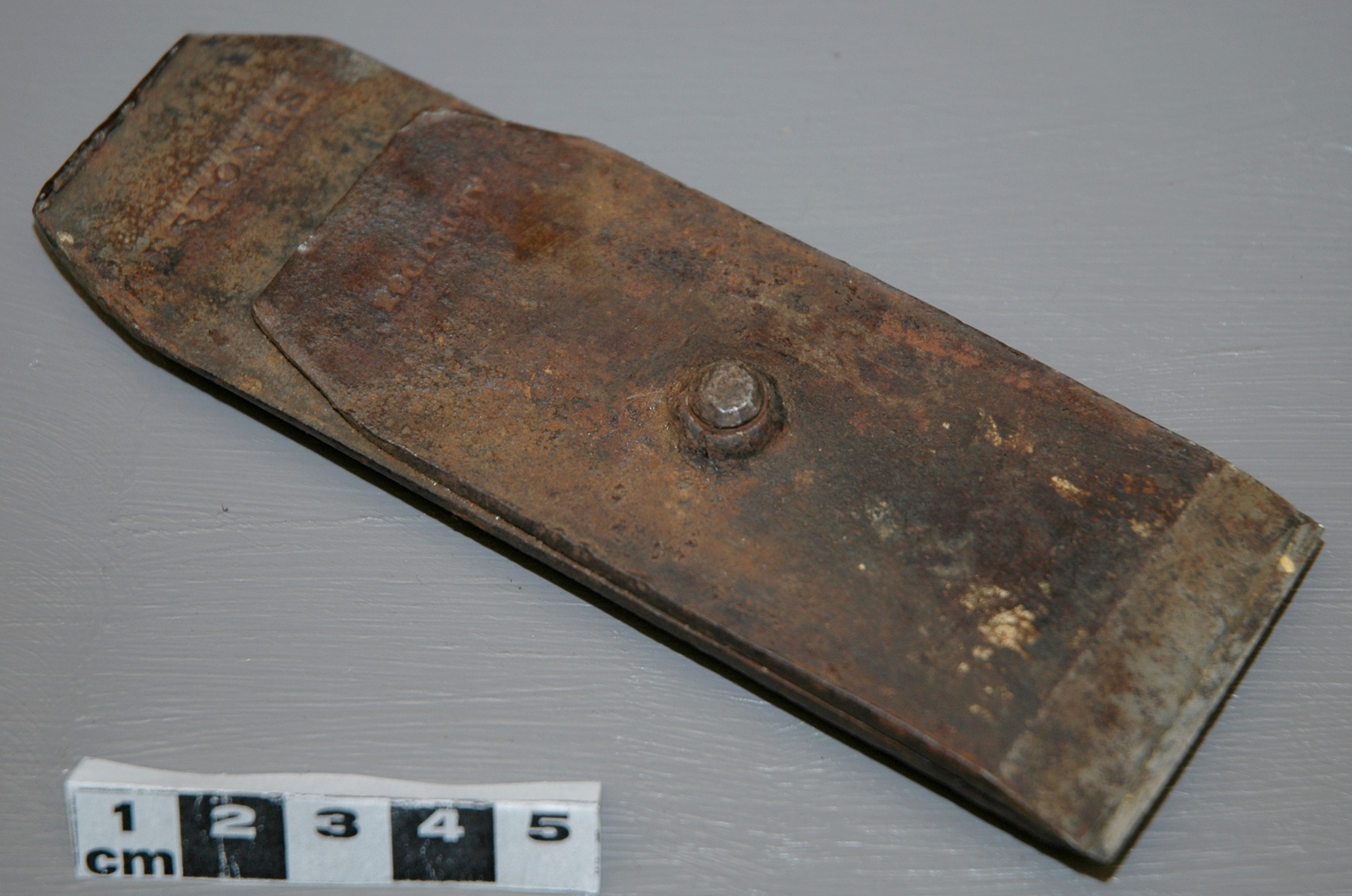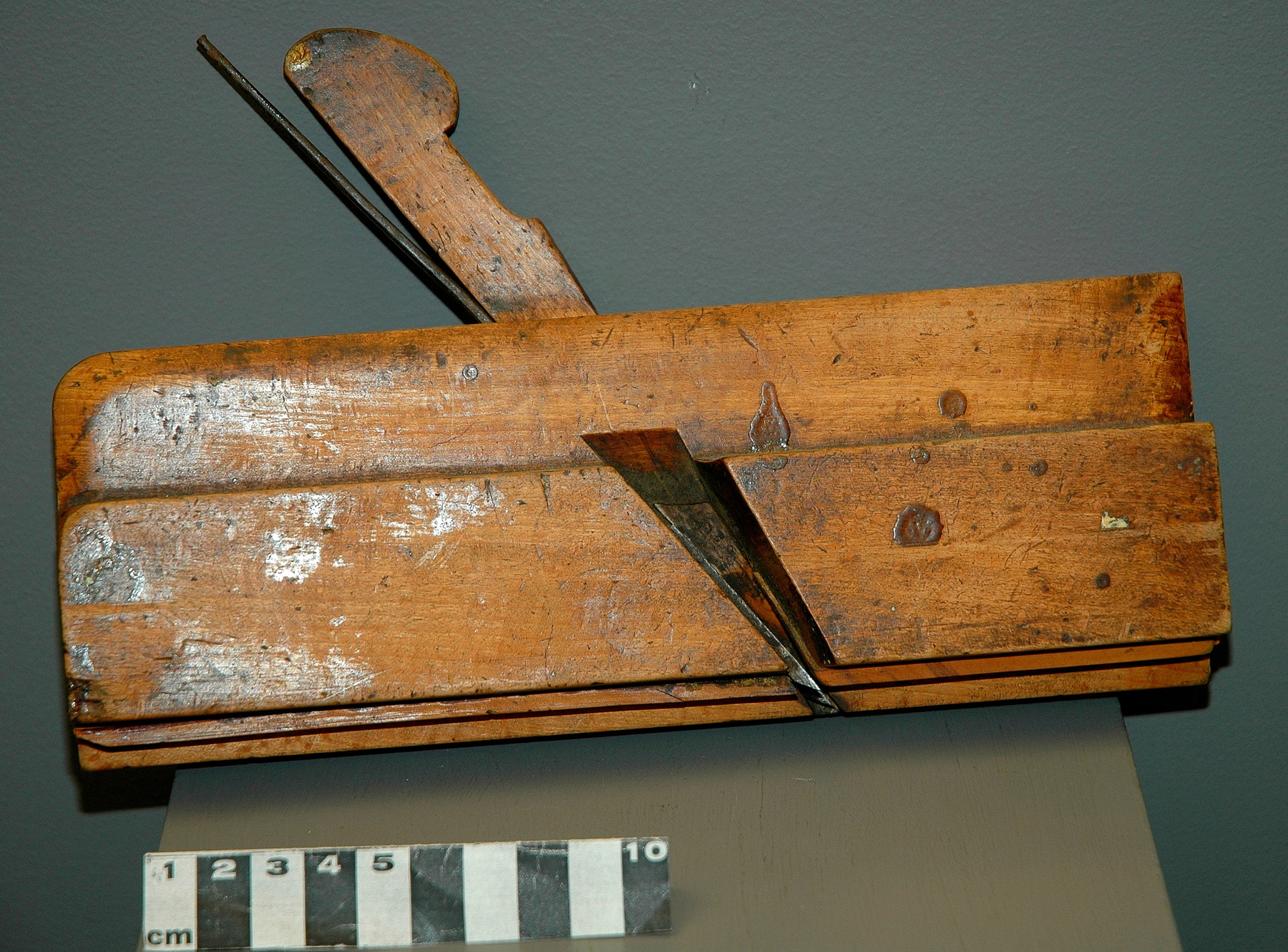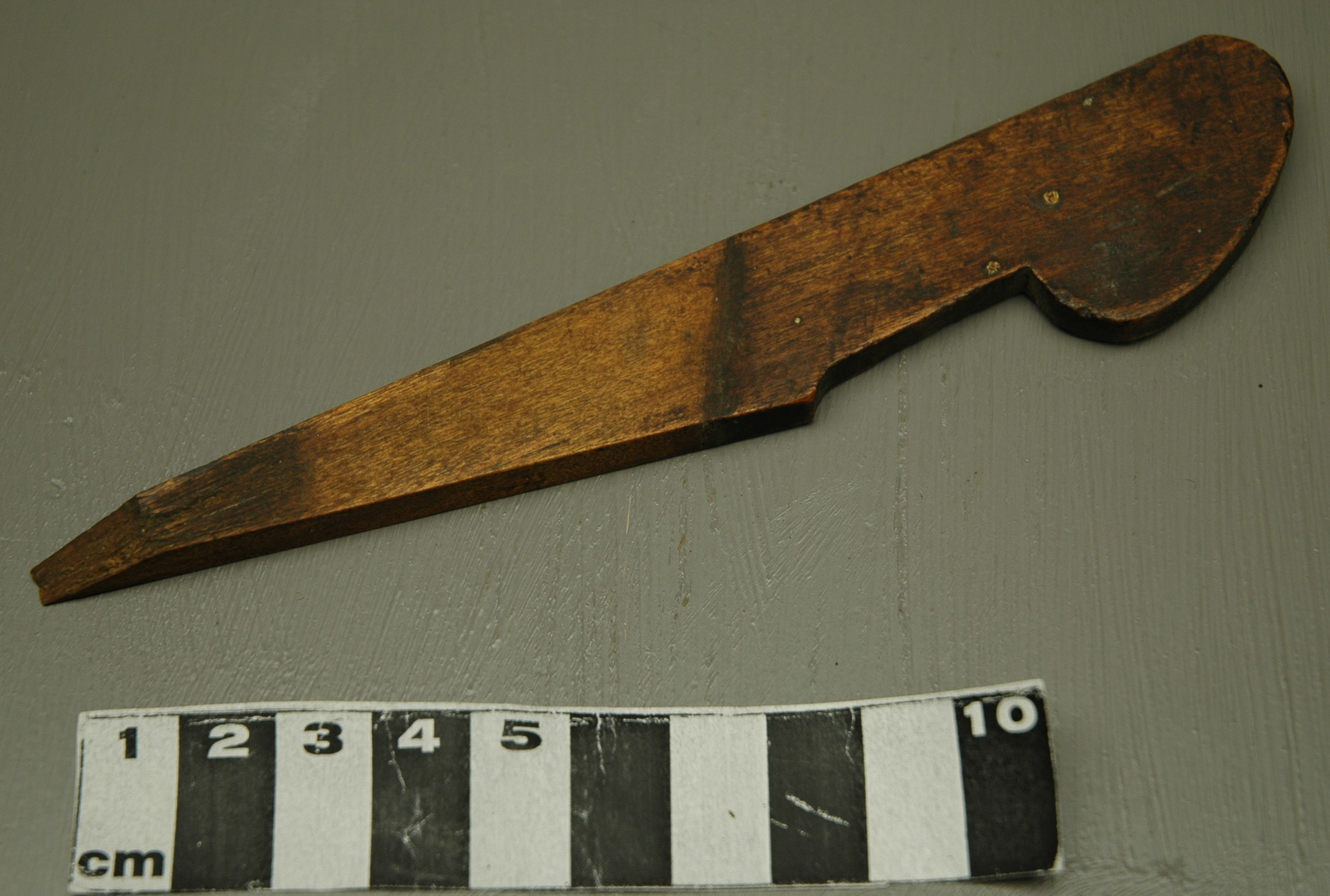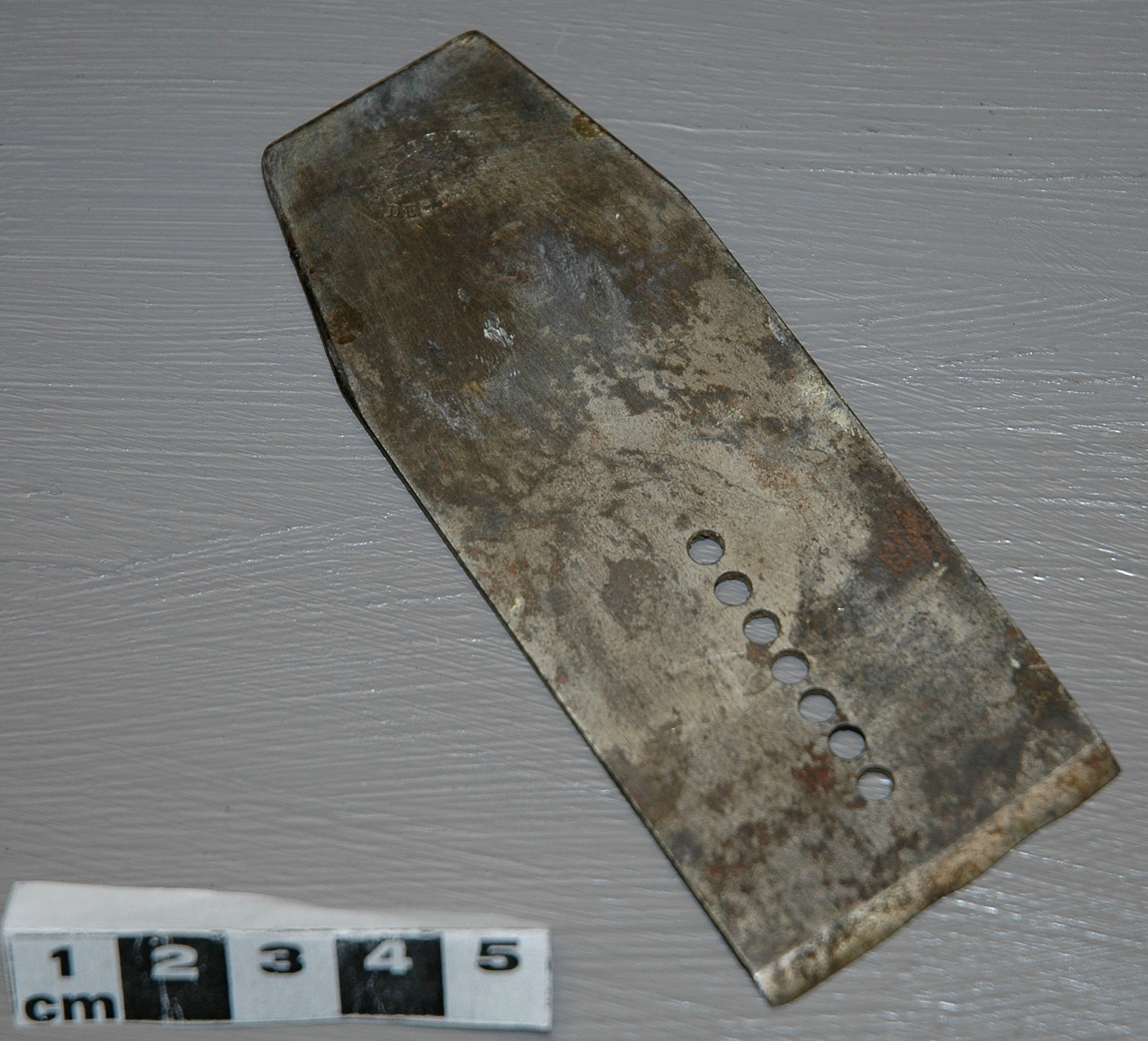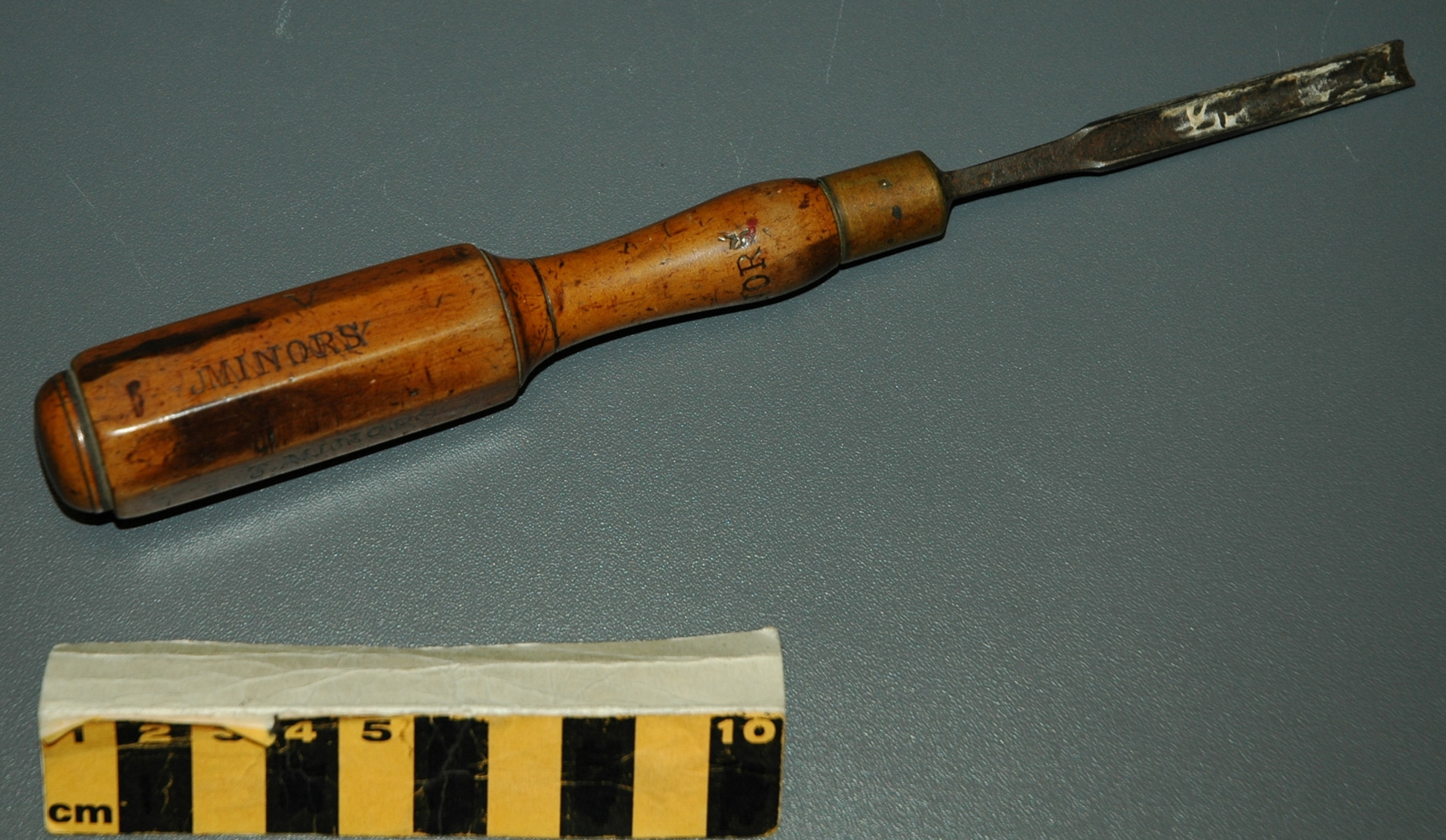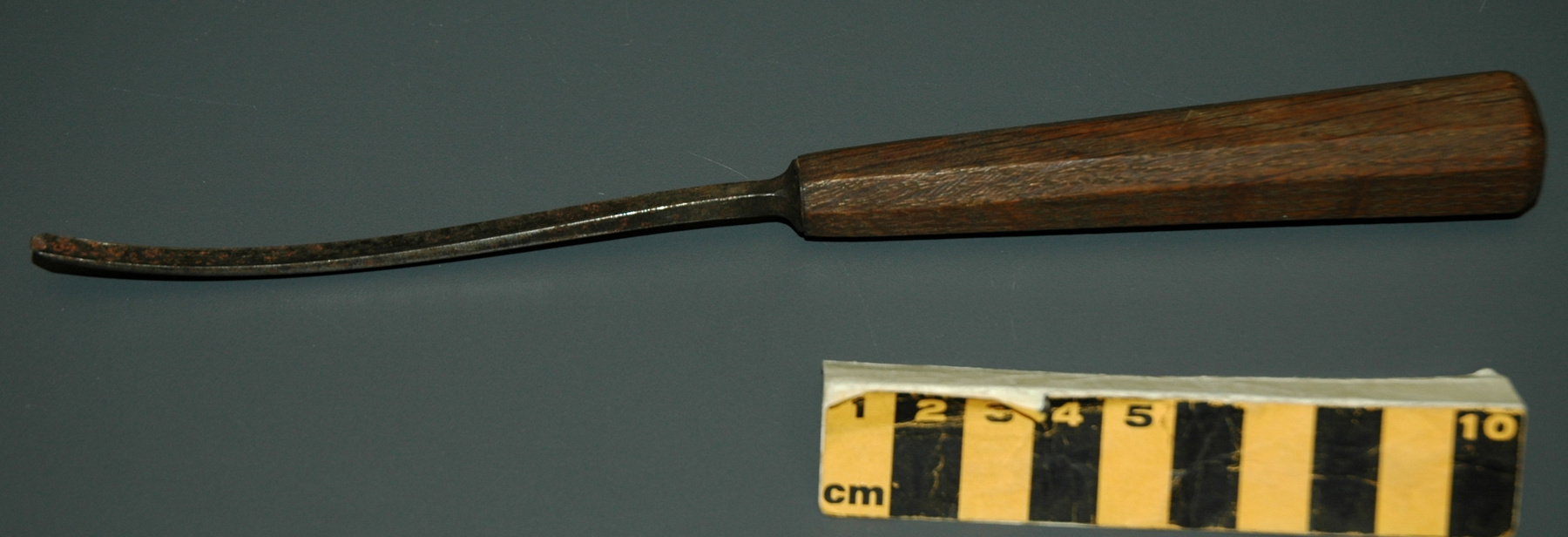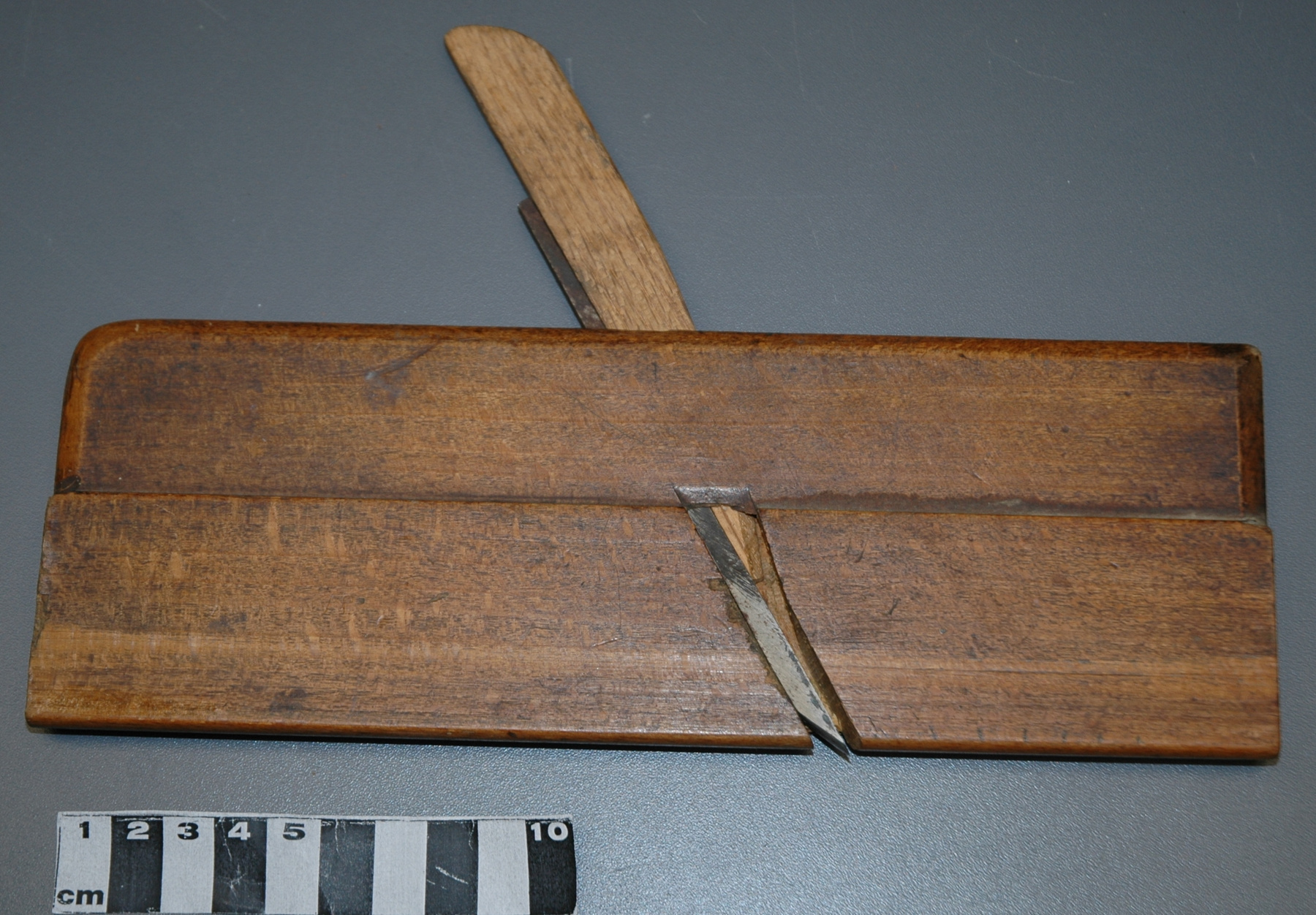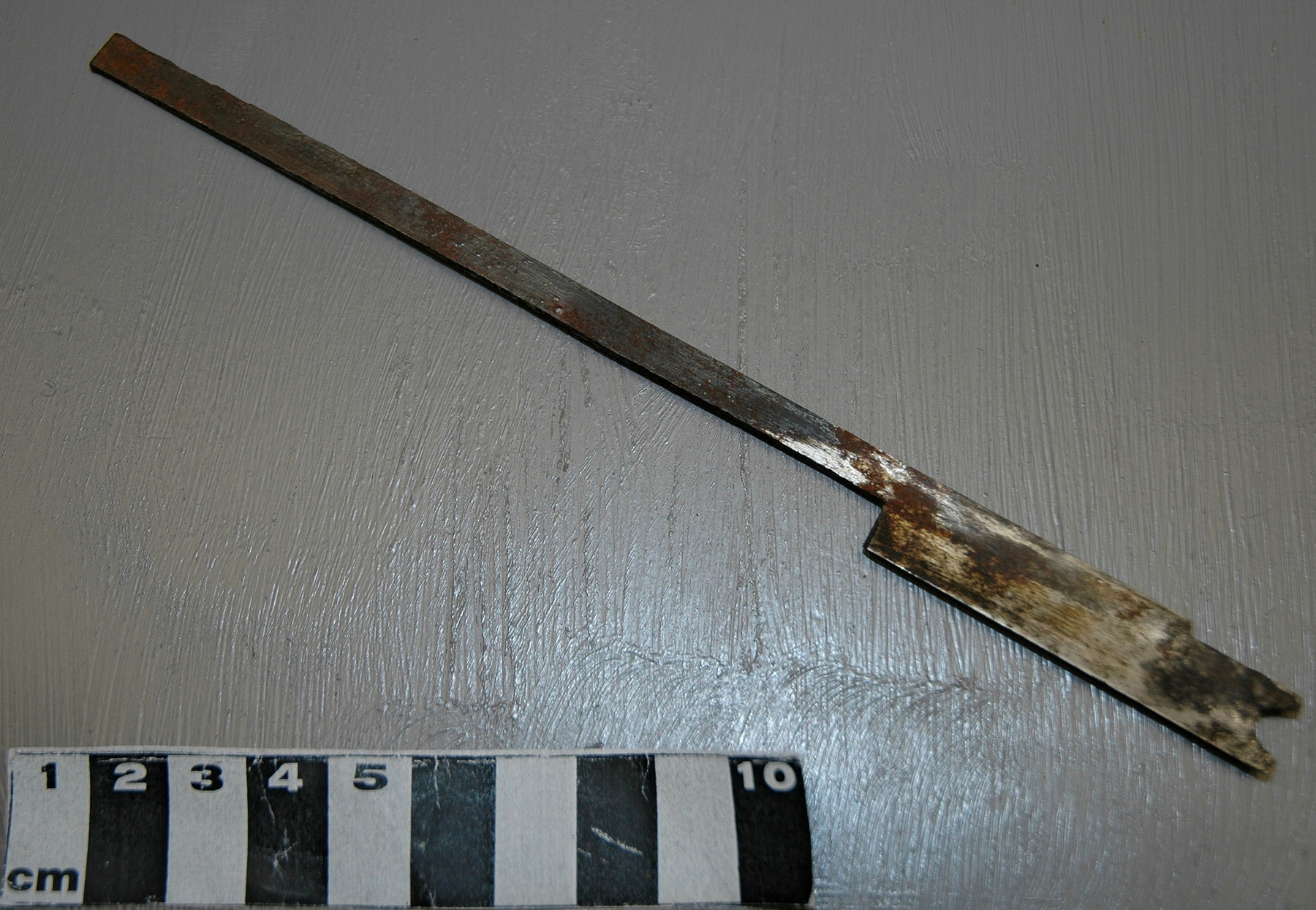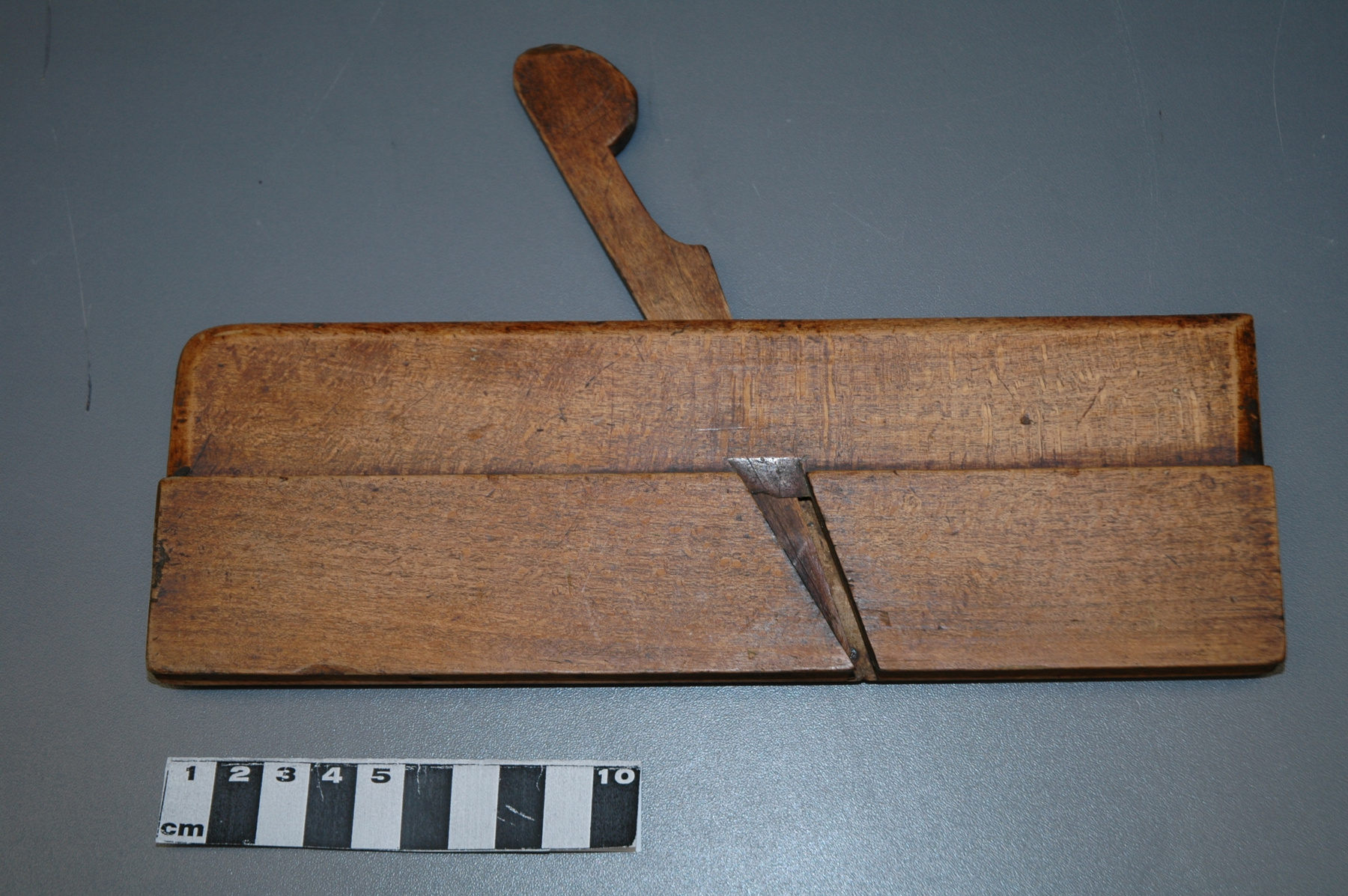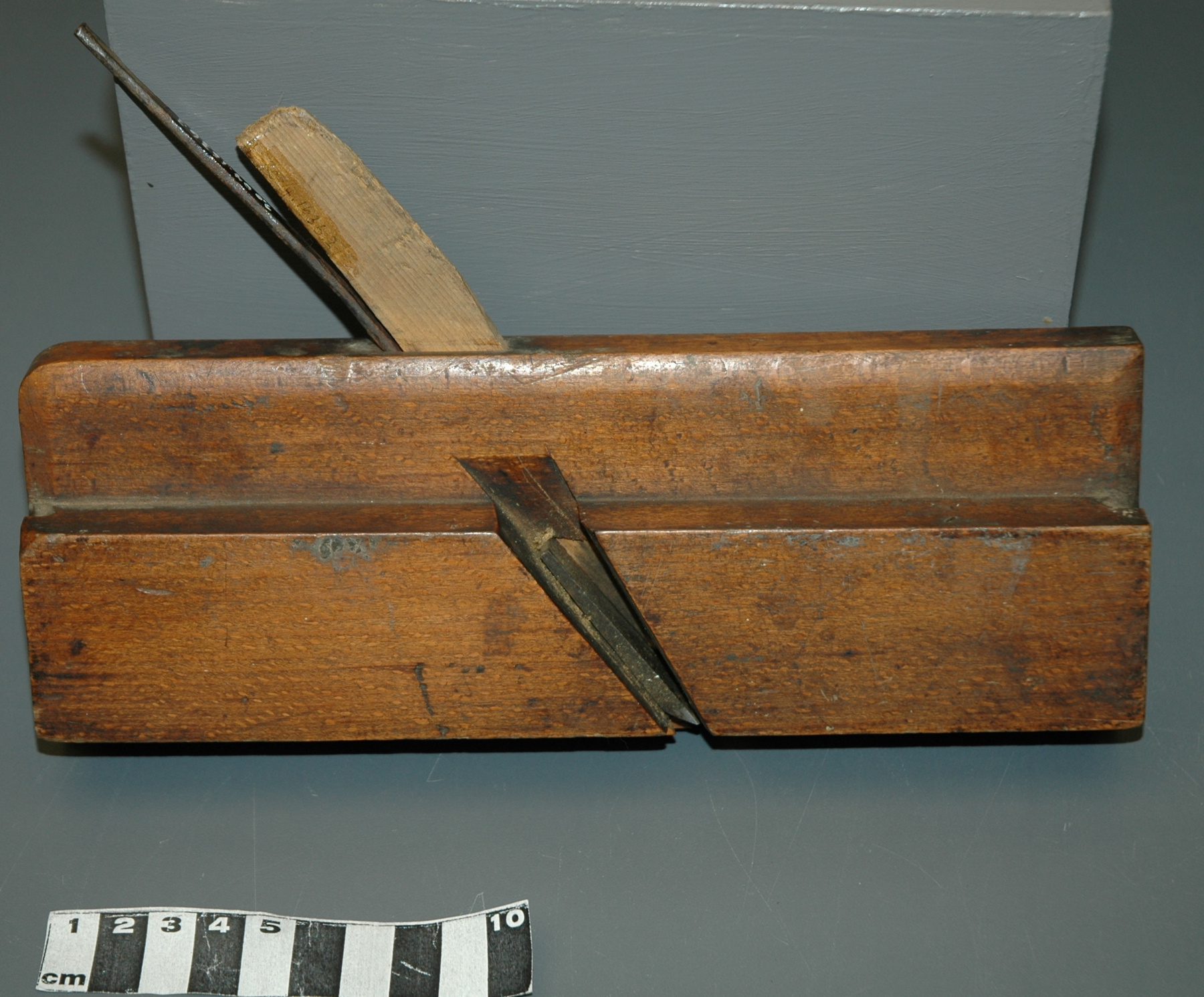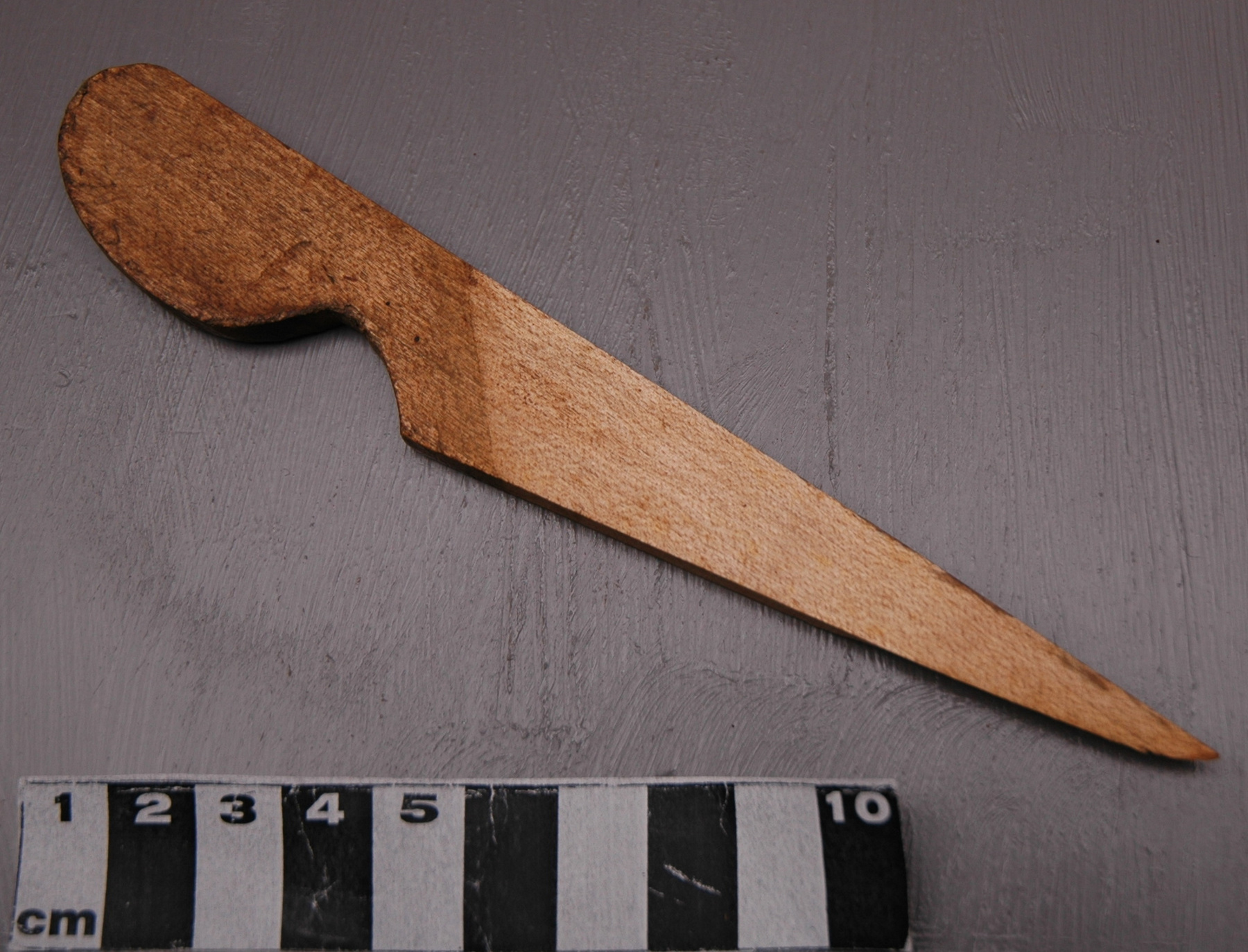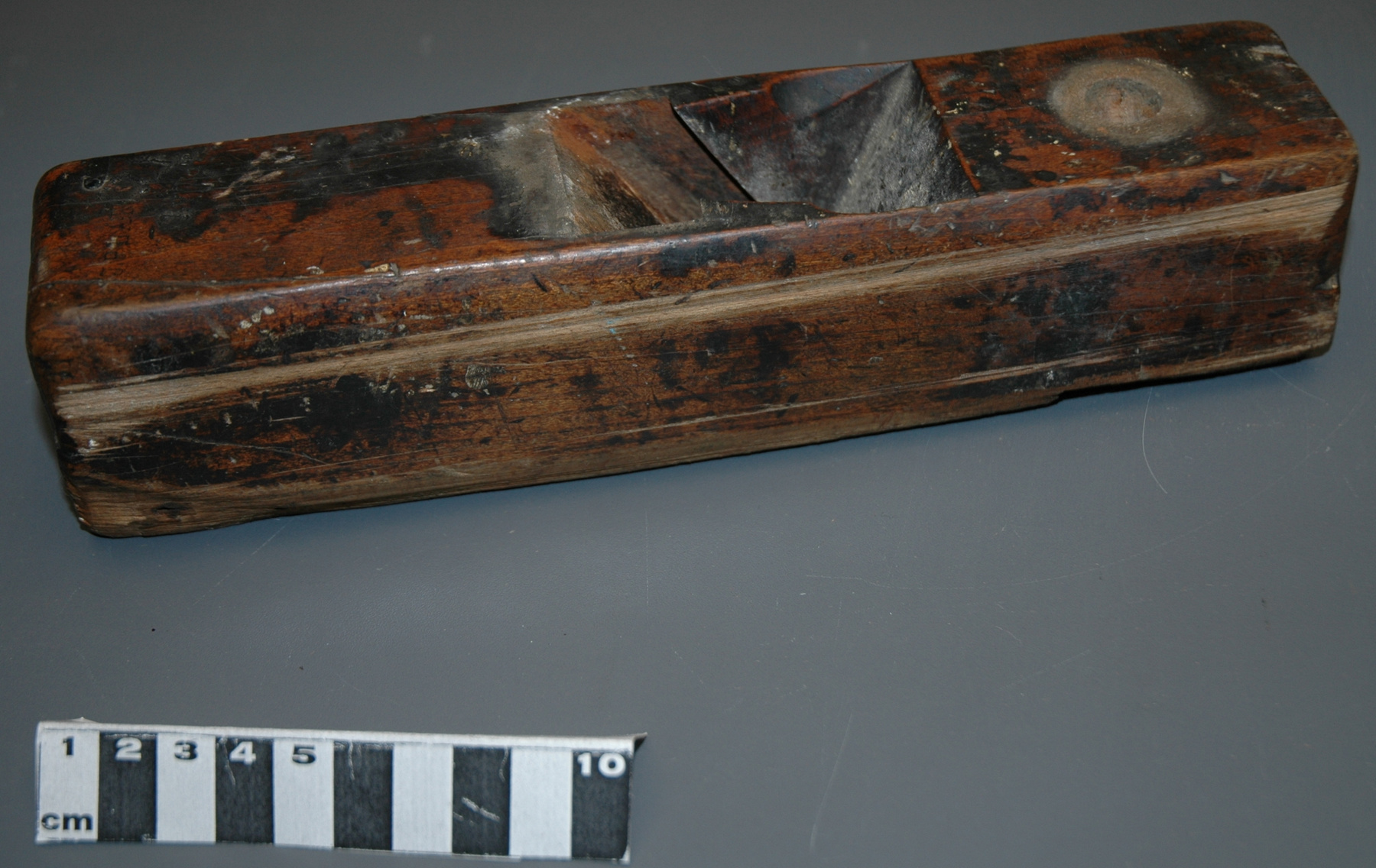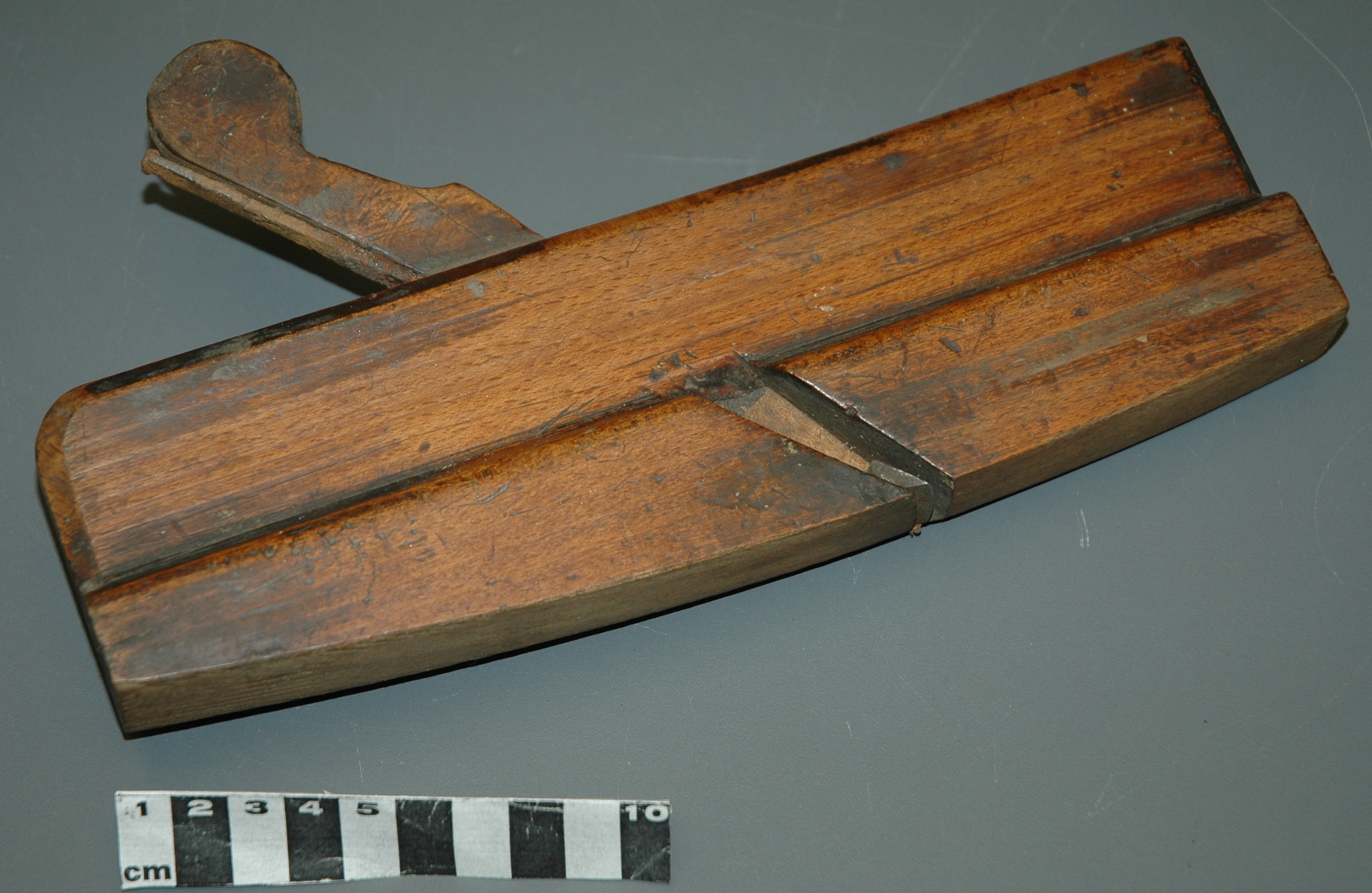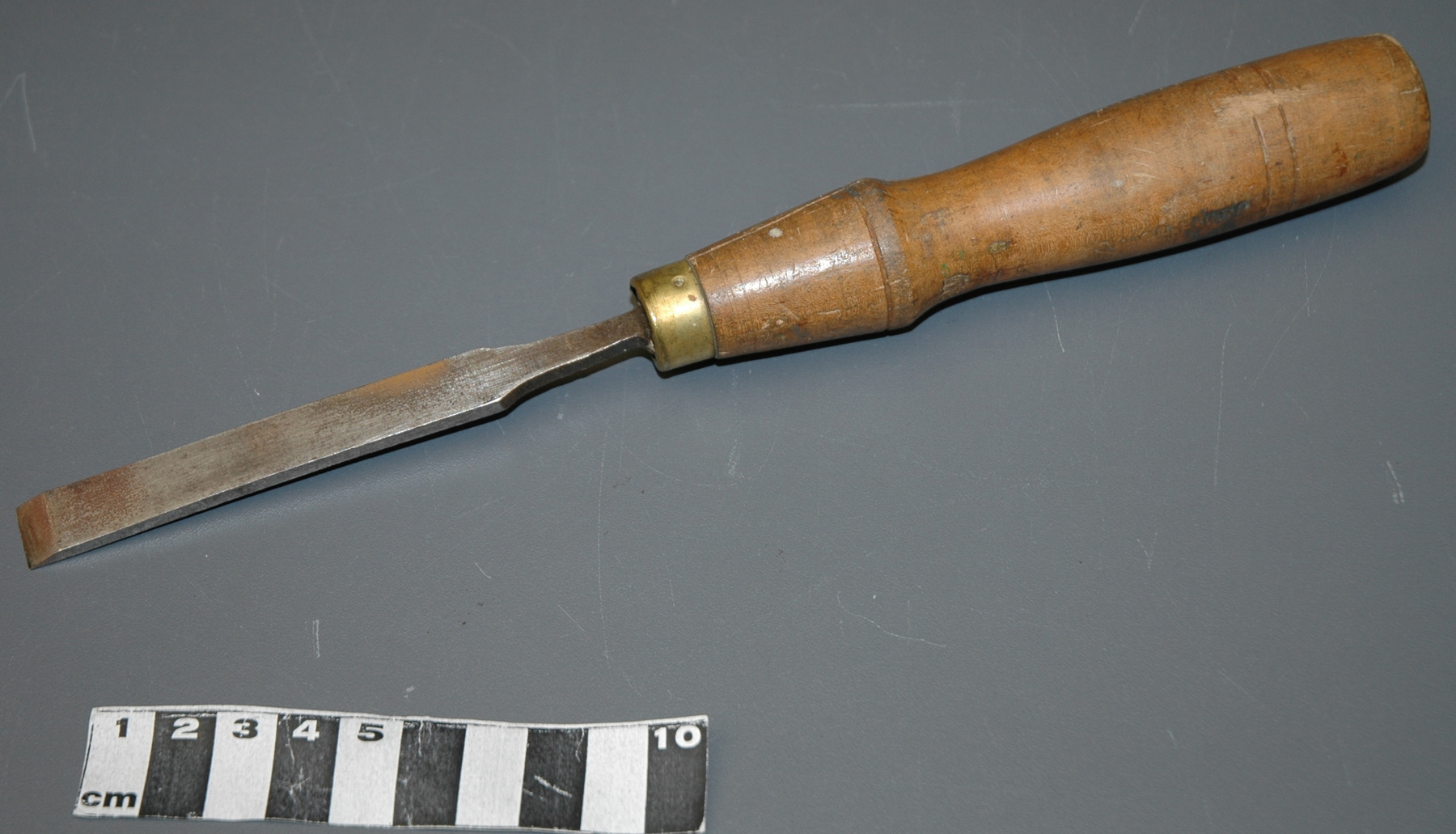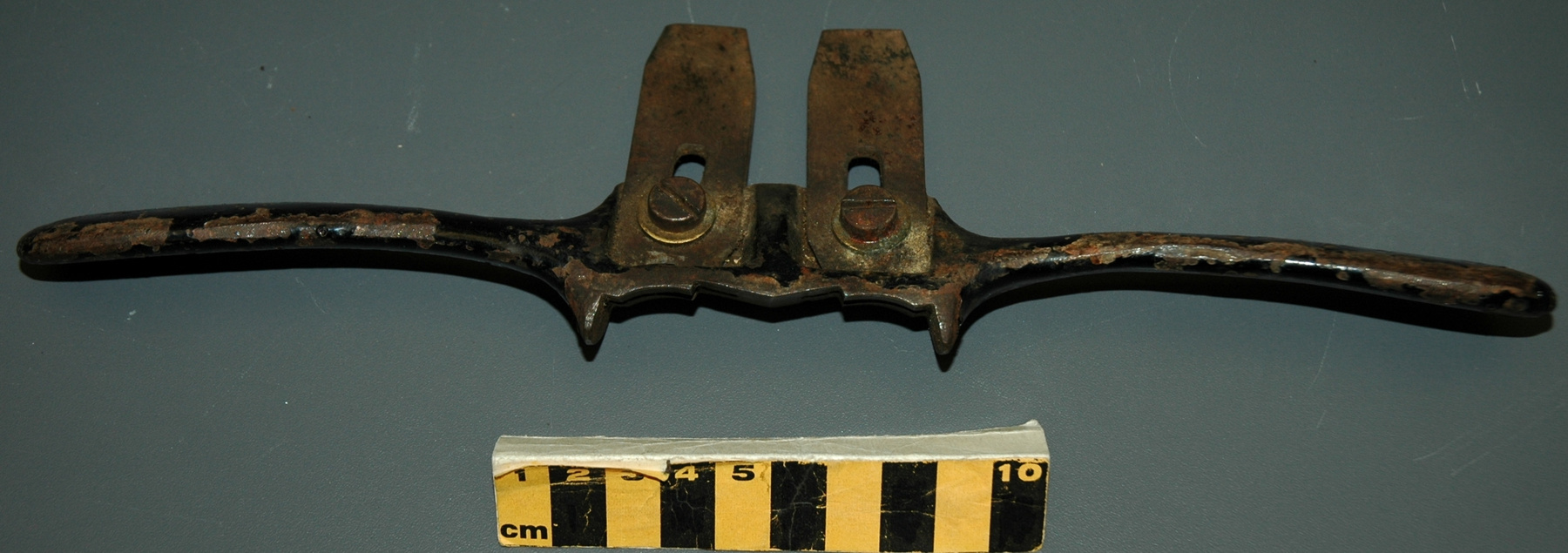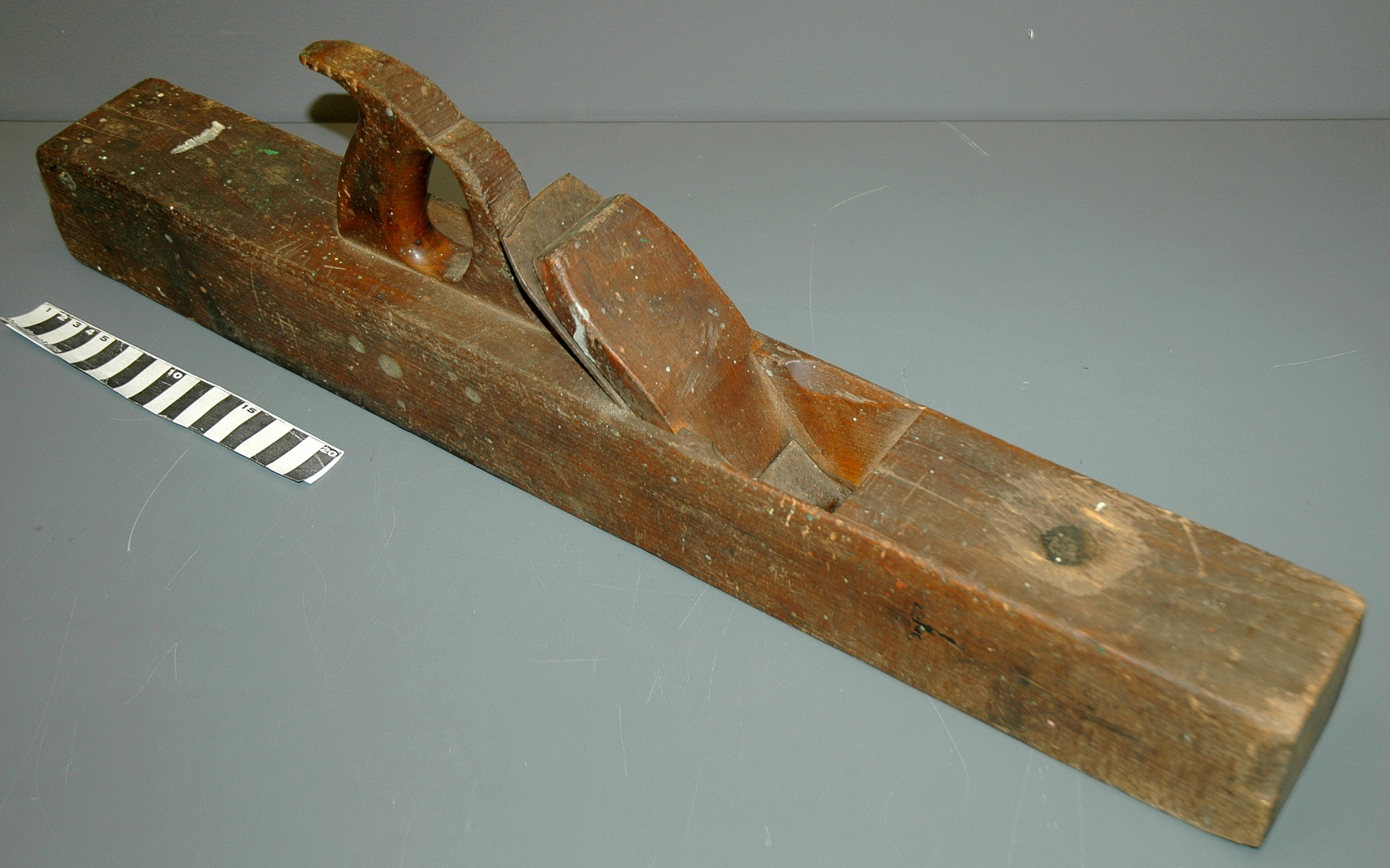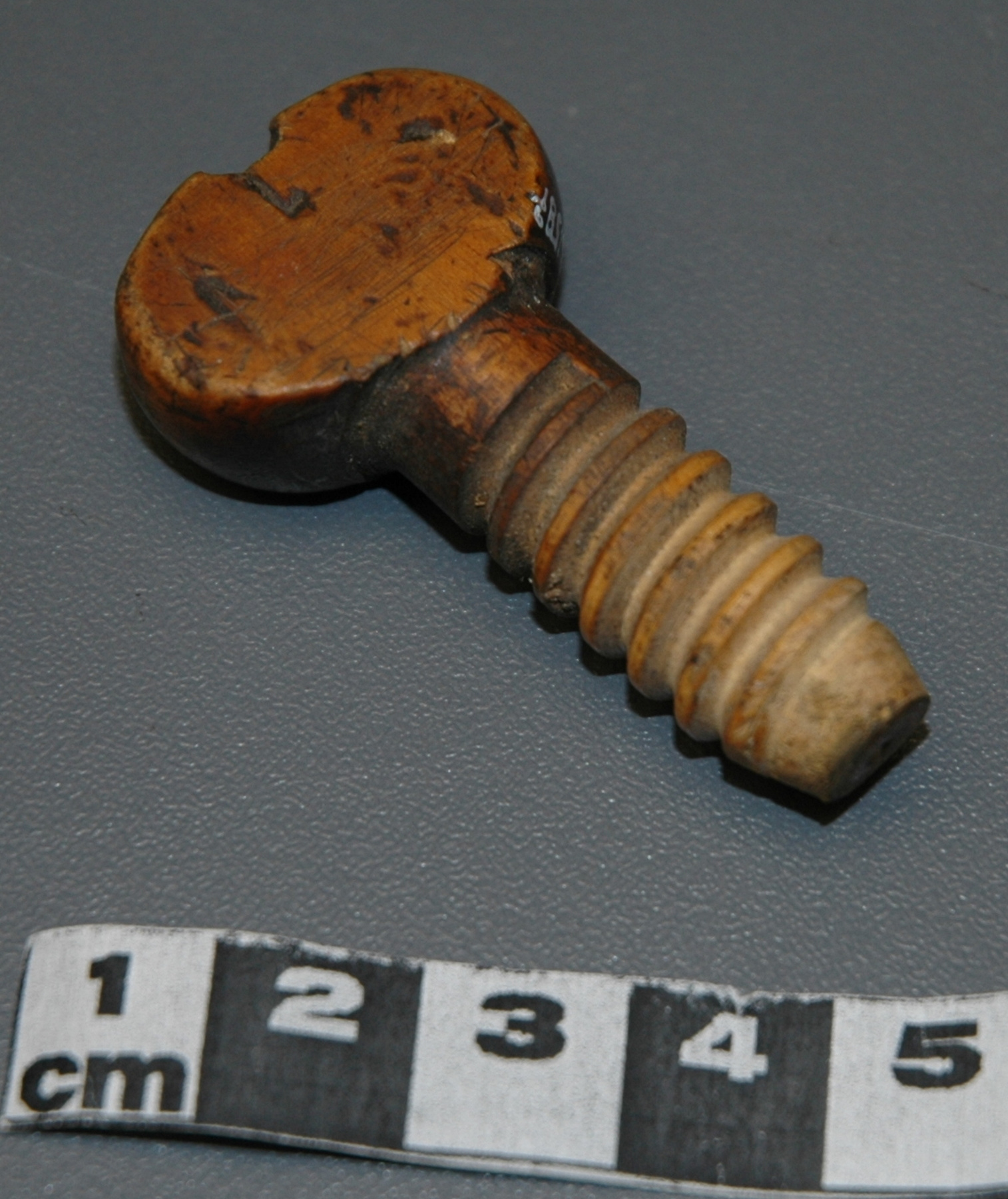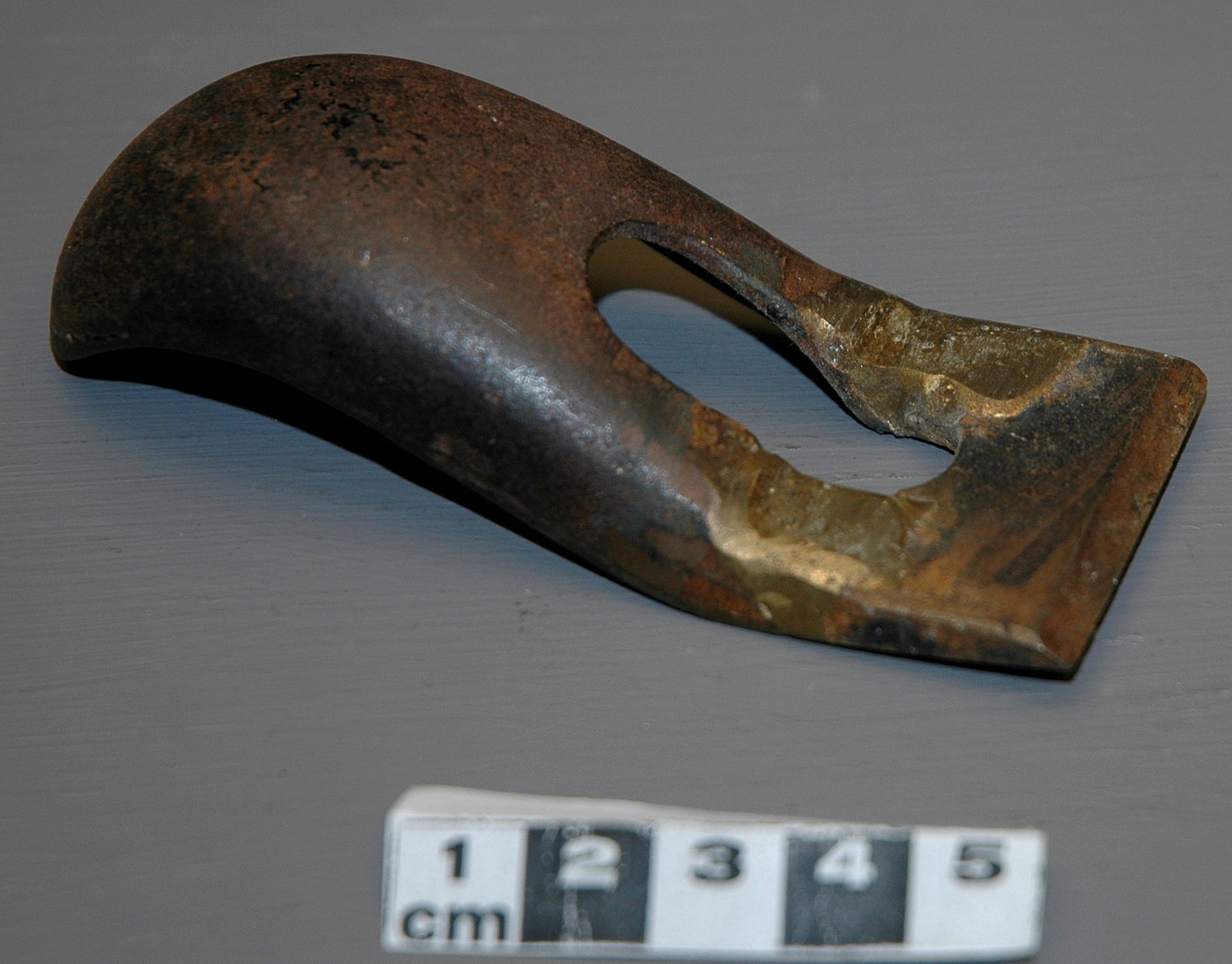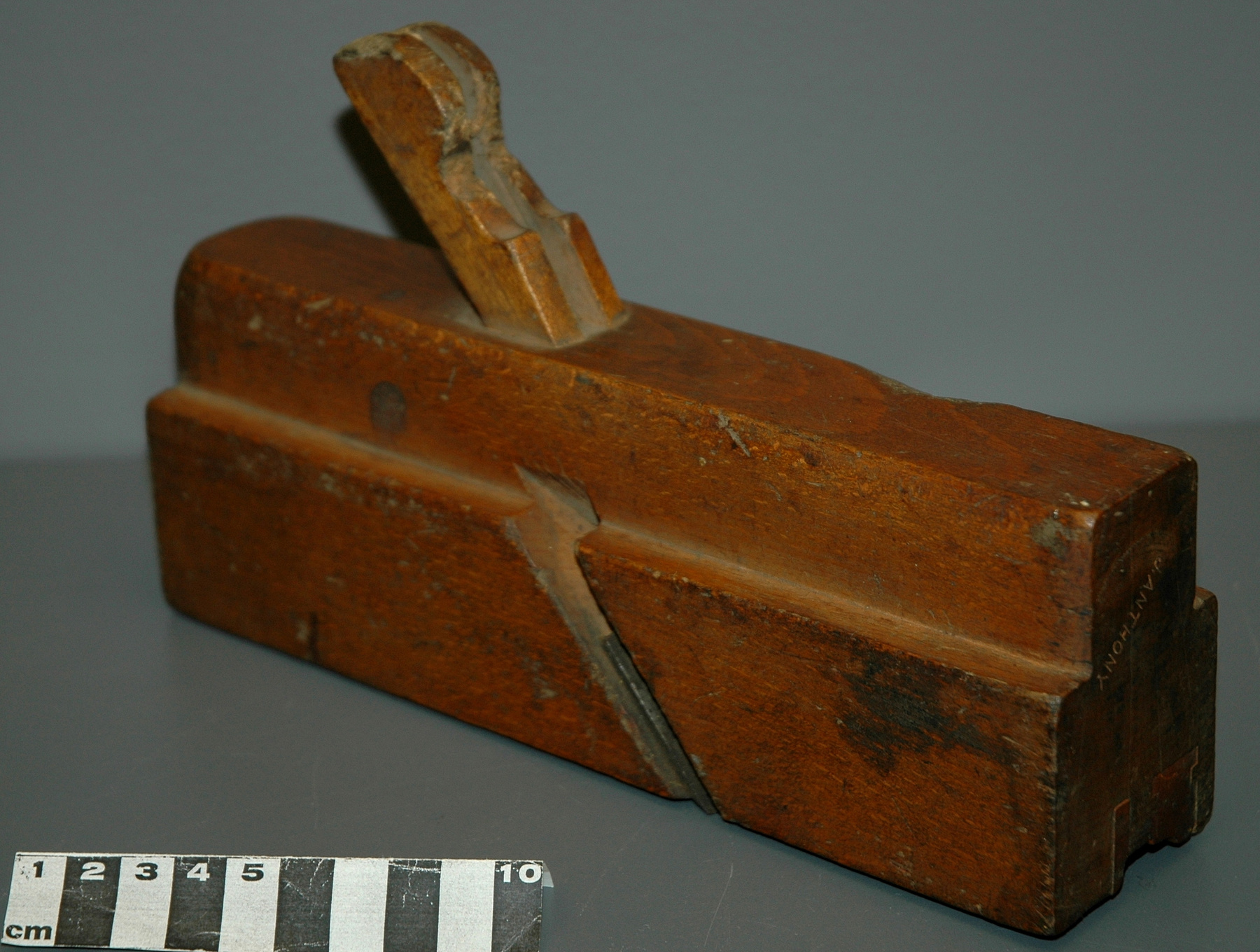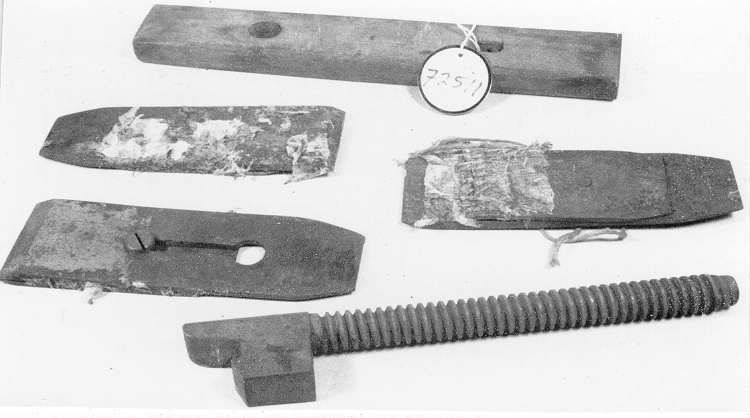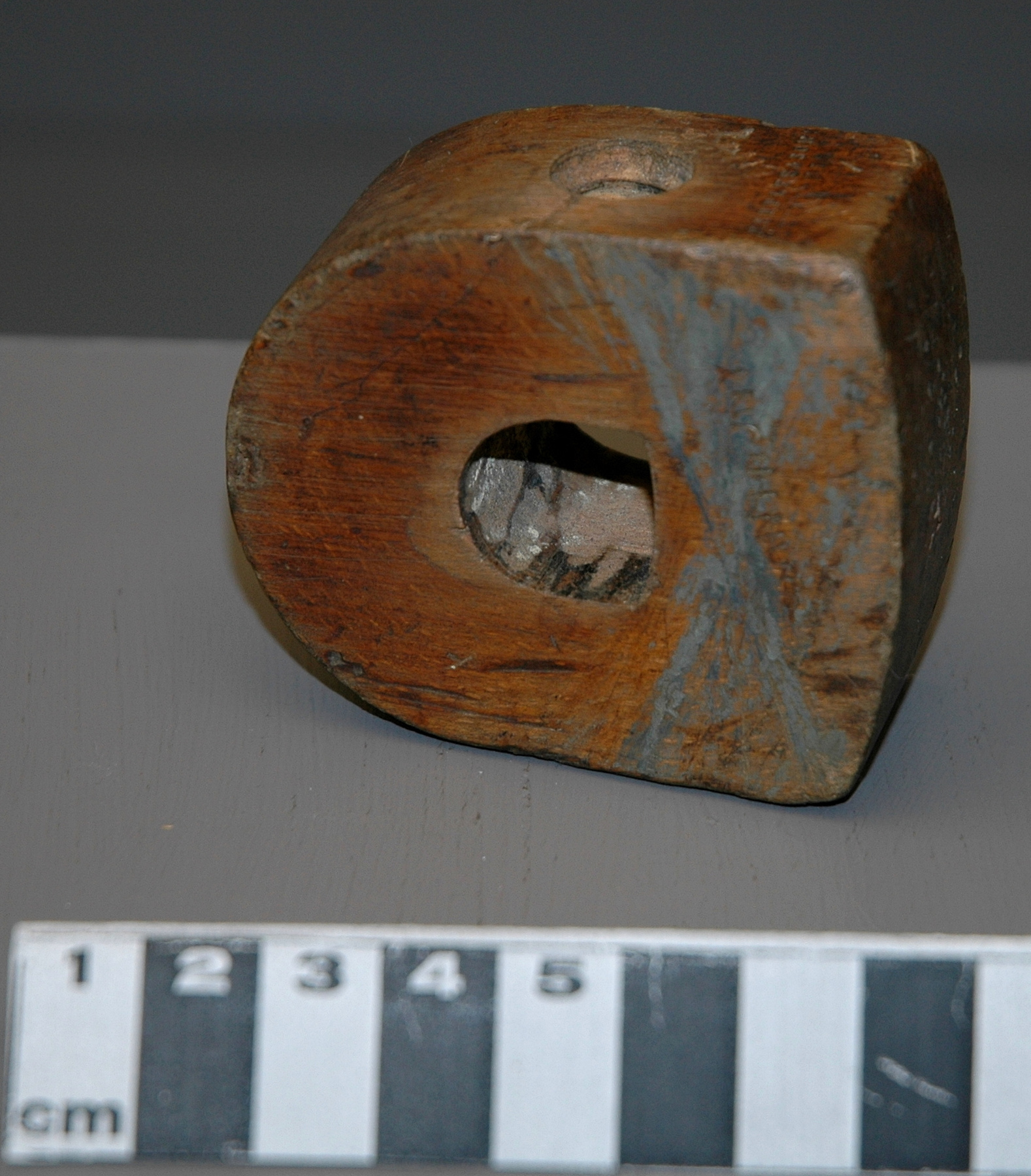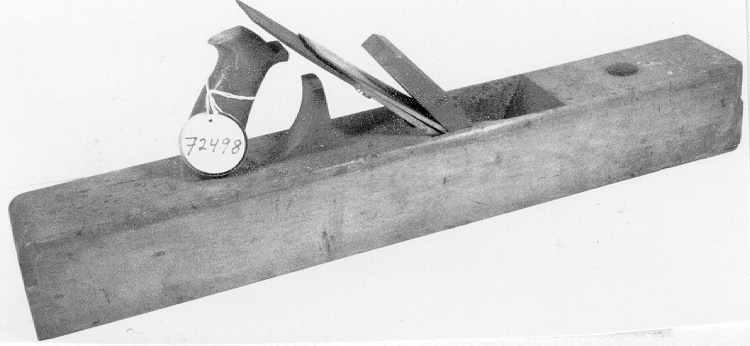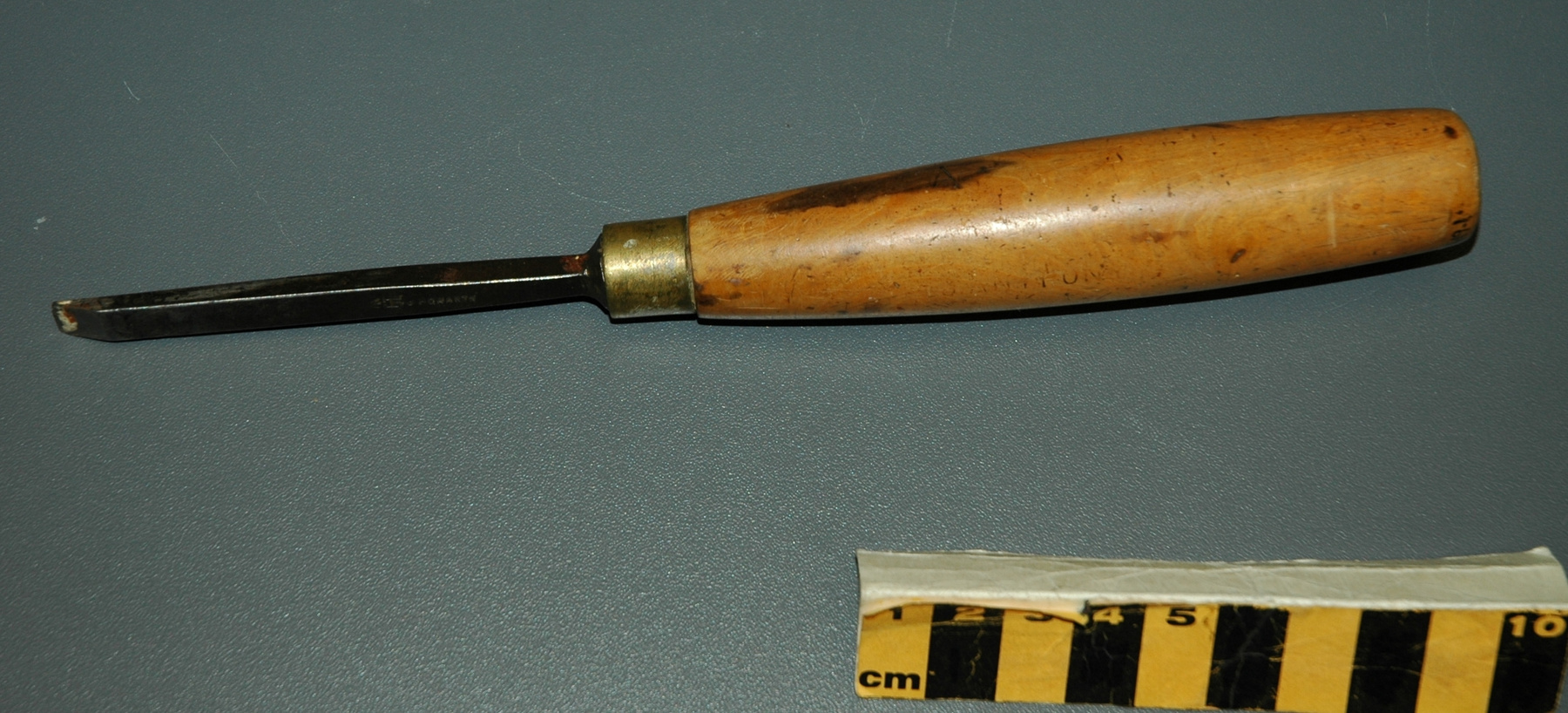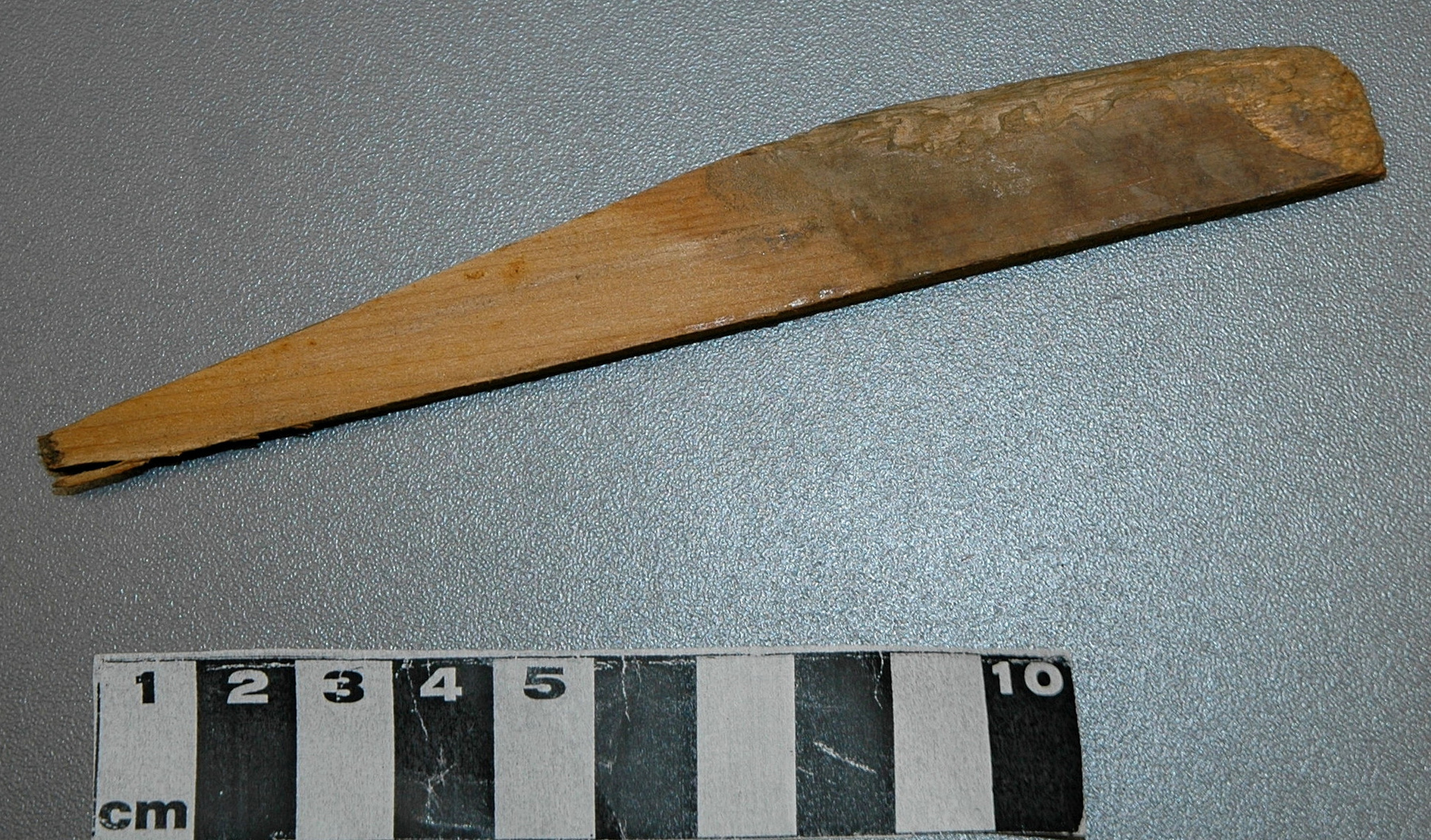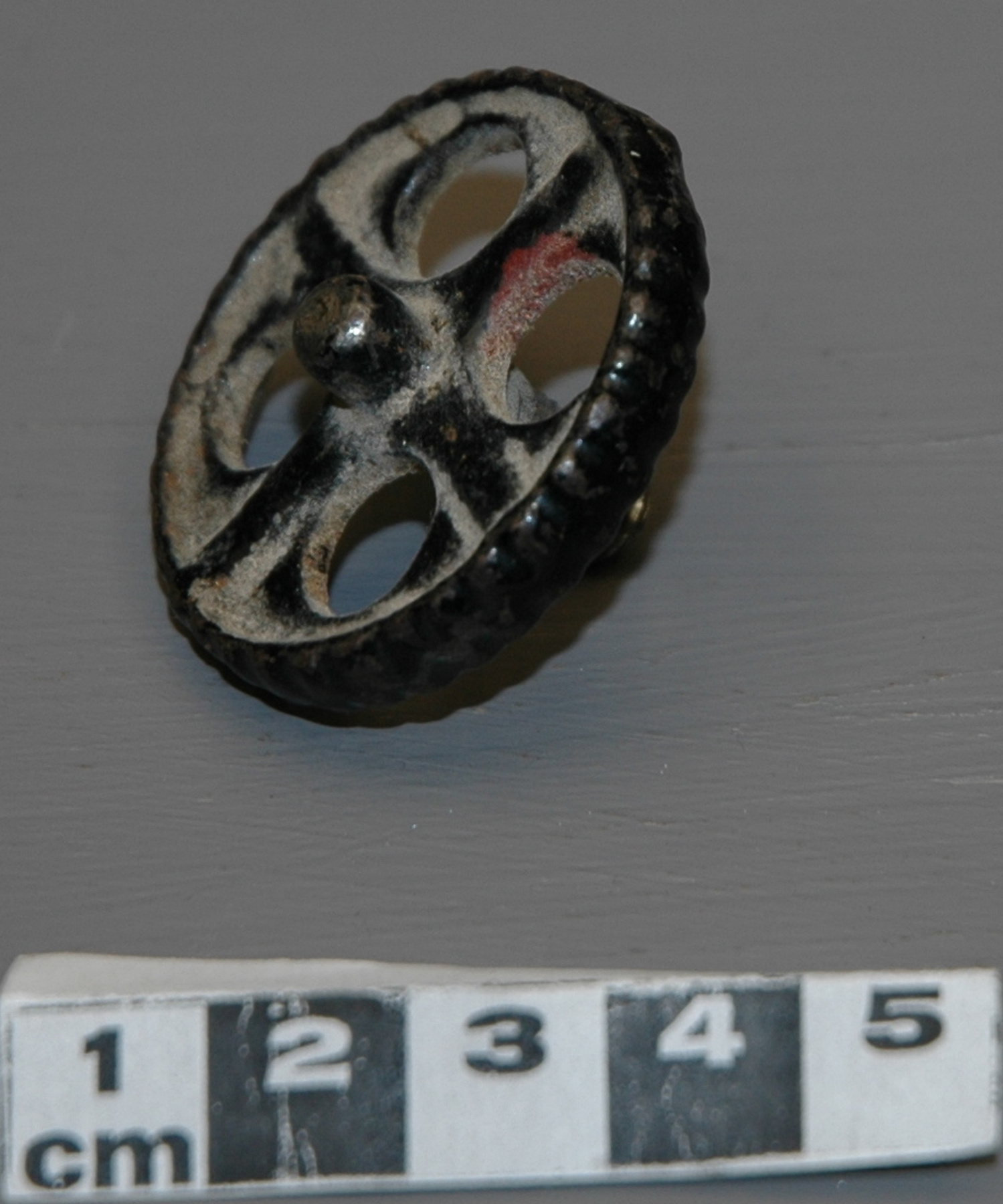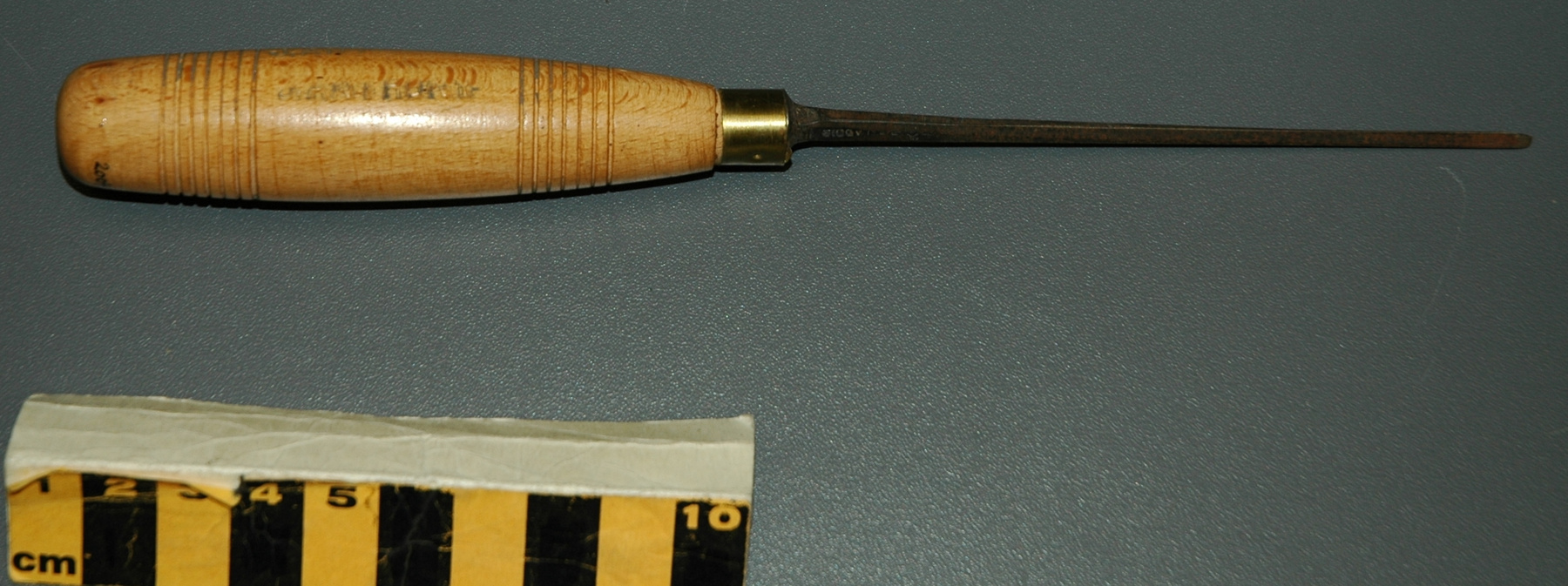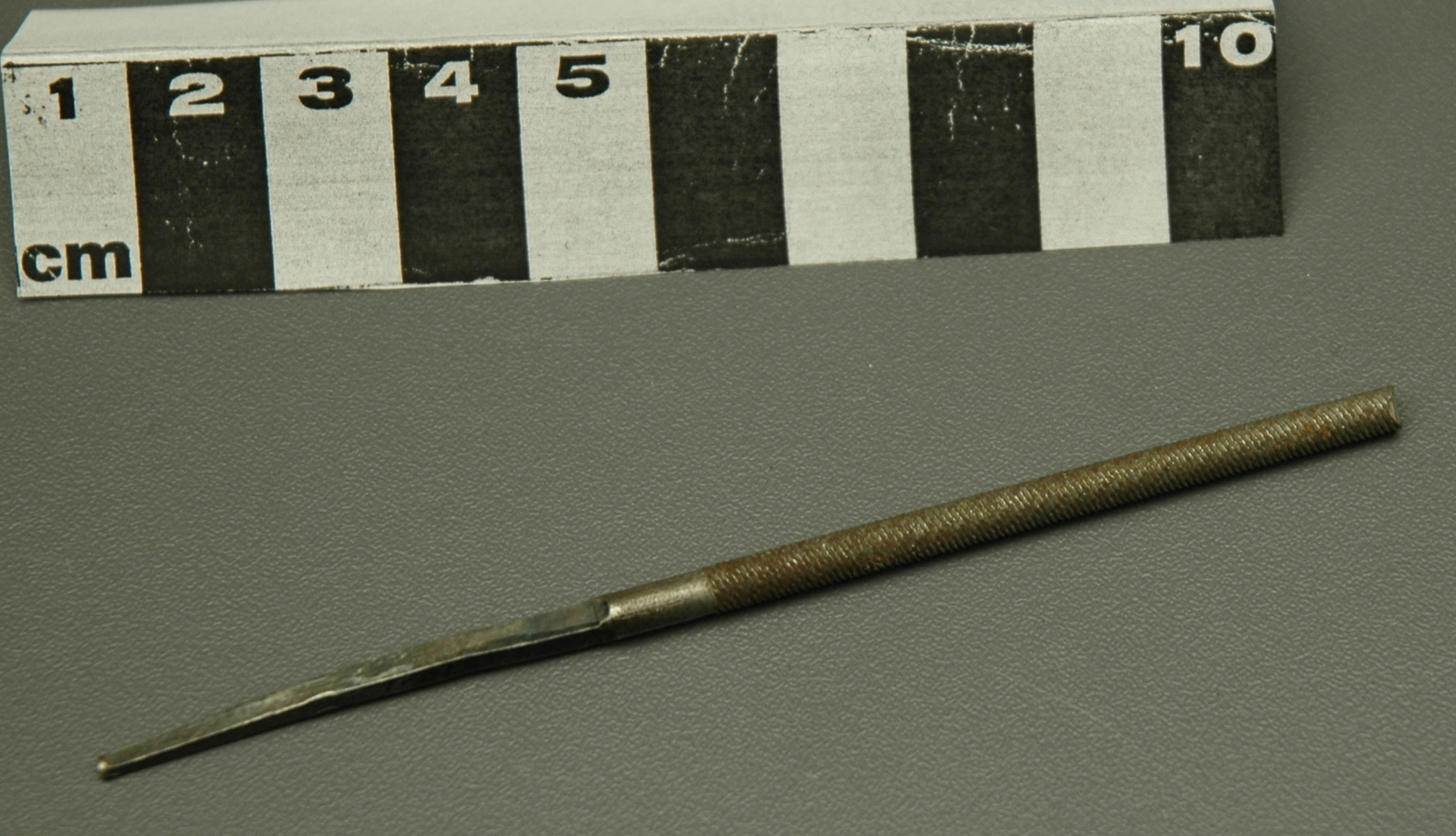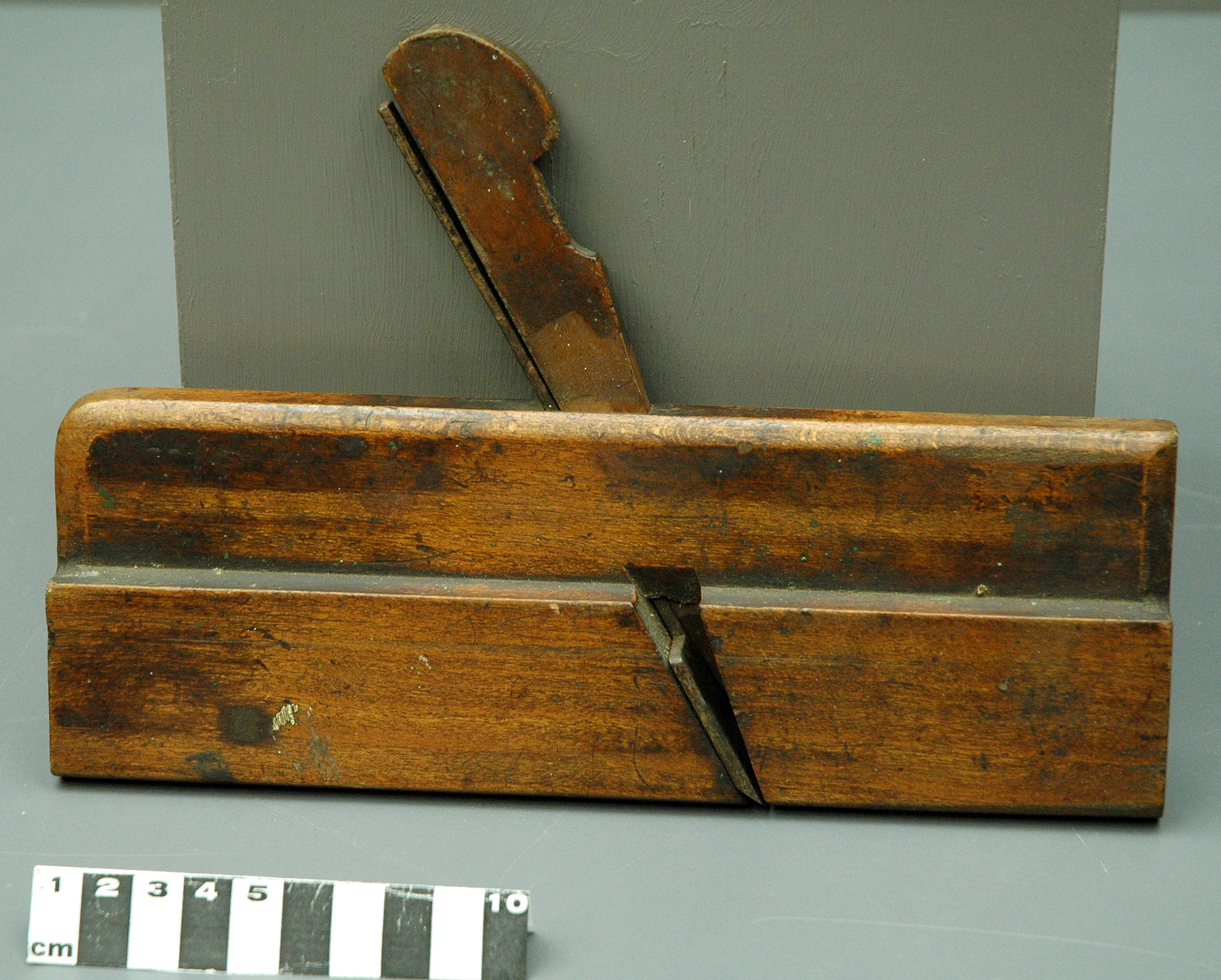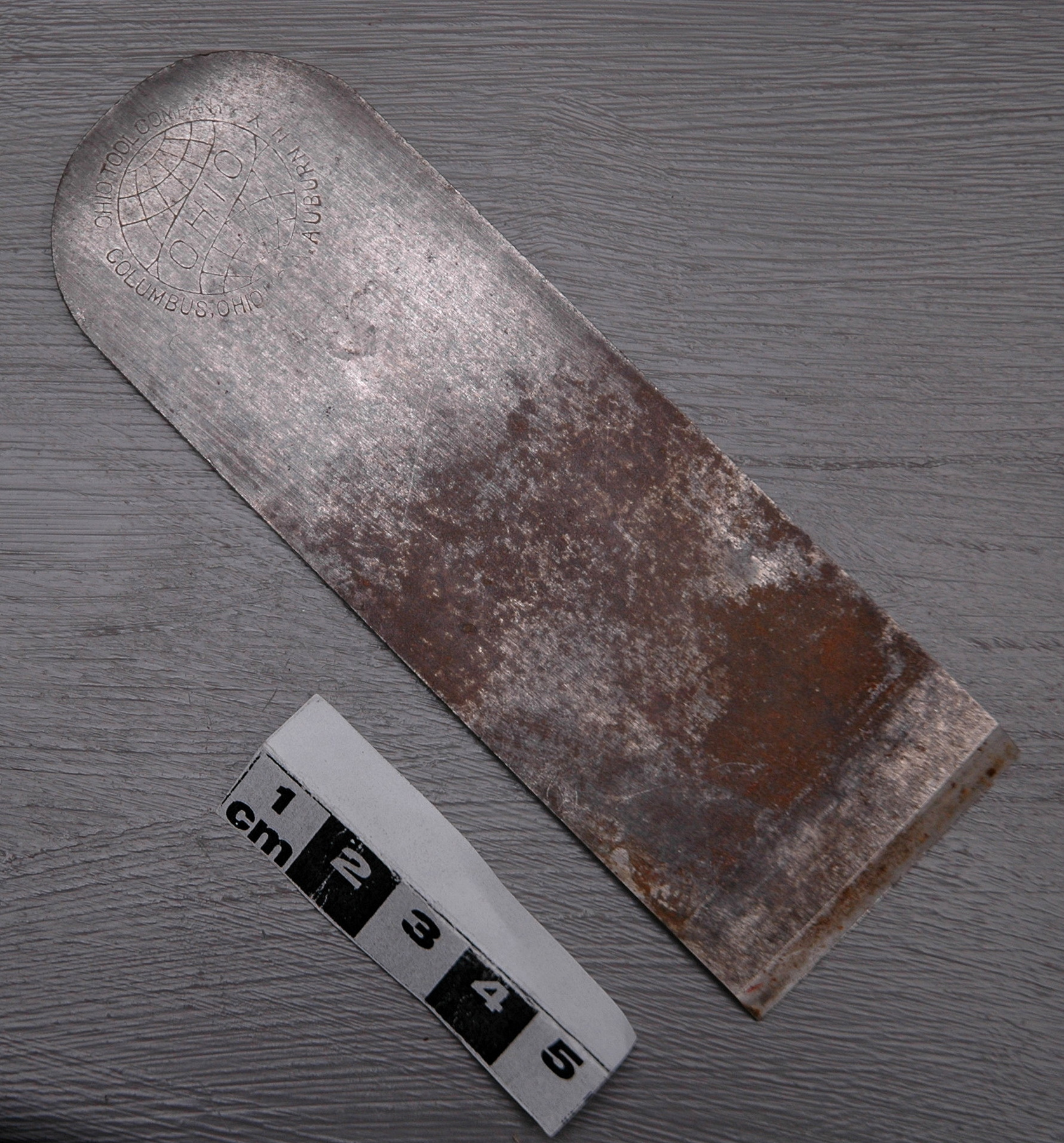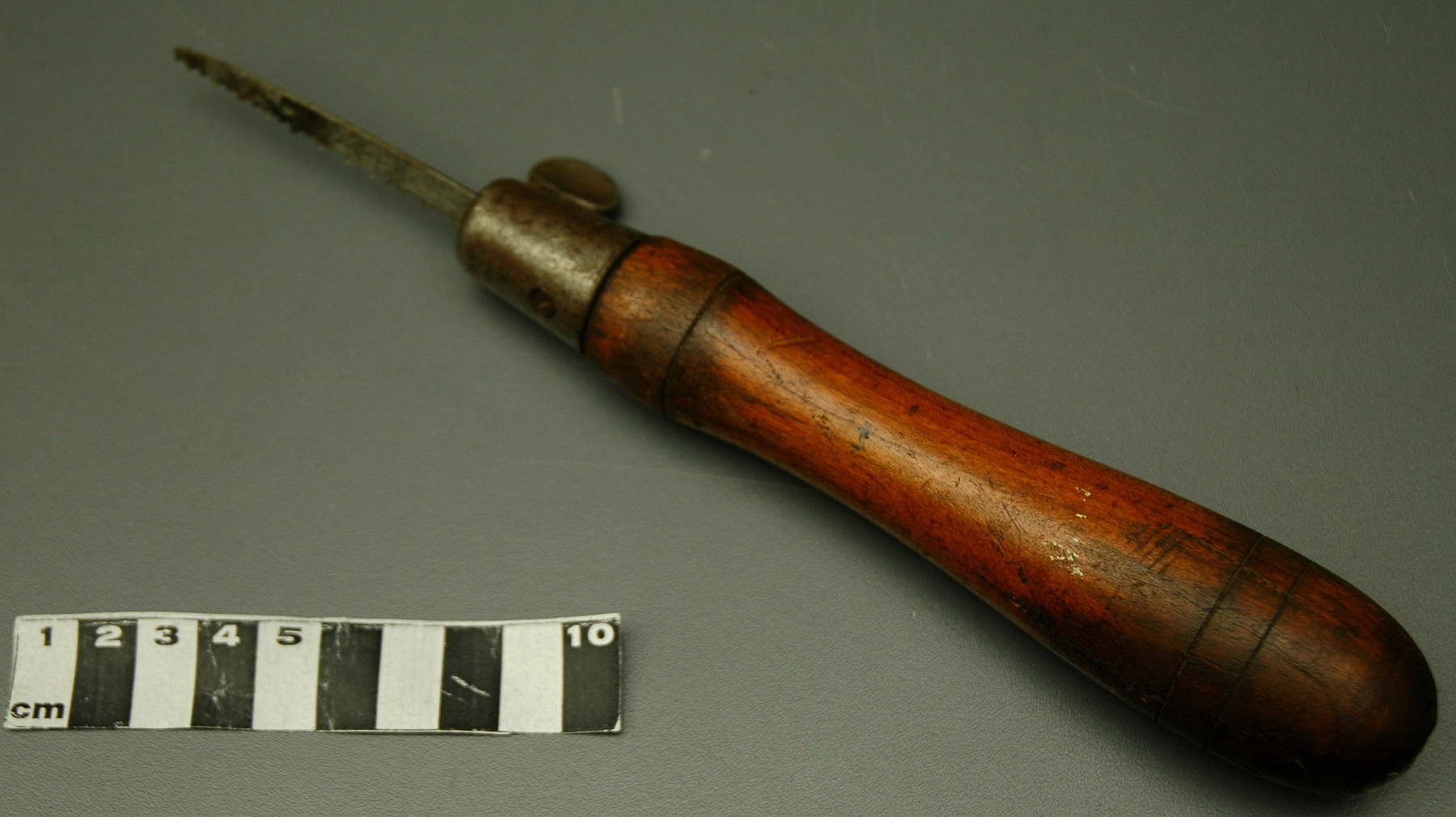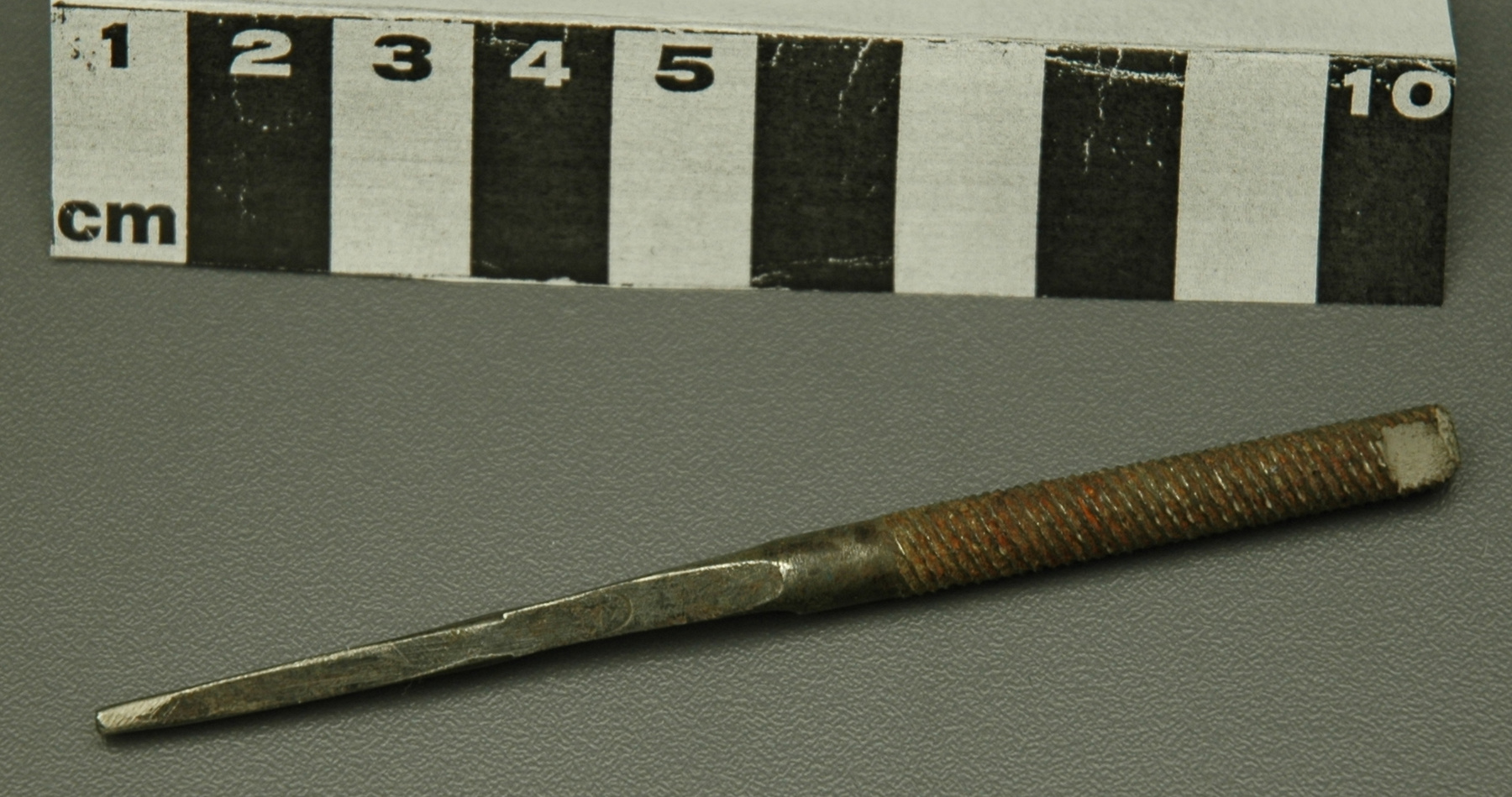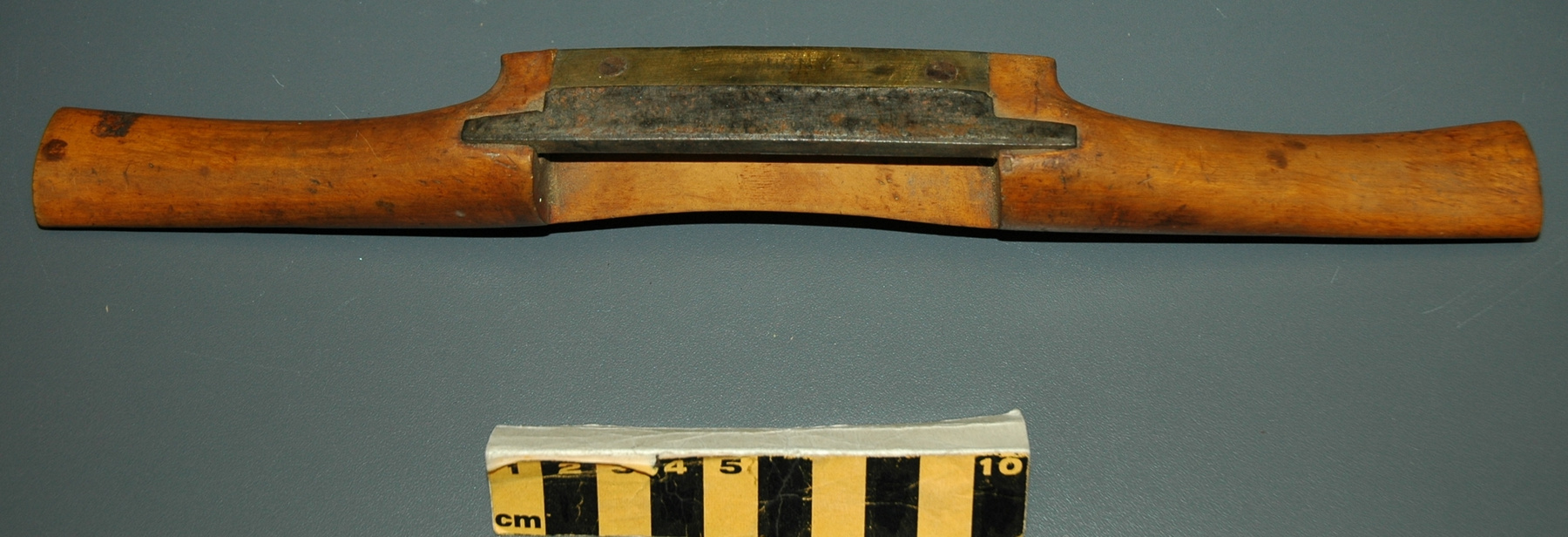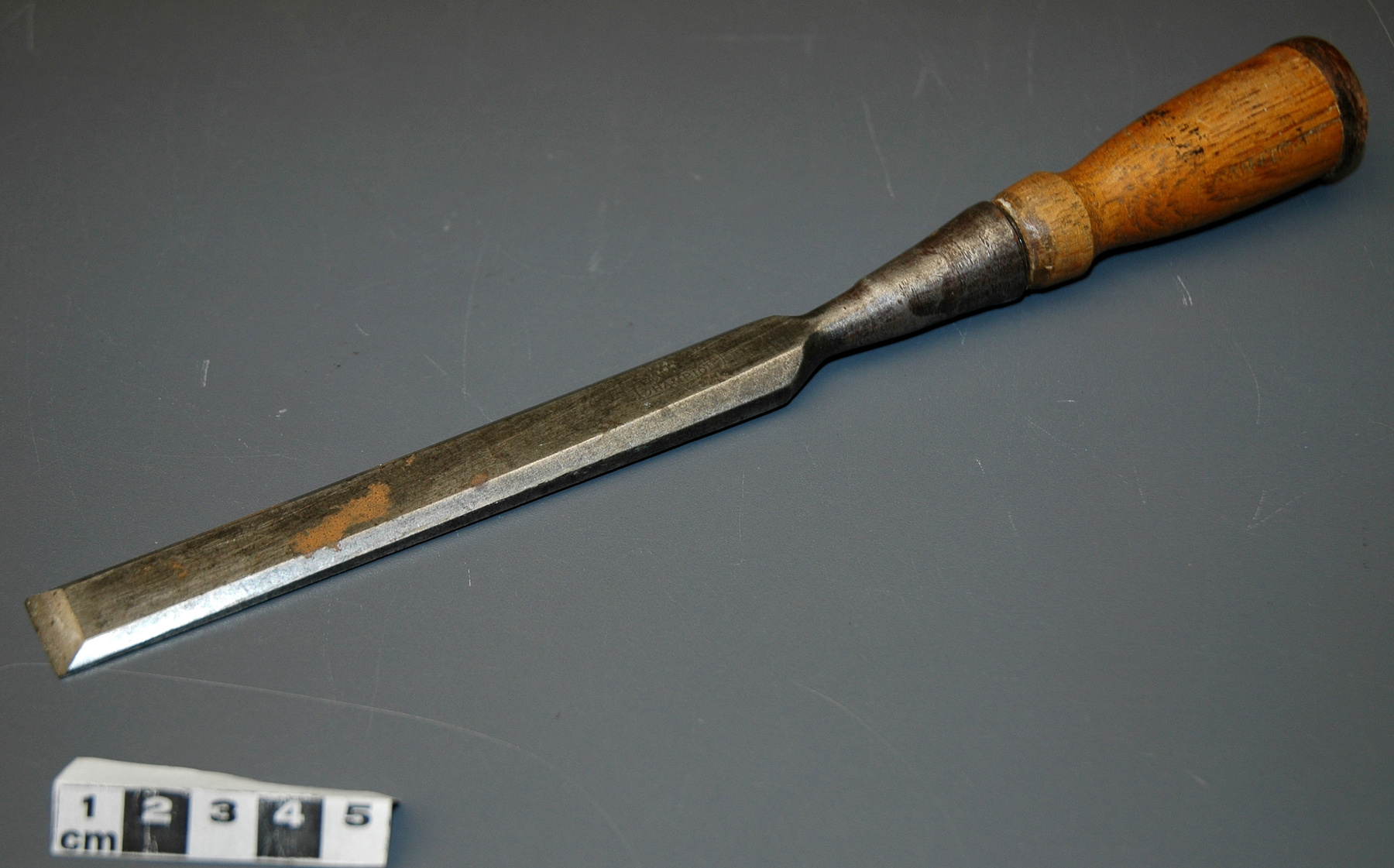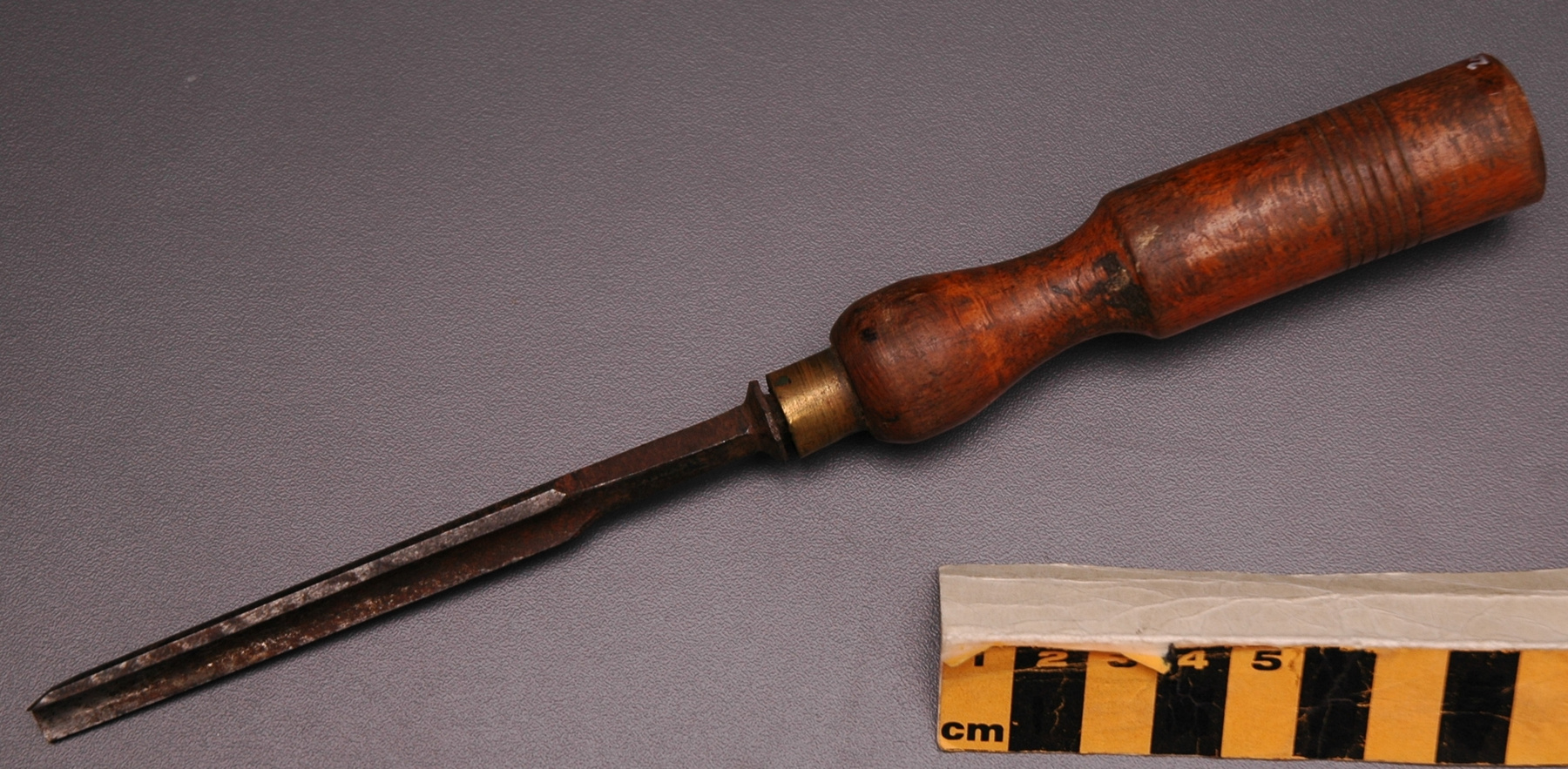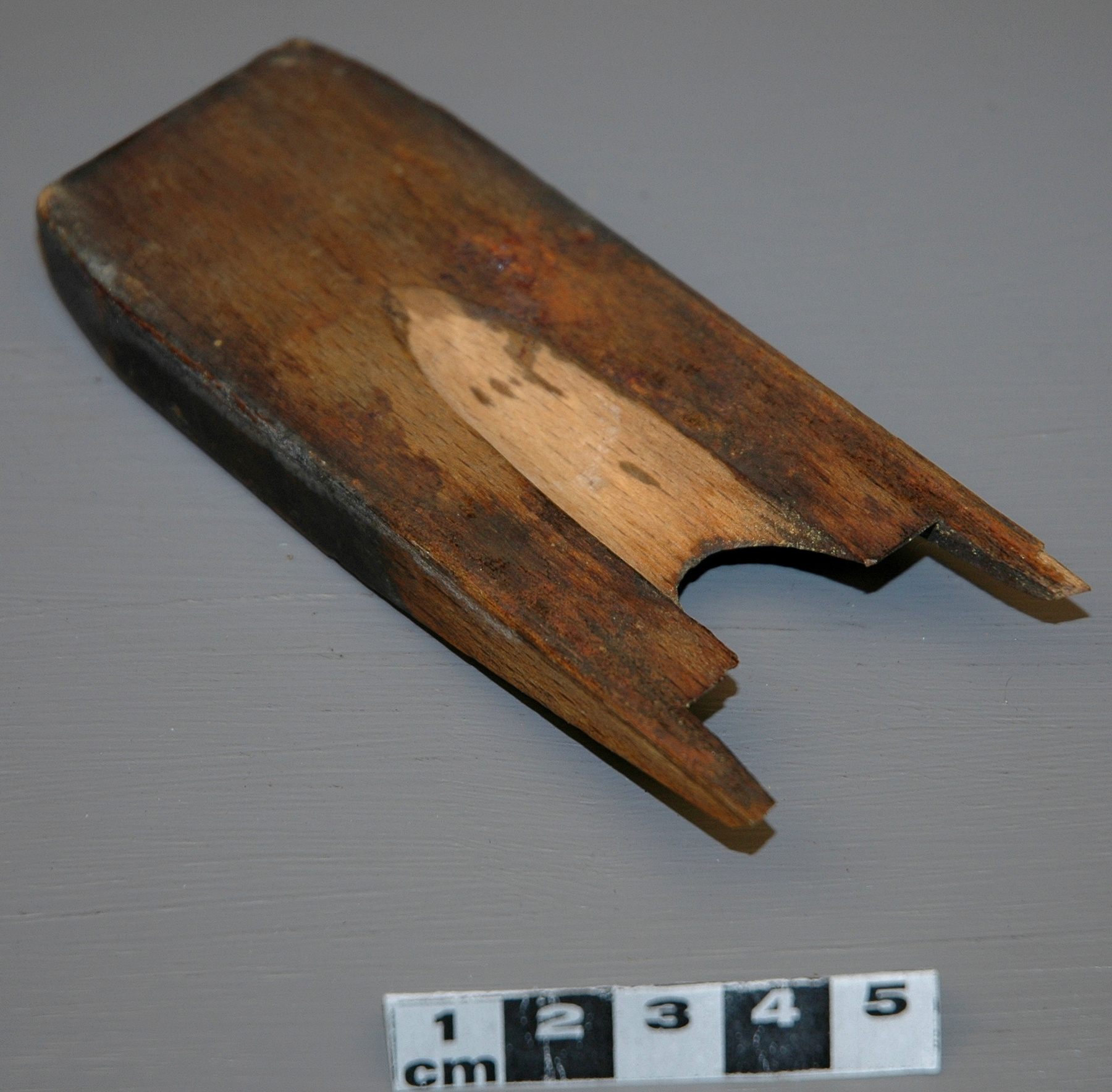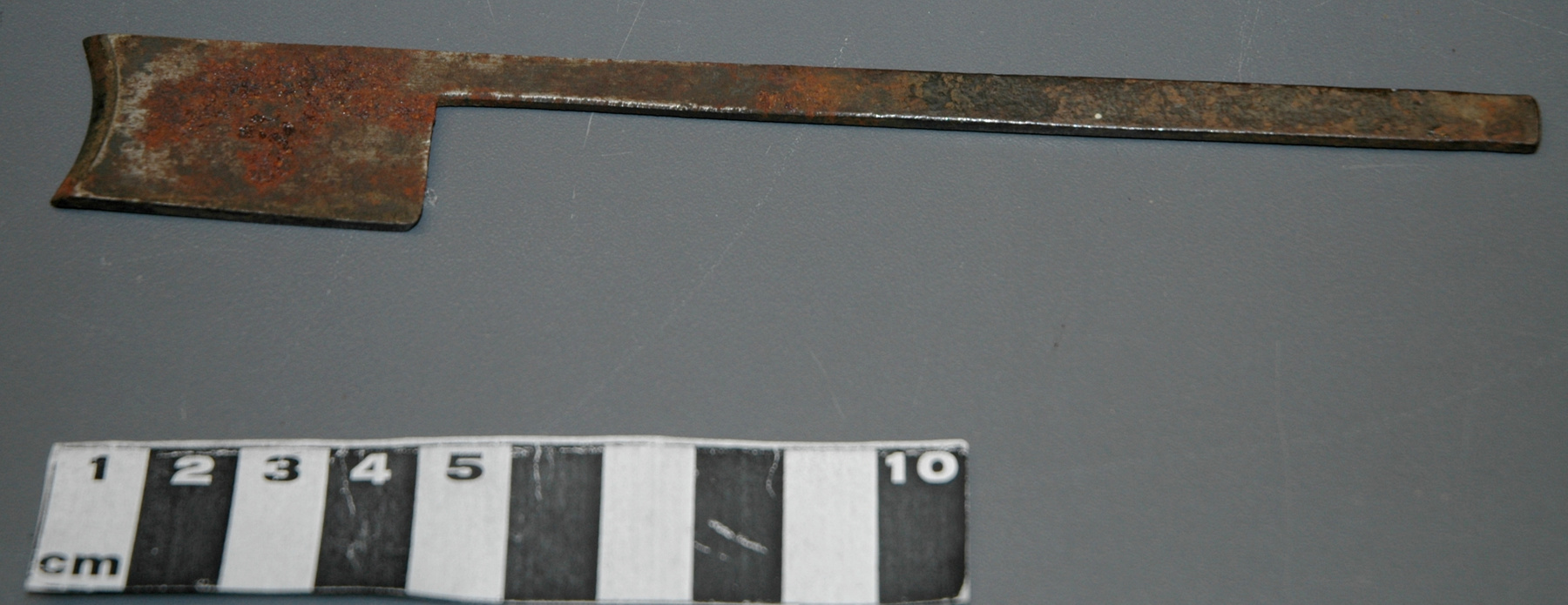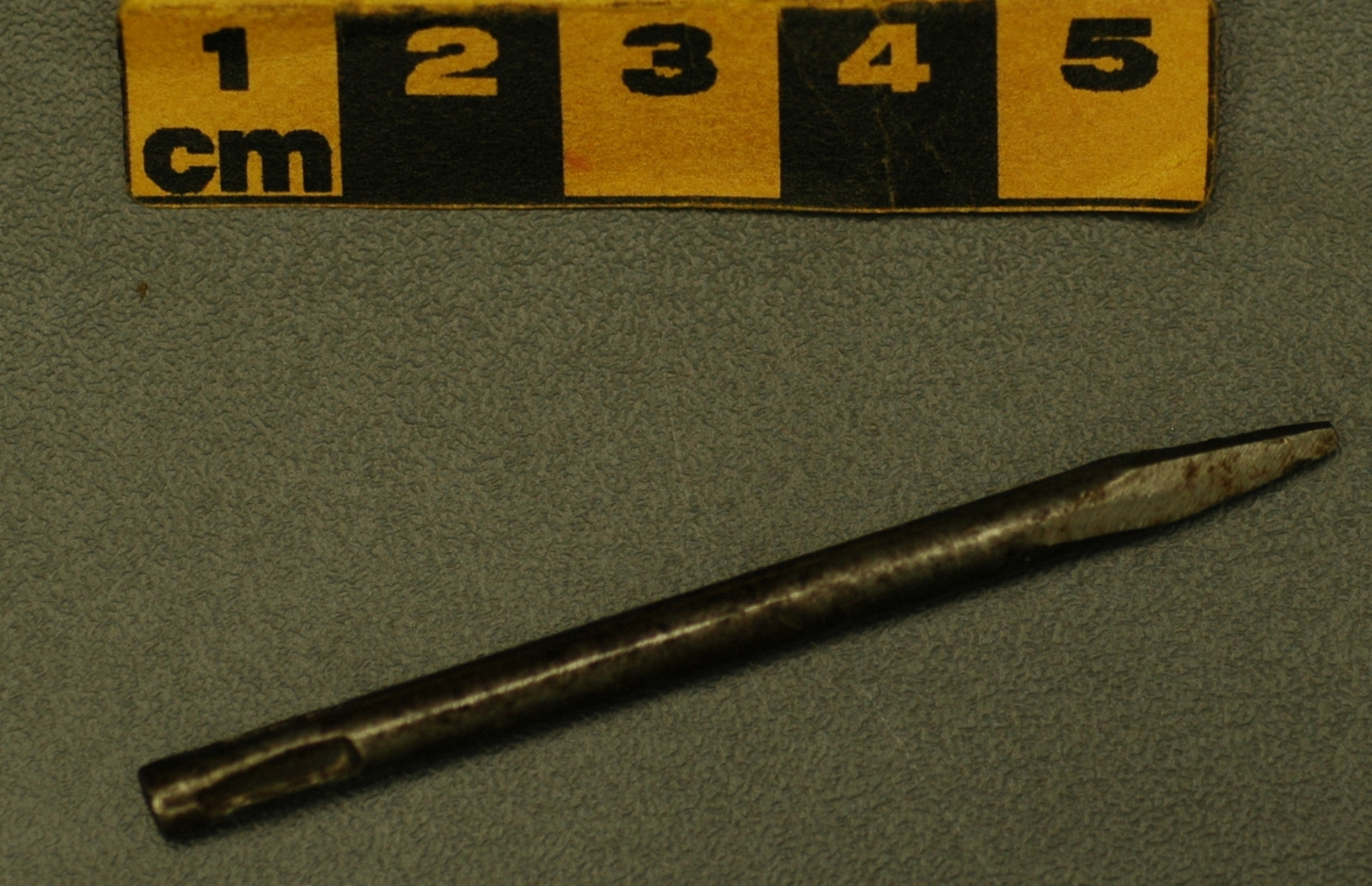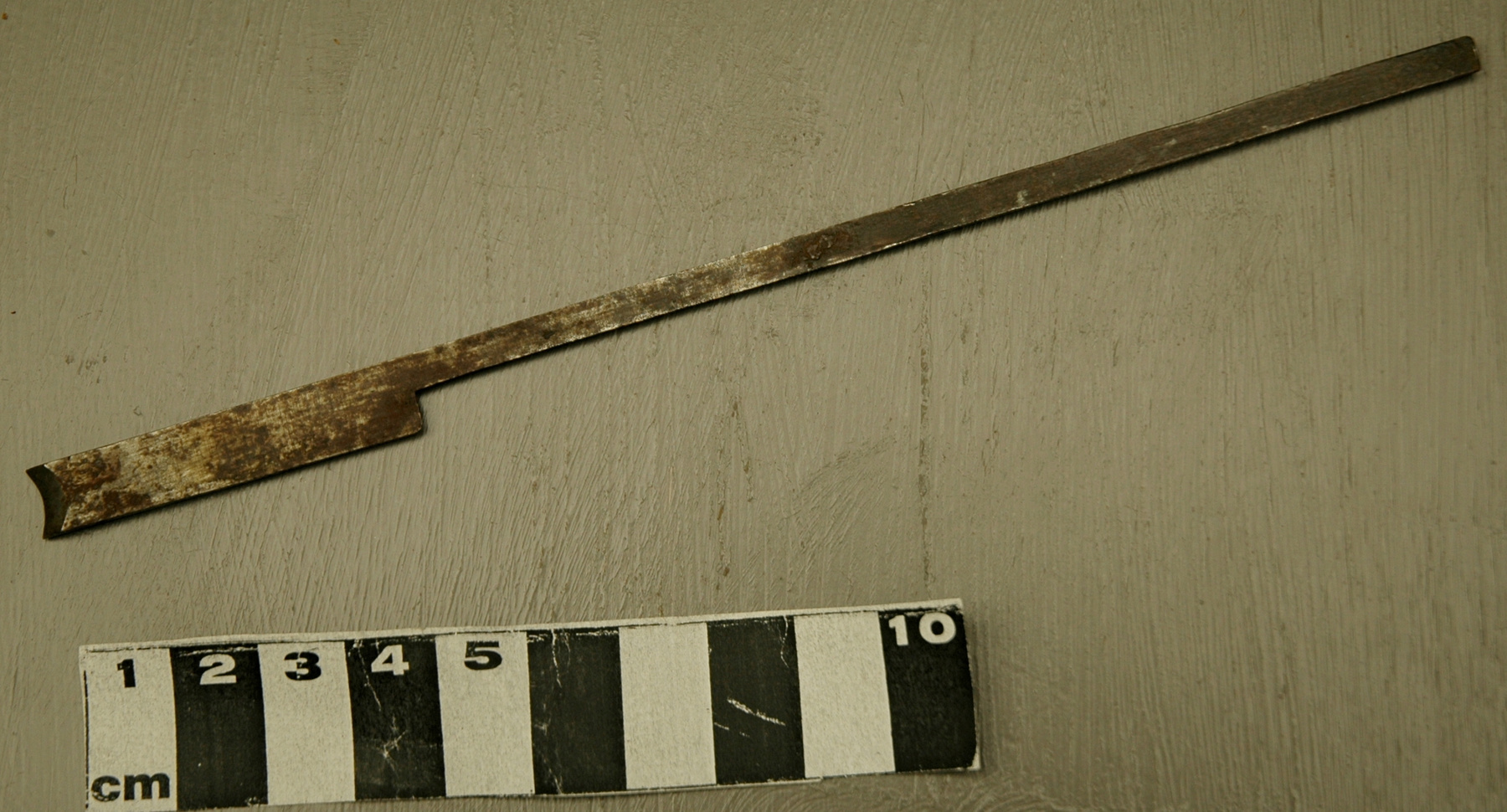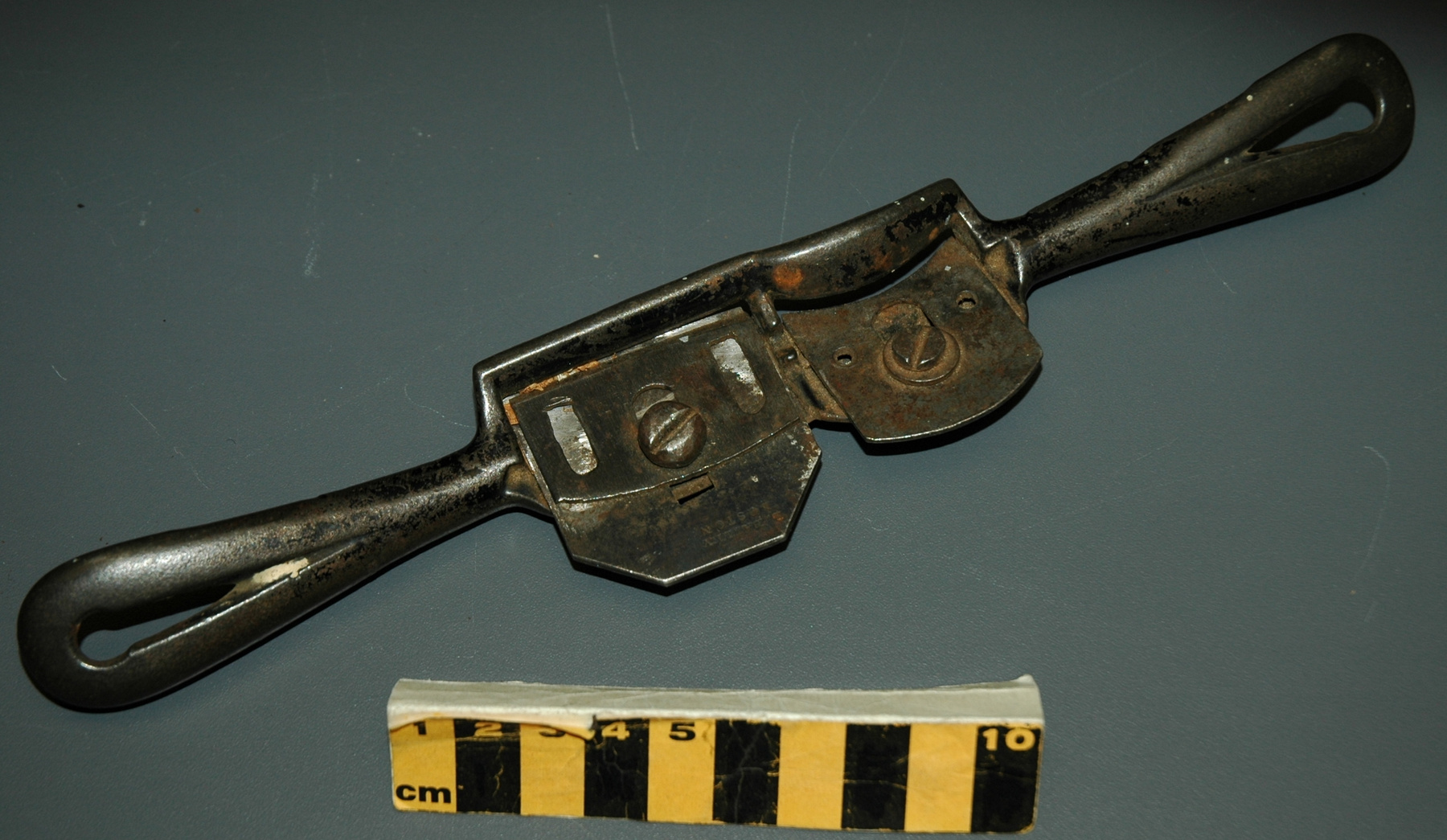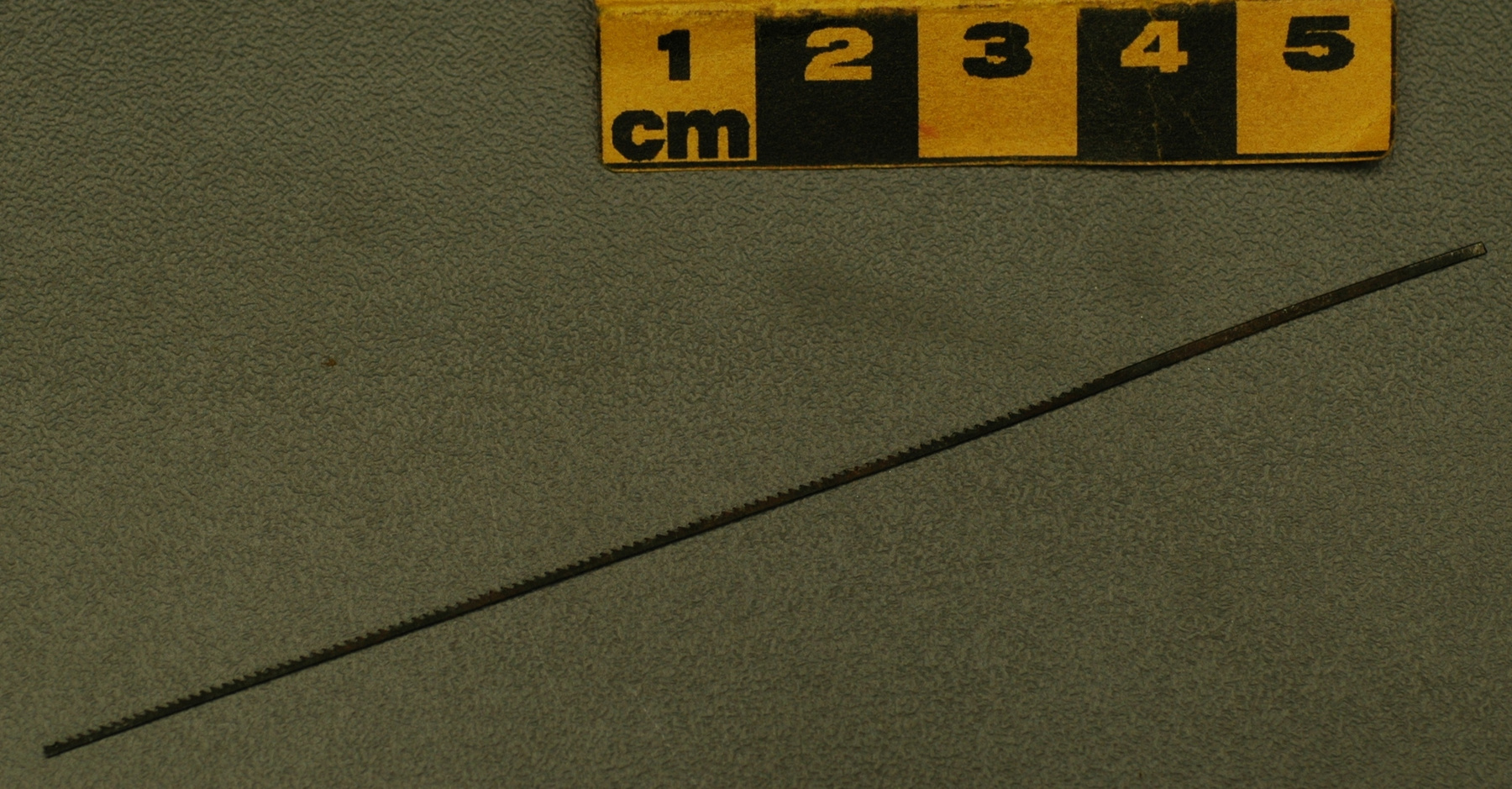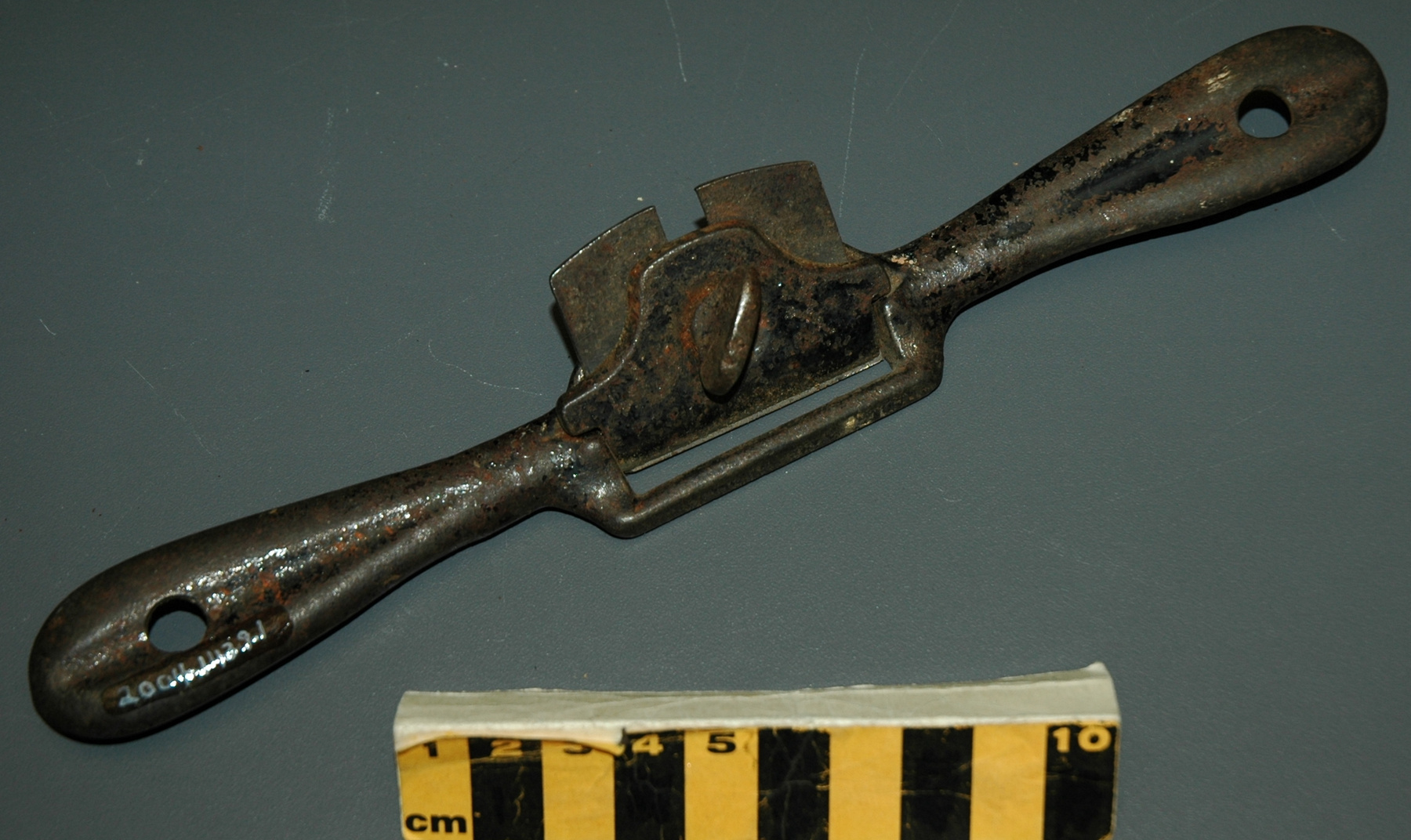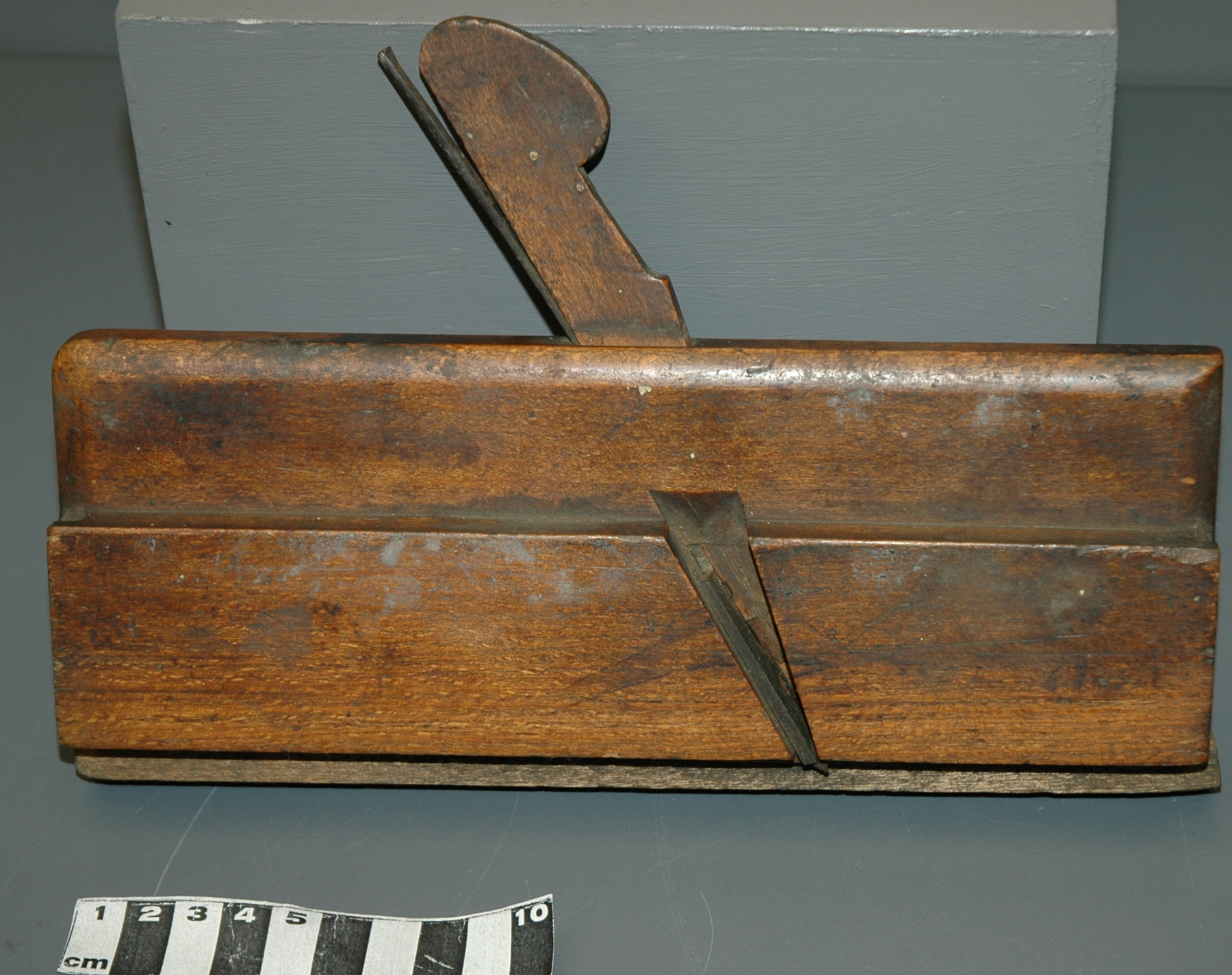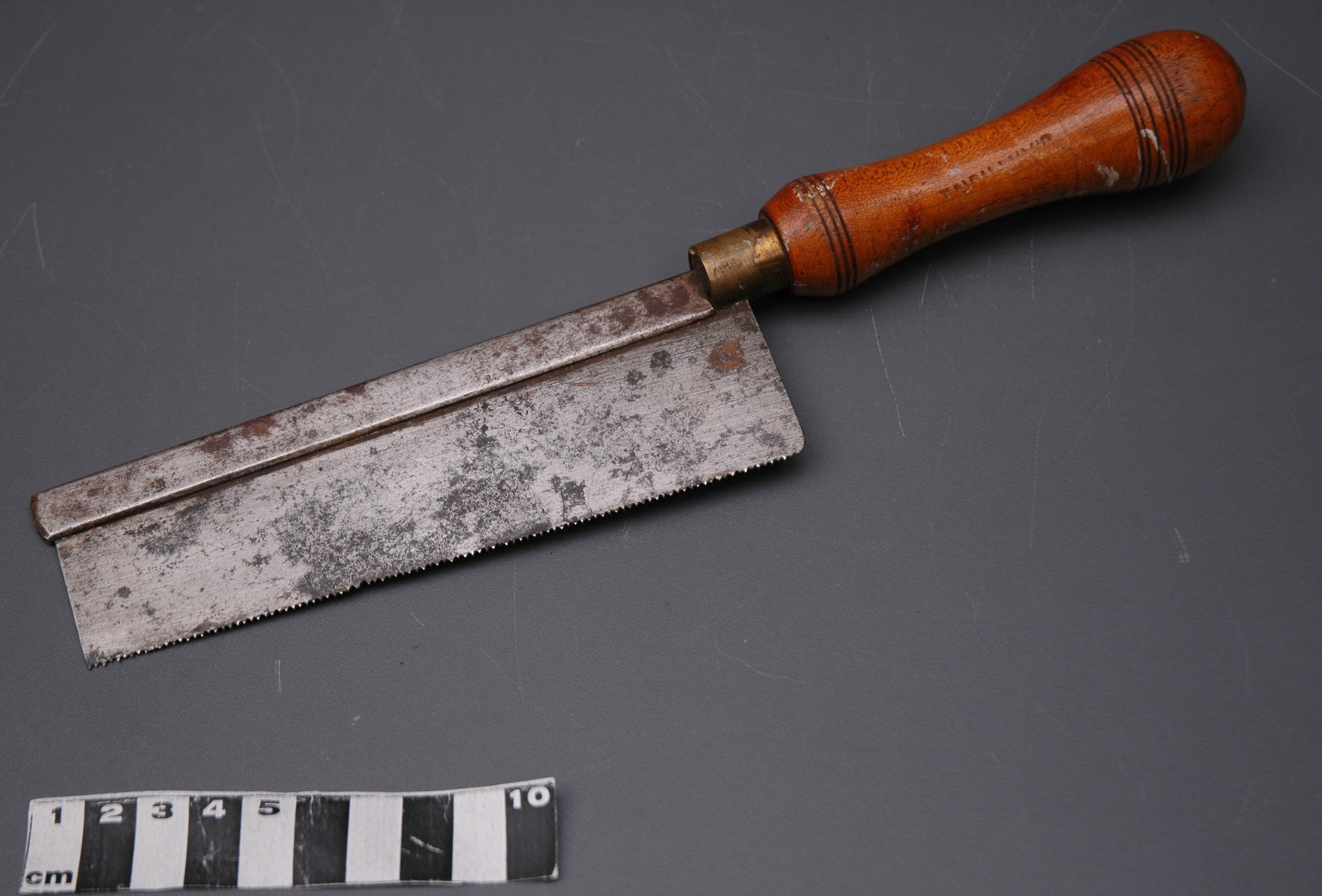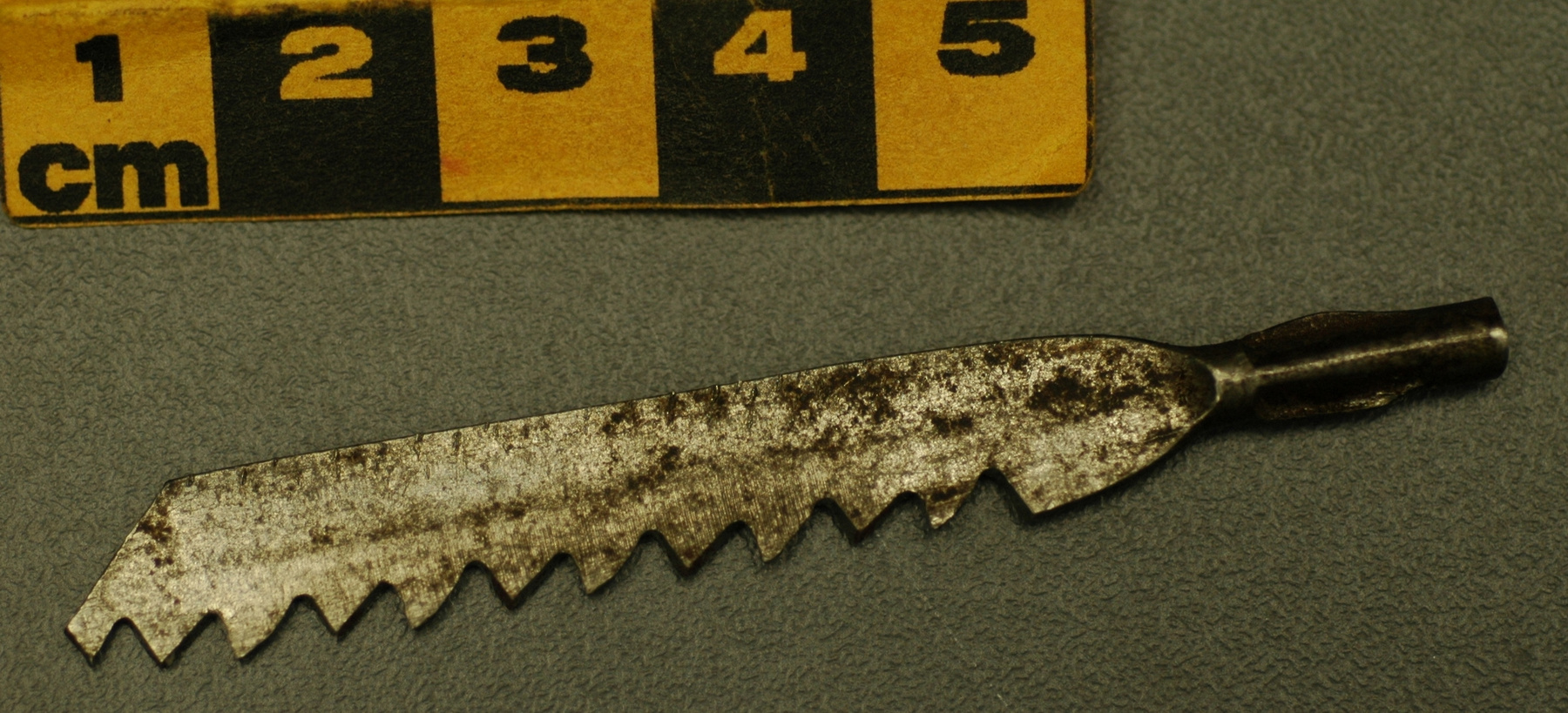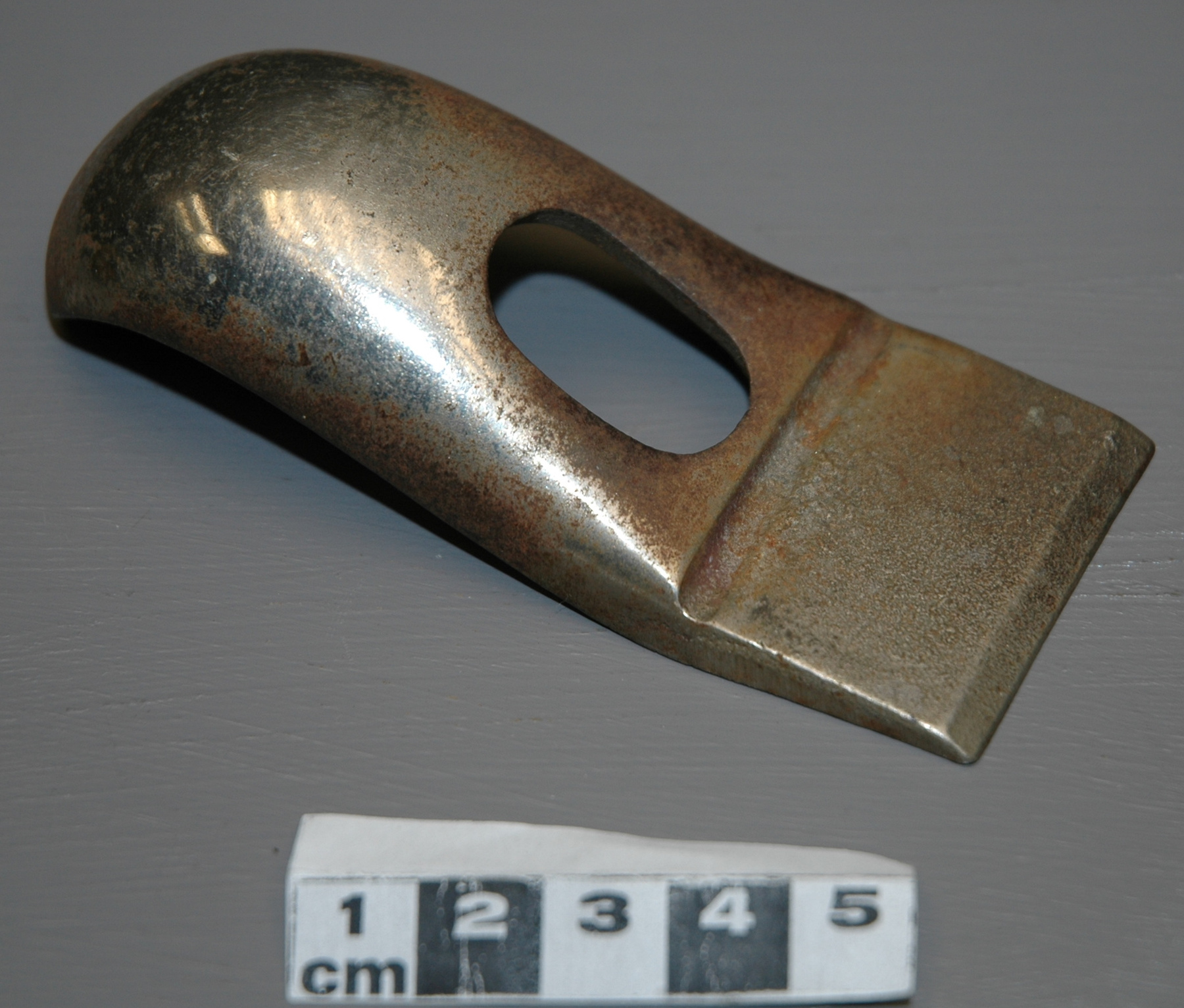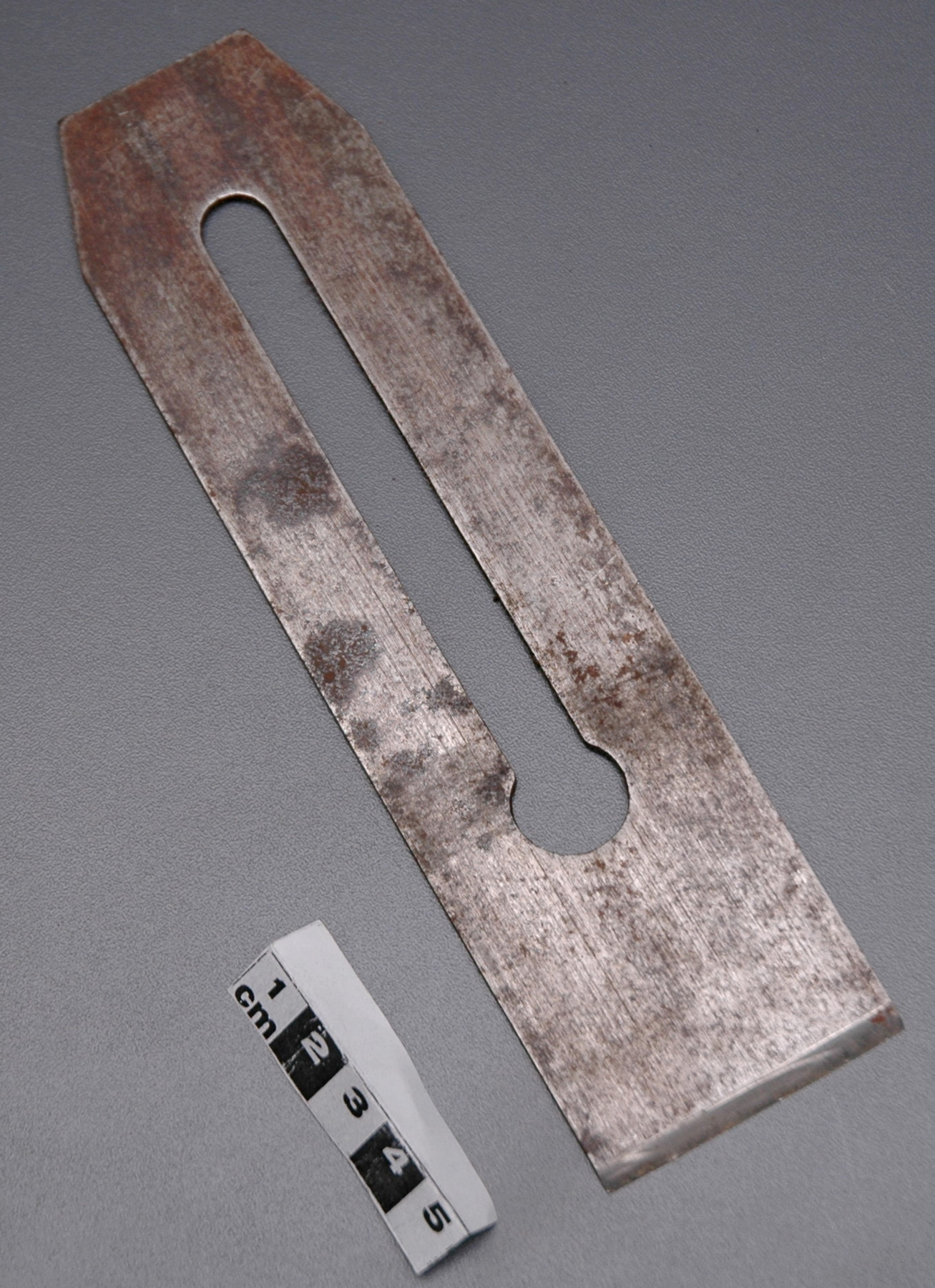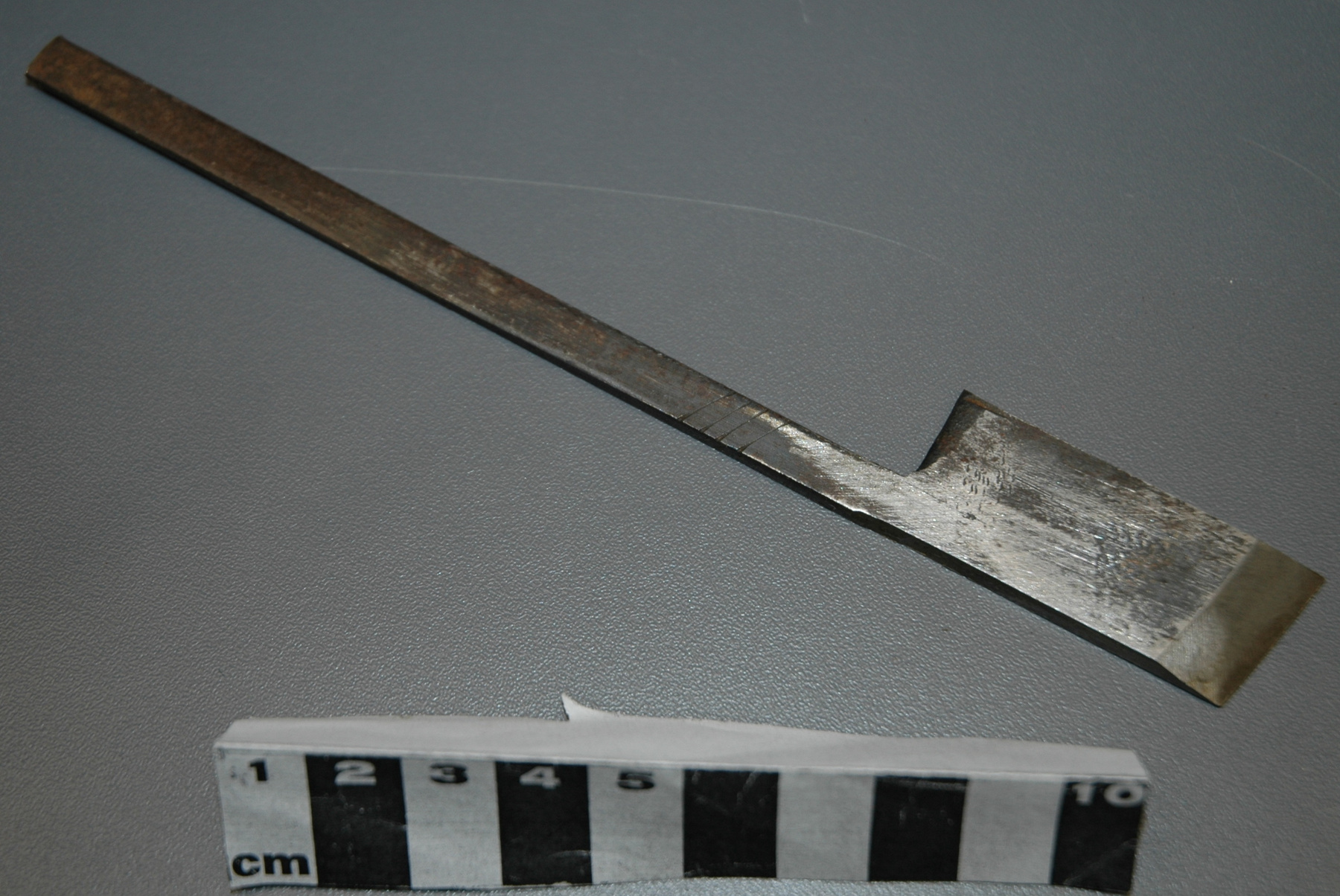Iron, plane
Use this image
Can I reuse this image without permission? Yes
Object images on the Ingenium Collection’s portal have the following Creative Commons license:
Copyright Ingenium / CC BY-NC-ND (Attribution-NonCommercial 4.0 International (CC BY-NC 4.0)
ATTRIBUTE THIS IMAGE
Ingenium,
2004.1645.003
Permalink:
Ingenium is releasing this image under the Creative Commons licensing framework, and encourages downloading and reuse for non-commercial purposes. Please acknowledge Ingenium and cite the artifact number.
DOWNLOAD IMAGEPURCHASE THIS IMAGE
This image is free for non-commercial use.
For commercial use, please consult our Reproduction Fees and contact us to purchase the image.
- OBJECT TYPE
- WOOD/FITTING/DADO
- DATE
- 1873–1906
- ARTIFACT NUMBER
- 2004.1645.003
- MANUFACTURER
- Roxton Pond Tool Co.
- MODEL
- Unknown
- LOCATION
- Roxton Pond, Québec, Canada
More Information
General Information
- Serial #
- N/A
- Part Number
- 3
- Total Parts
- 4
- AKA
- N/A
- Patents
- N/A
- General Description
- silver metal
Dimensions
Note: These reflect the general size for storage and are not necessarily representative of the object's true dimensions.
- Length
- 2.1 cm
- Width
- N/A
- Height
- 17.2 cm
- Thickness
- N/A
- Weight
- N/A
- Diameter
- N/A
- Volume
- N/A
Lexicon
- Group
- Industrial Technology
- Category
- Tools-Hand
- Sub-Category
- N/A
Manufacturer
- AKA
- Roxton
- Country
- Canada
- State/Province
- Québec
- City
- Roxton Pond
Context
- Country
- Canada
- State/Province
- Ontario
- Period
- Presumably used c. late 1890s- late 1940s; possibly also used earlier.
- Canada
-
Part of a collection of hand tools belonging to James Anthony (1883-1966), an English born and trained carpenter who came to Canada c. 1910 and worked in and around Ottawa, ON. Following the 1916 fire which destroyed the Parliament buildings and damaged the Library, Mr. Anthony was hired as a foreman with the restoration crews. Until 1920, he was involved in the rebuilding of the Peace Tower and the installation of new windows at the Library of Parliament. He later worked with various builders in the Ottawa area, retiring in the late1940s. After his death in 1966 the tools were given to his son Jack, who in turn donated them to CSTMC. [Ref. 1] For over a century (early 1800s-c. late 1920s), Roxton Pond craftsmen were producing large quantities of quality hand tools. Philippe Nicol and his brother-in-law Sem Dalpe, both plane makers in their own right, operated the Roxton Pond Tool Co. 1873-1876; ownership passed to Nicol and Nectaire Gravel in 1876. After 1901, the company's name was changed to Roxton Tool and Mill Co.: William S Bullock, the community's Baptist minister was the firm's head. The Stanley Rule and Level Co. acquired the business in 1908. [Ref. 4 & 6] - Function
-
To shape or cut a groove in wood, especially across the grain. - Technical
-
Also known as raglet, grooving, housing or trenching plane, the dado plane incorporates 3 key elements: a skewed iron, a depth stop and a double nicker forward of the blade to score the wood (across the dado's width) before the blade makes its cut. The skewed iron facilitates cutting across the grain, as the compression of one fibre against another is minimized. Originally used for cutting the grooves in flooring to take the tongue at the bottom edge of the skirting of the dado or half-panelling around the lower part of the wall in a room. Also used to cut across the grain in bookcase ends for shelving. [Ref.3] - Area Notes
-
Unknown
Details
- Markings
- None evident.
- Missing
- None.
- Finish
- Silver metal, darkened along shaft.
- Decoration
- 4 slanted lines incised on shaft, above blade.
CITE THIS OBJECT
If you choose to share our information about this collection object, please cite:
Roxton Pond Tool Co., Iron, plane, circa 1873–1906, Artifact no. 2004.1645, Ingenium – Canada’s Museums of Science and Innovation, http://collections.ingeniumcanada.org/en/id/2004.1645.003/
FEEDBACK
Submit a question or comment about this artifact.
More Like This
